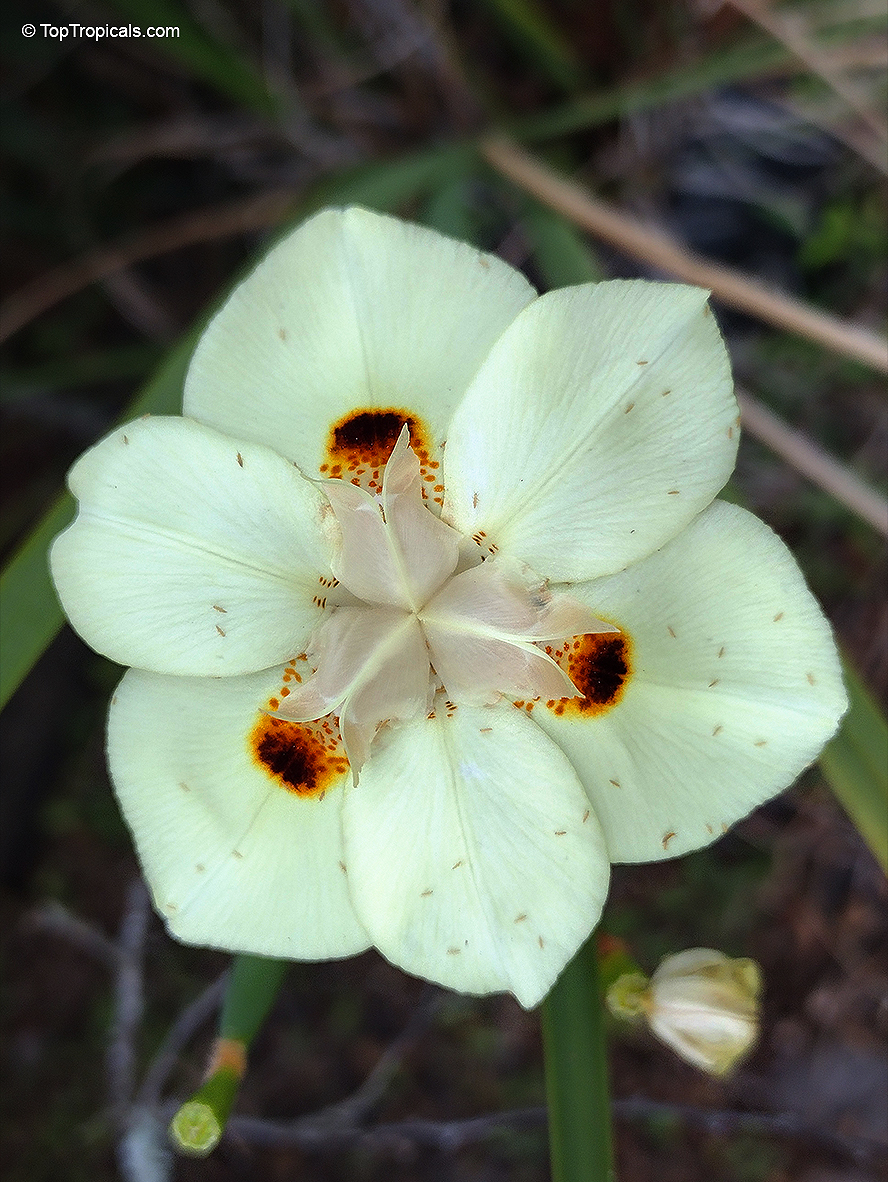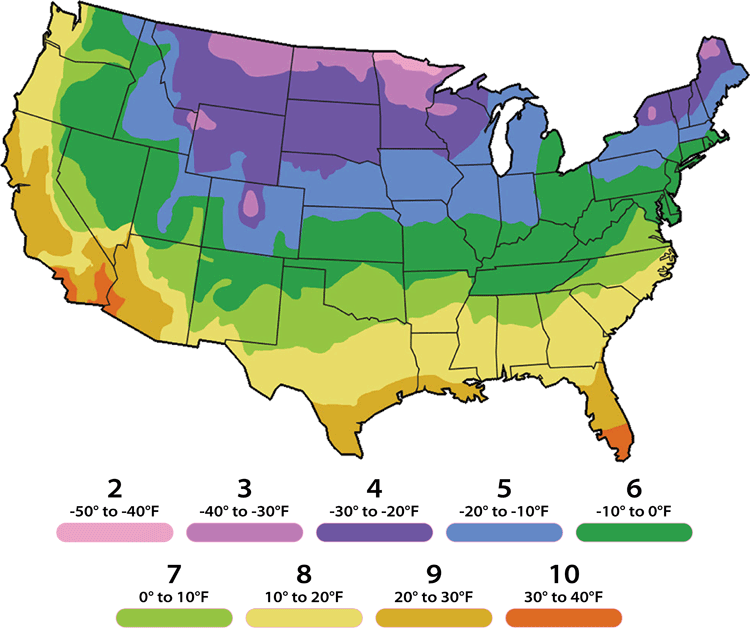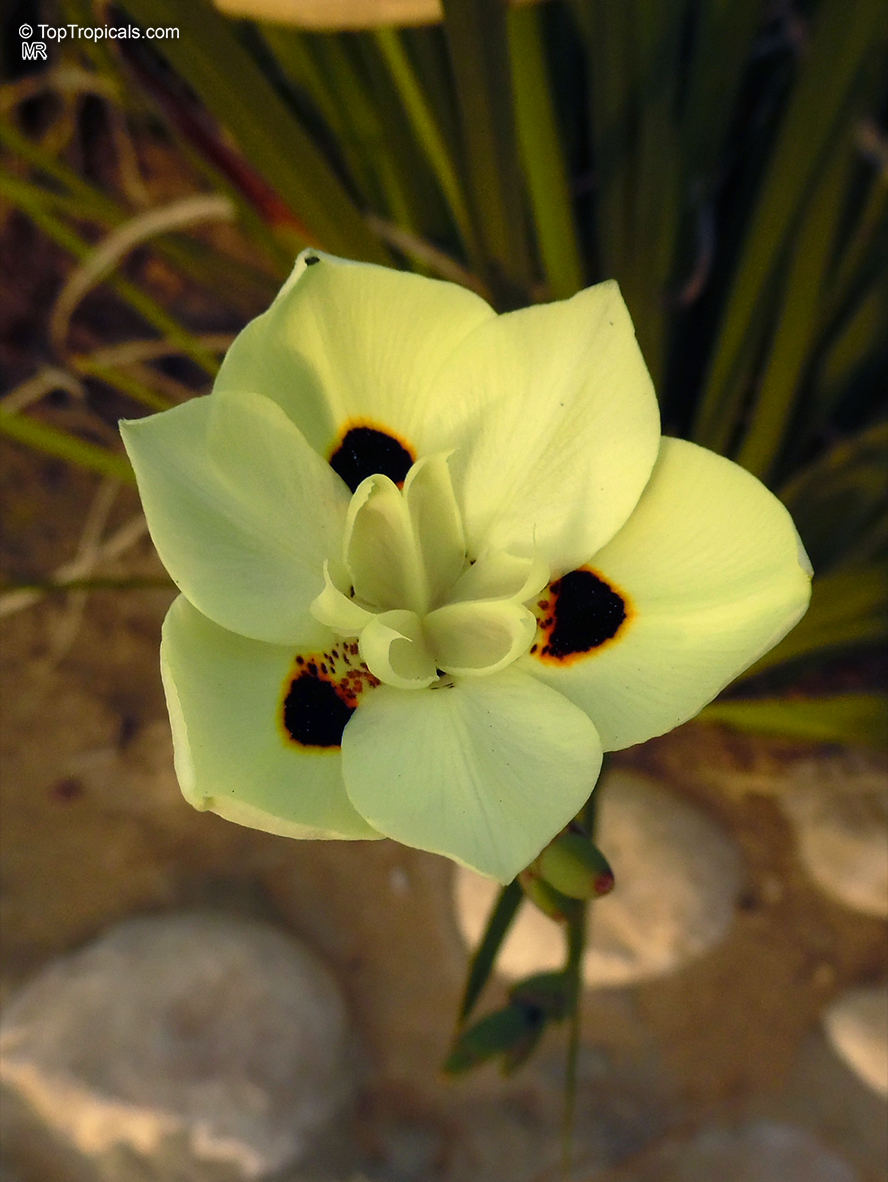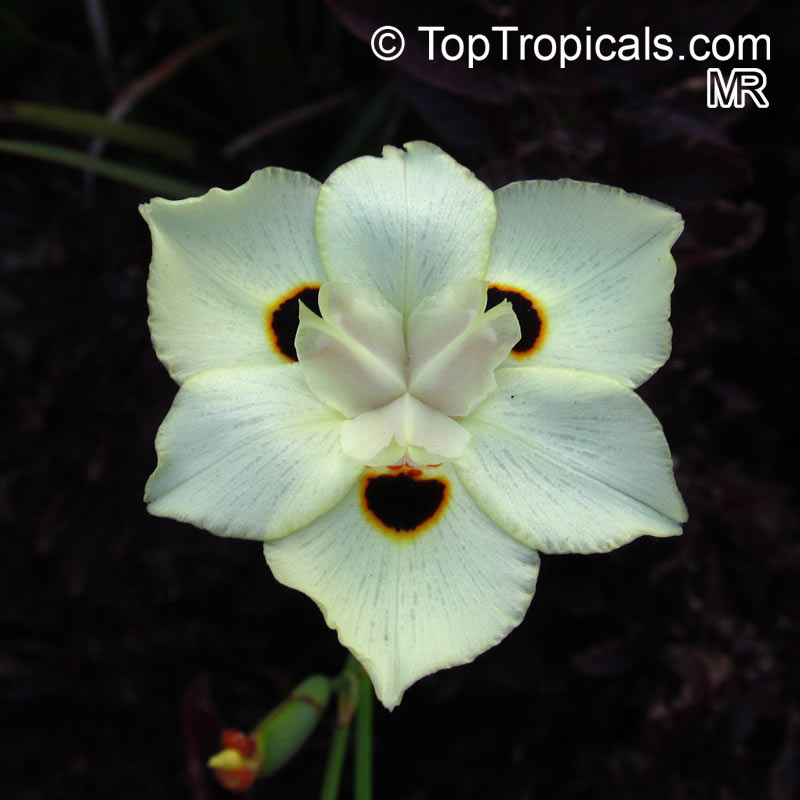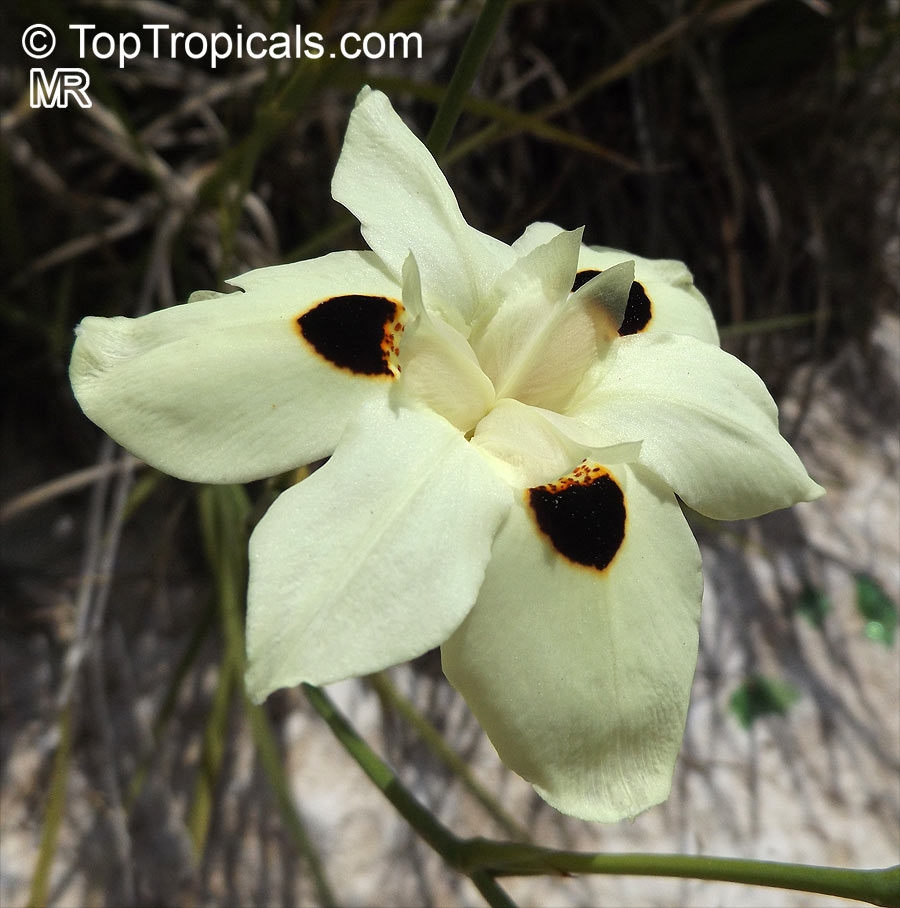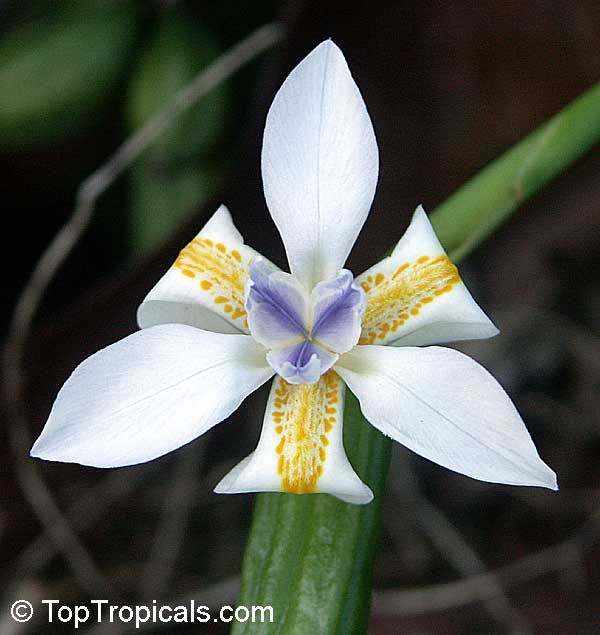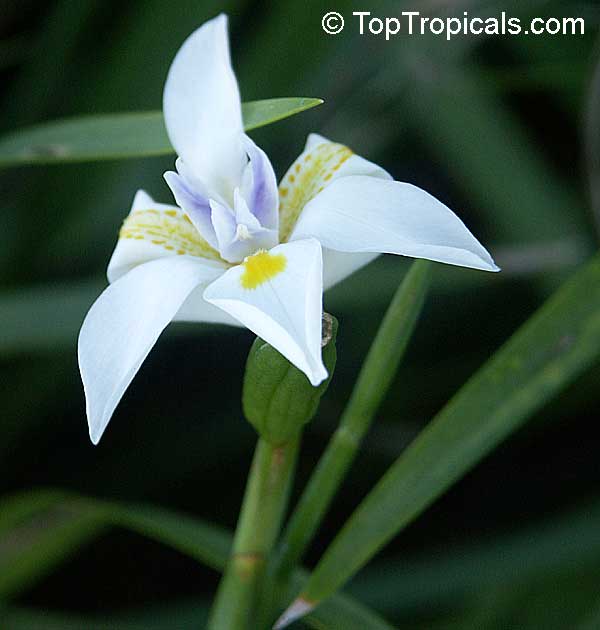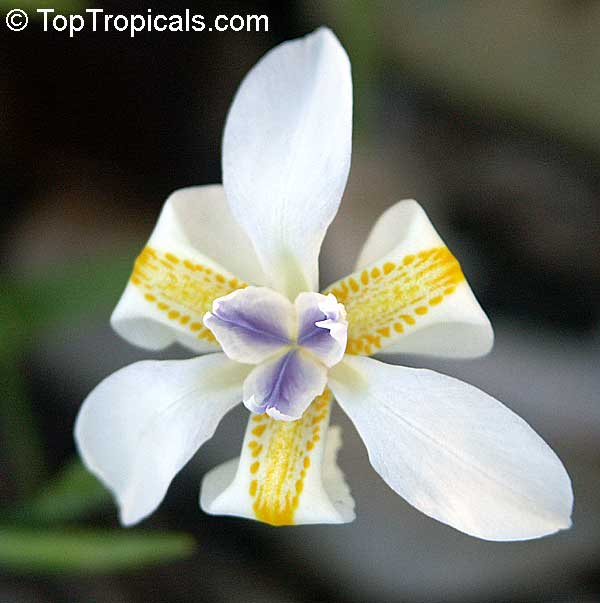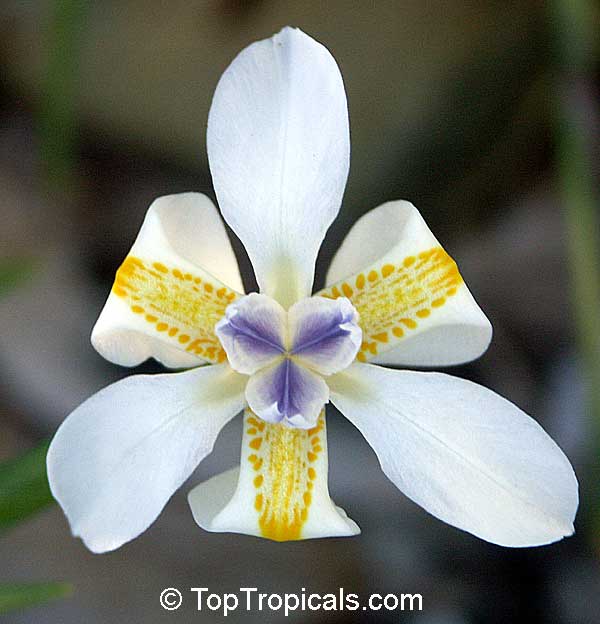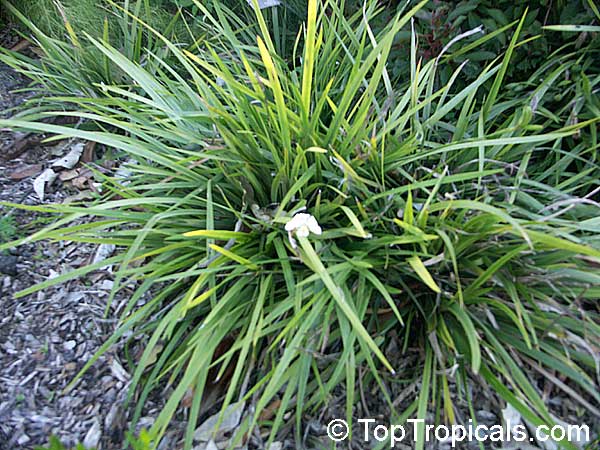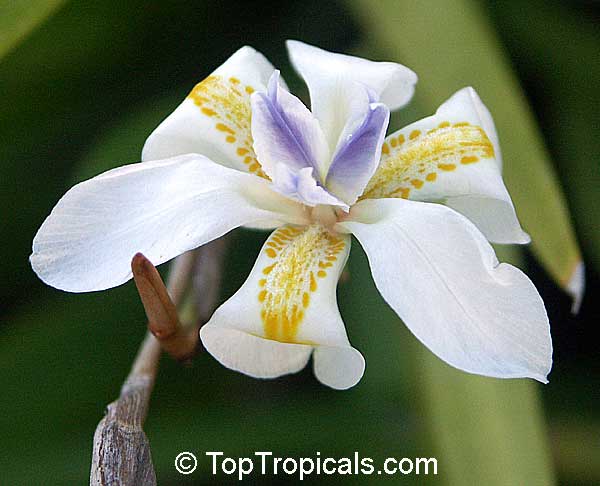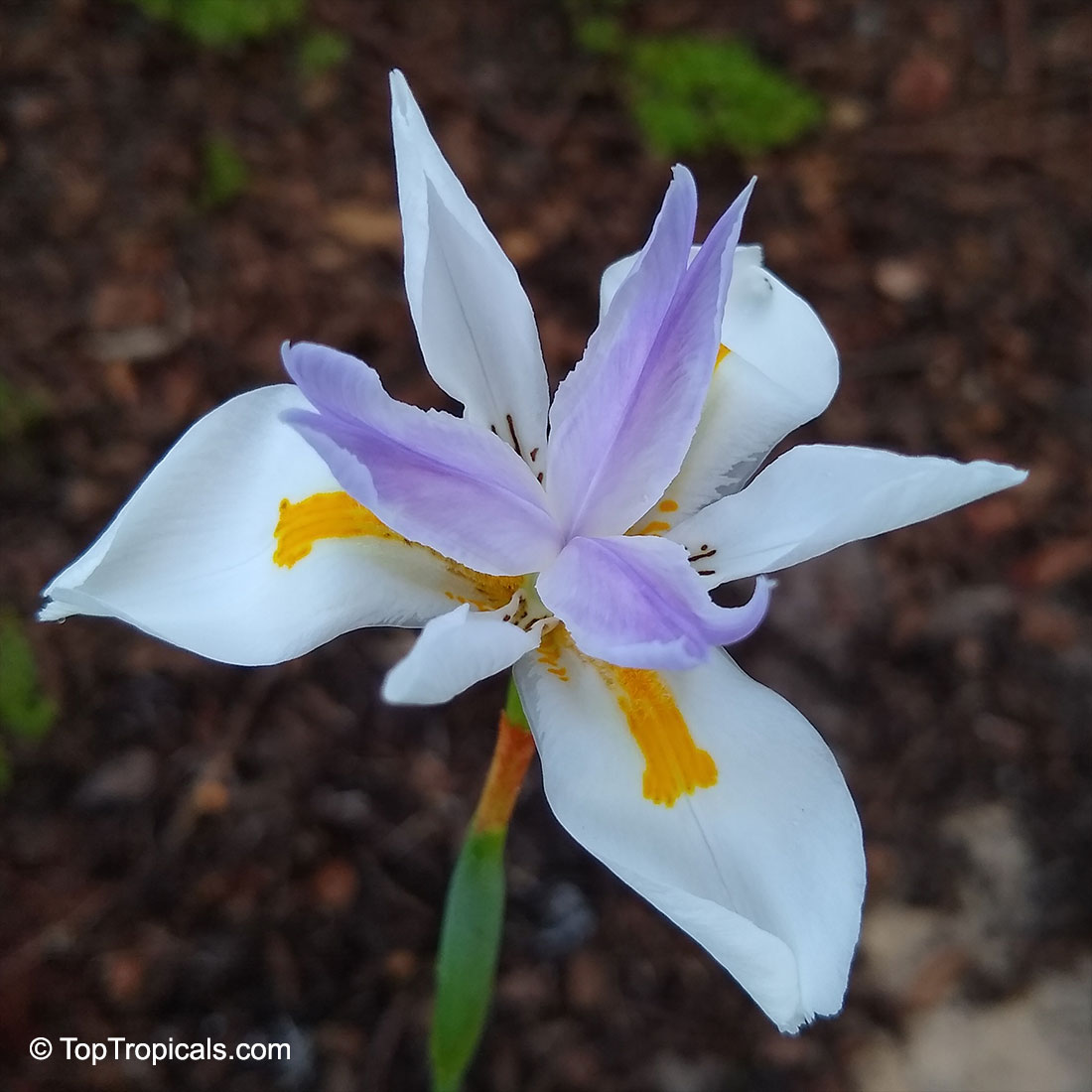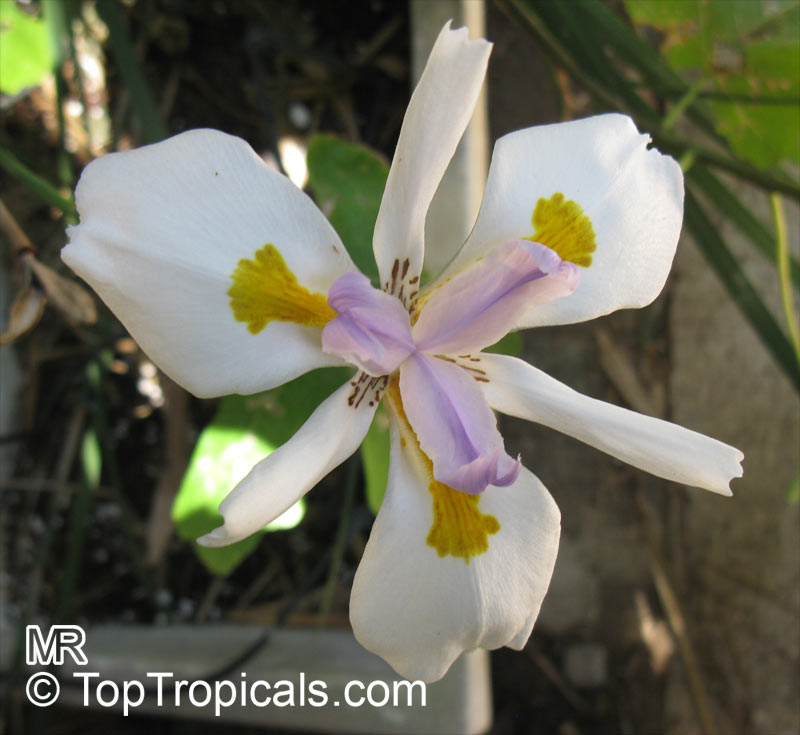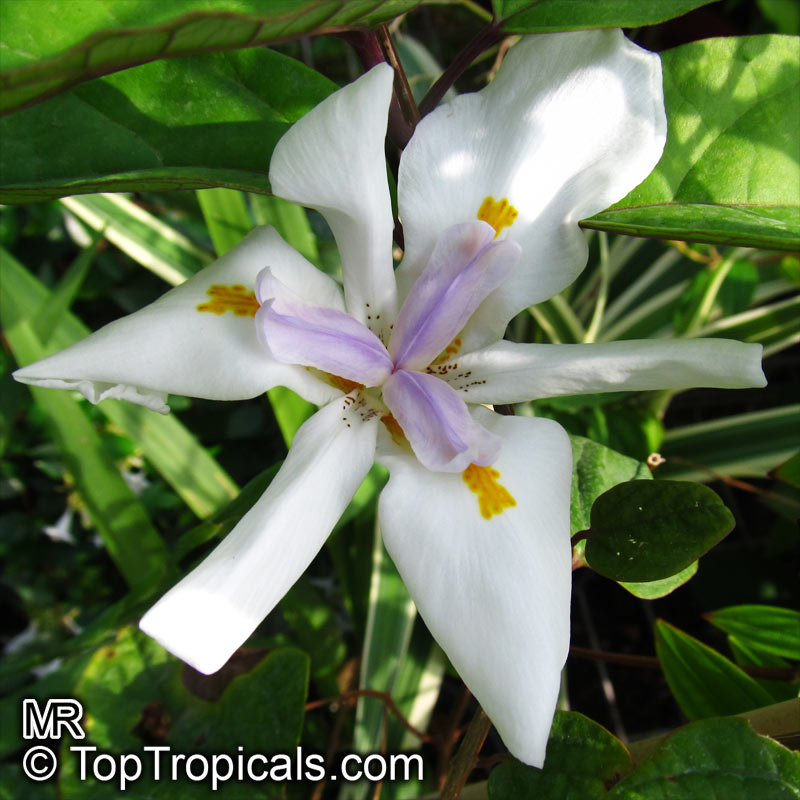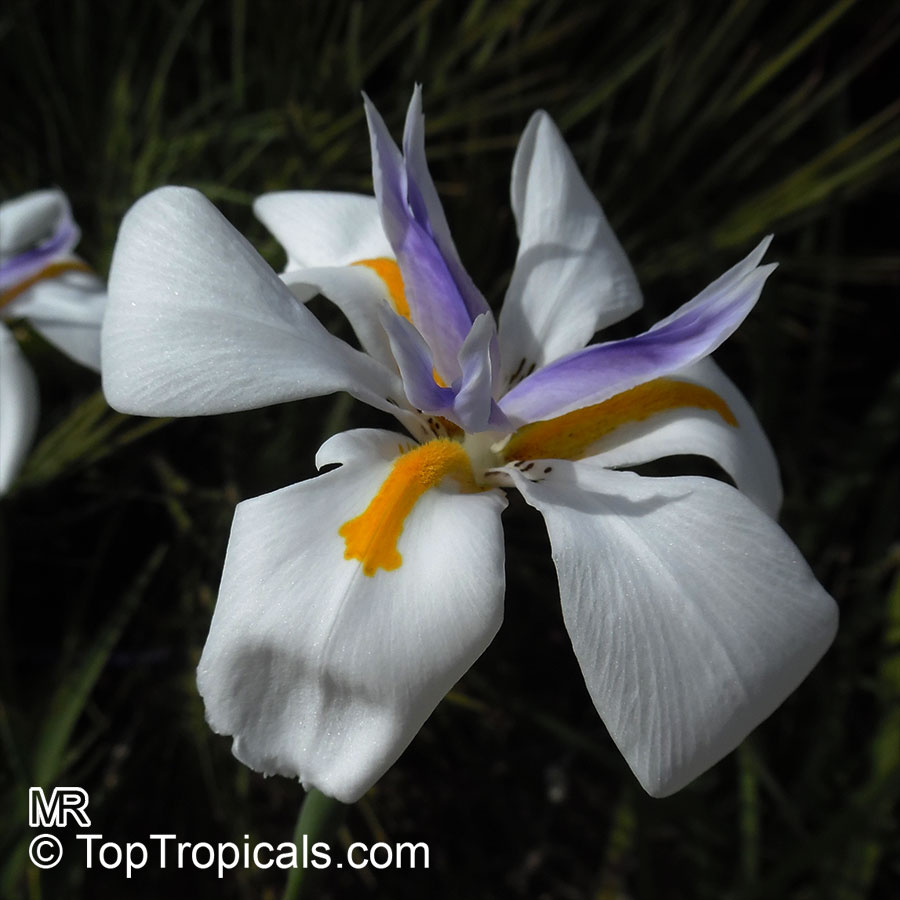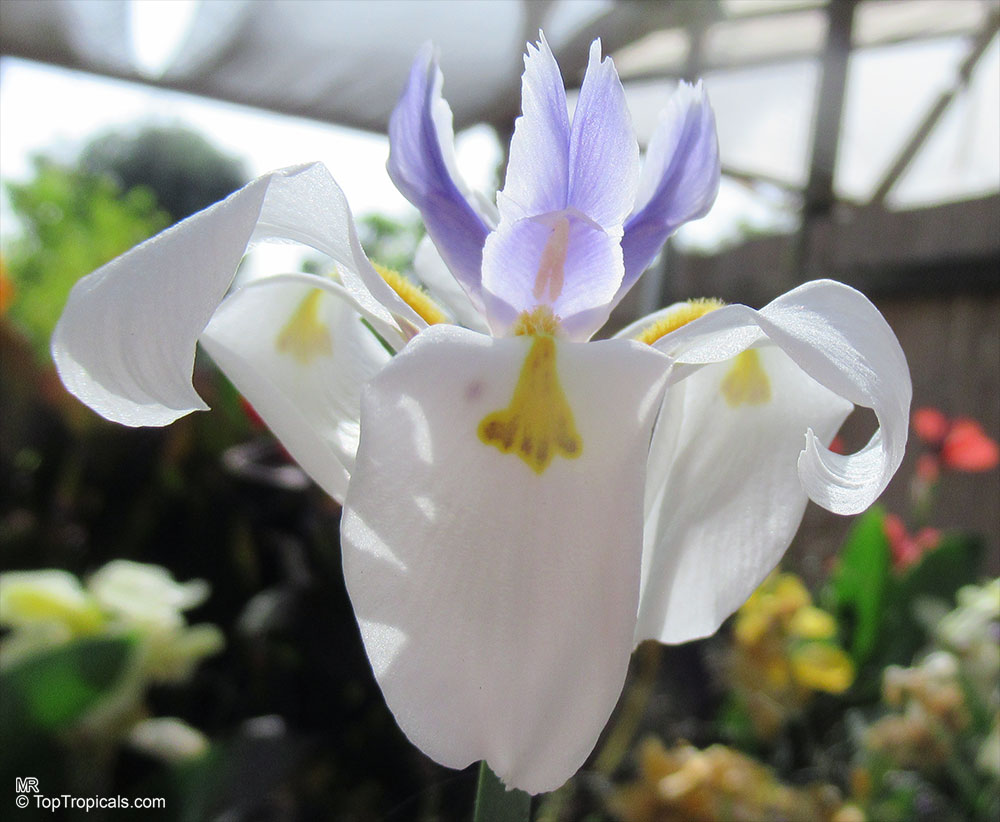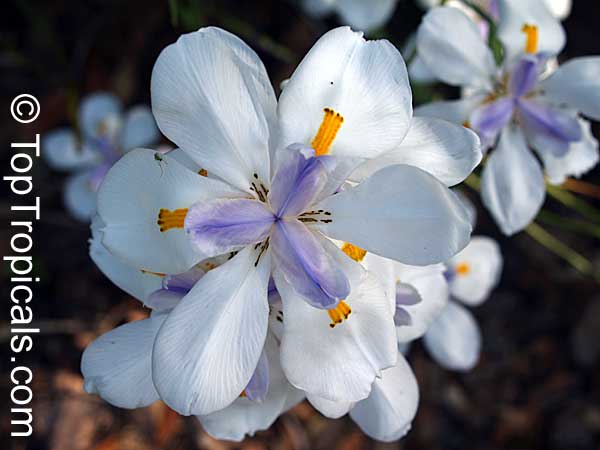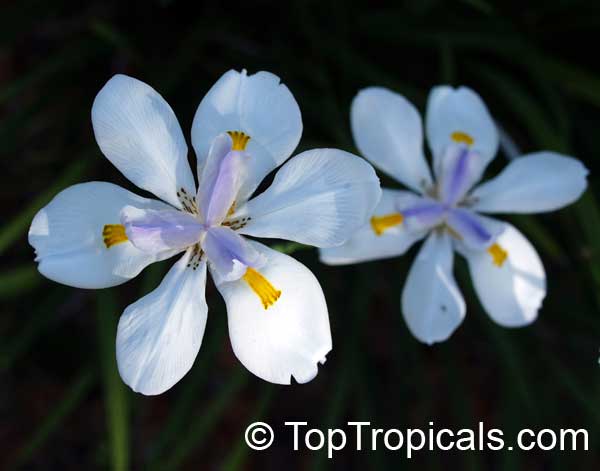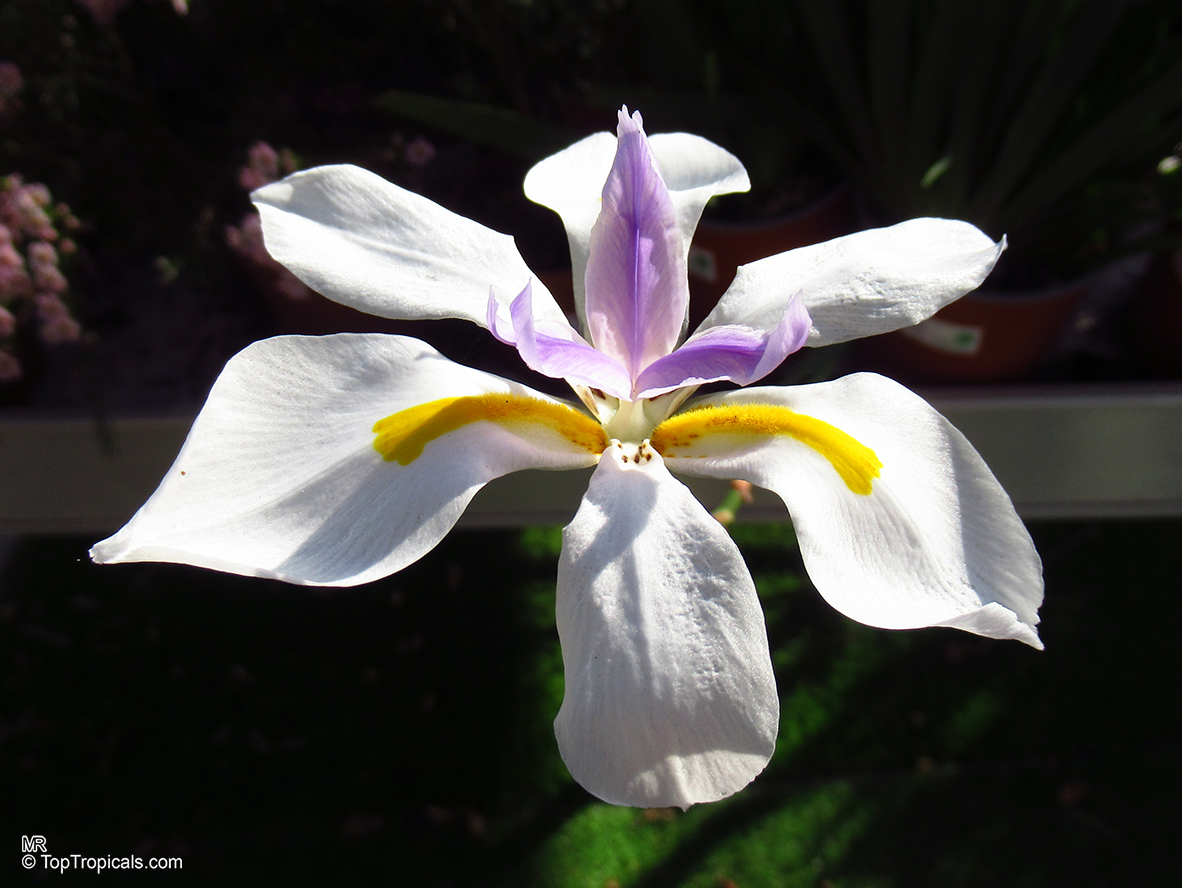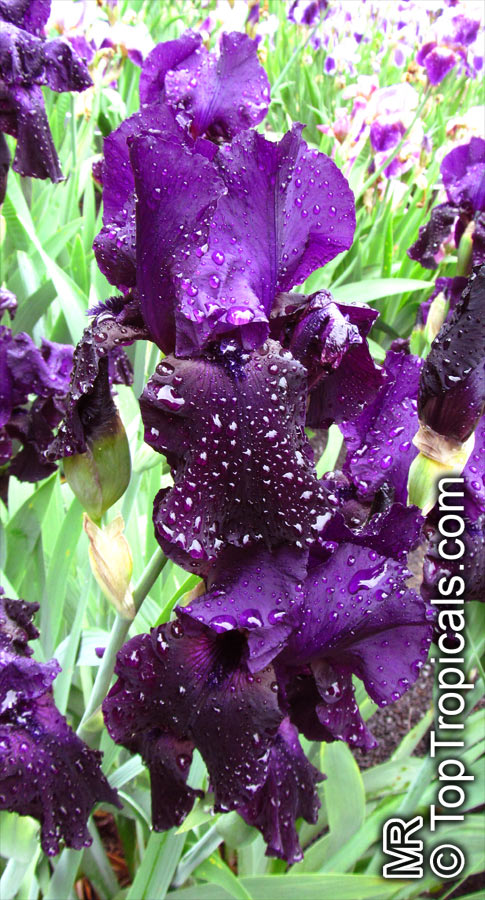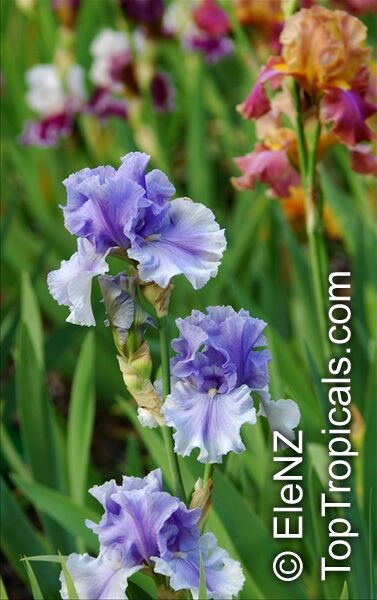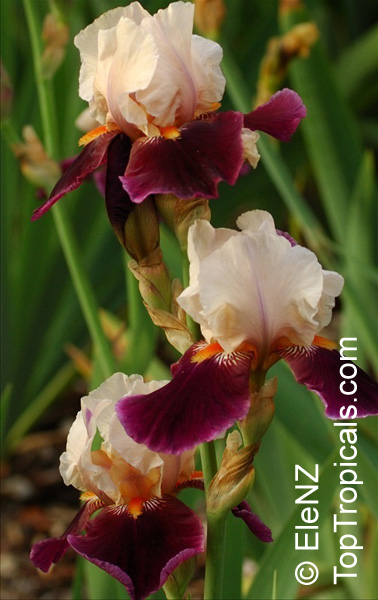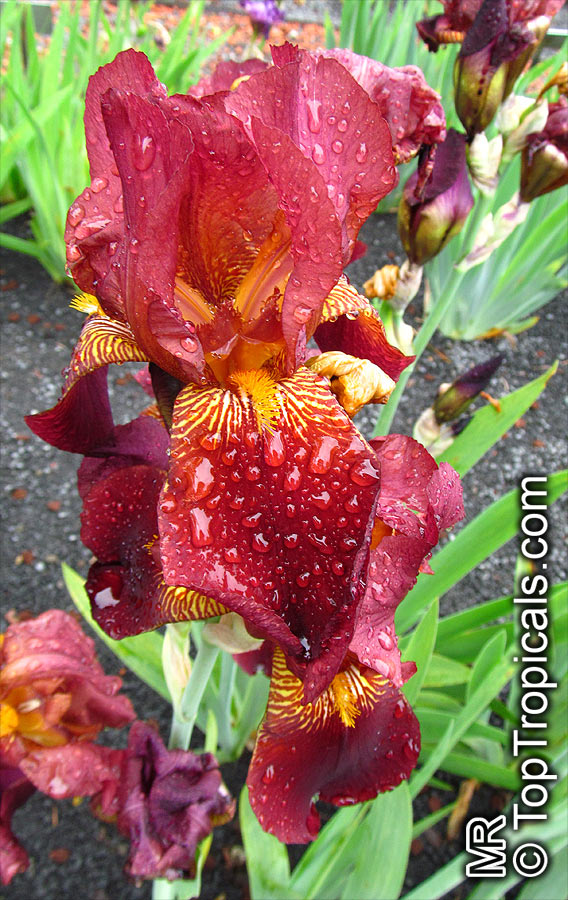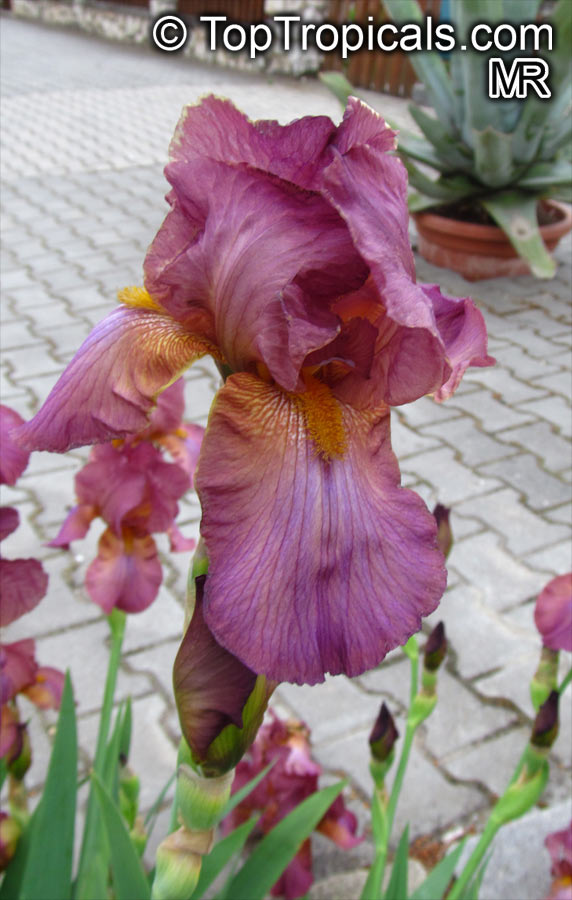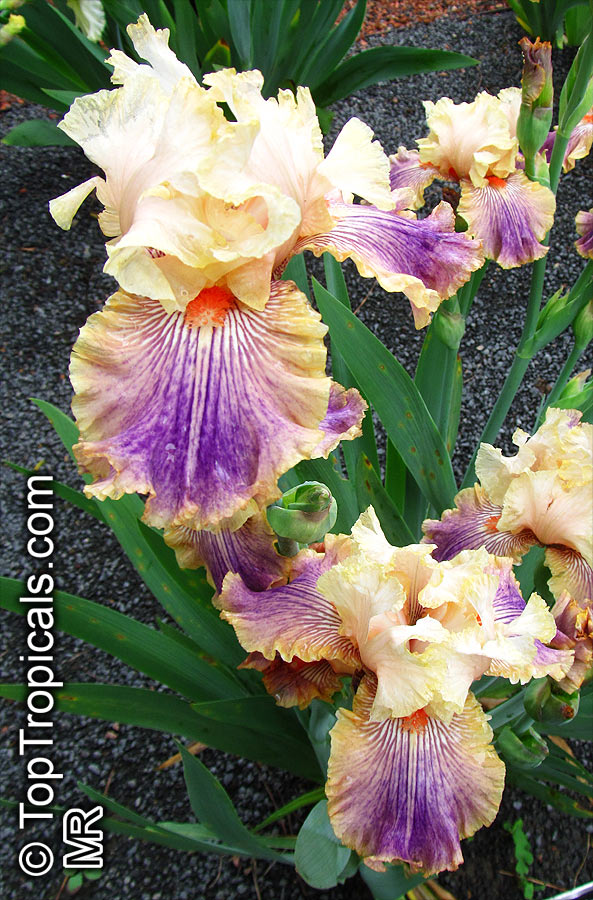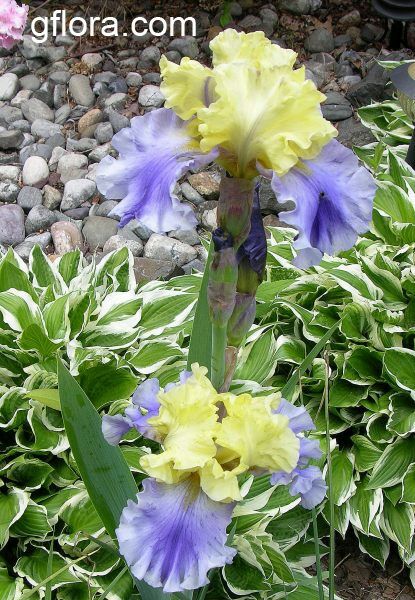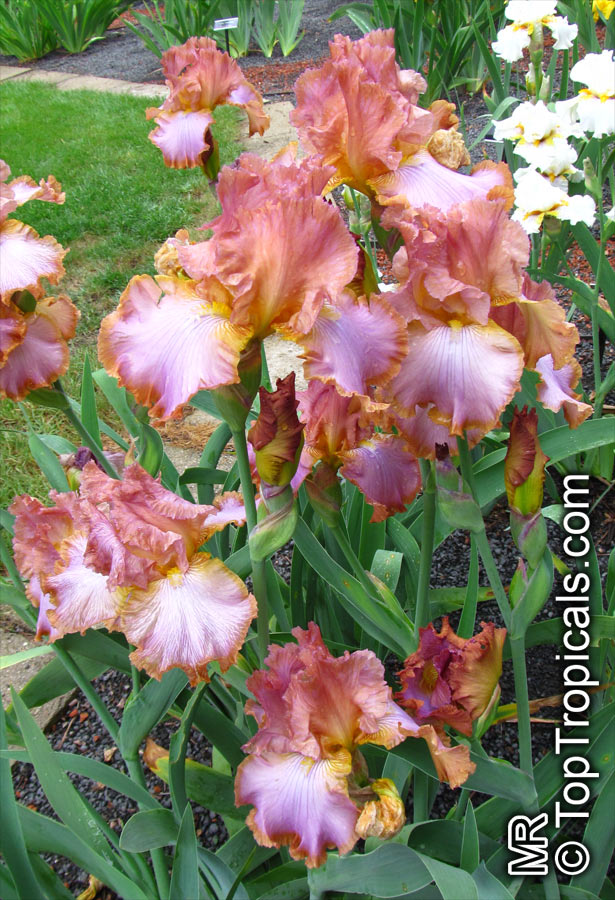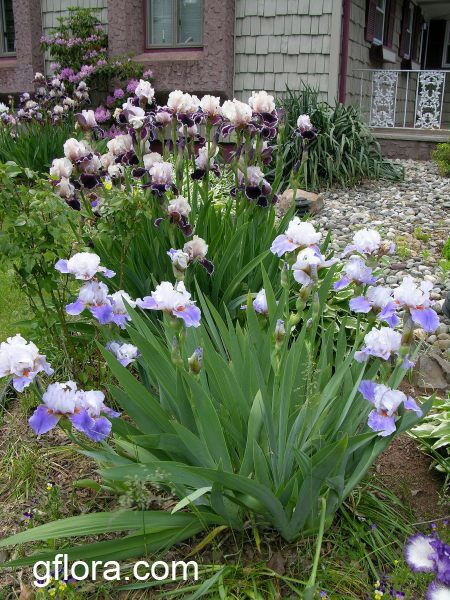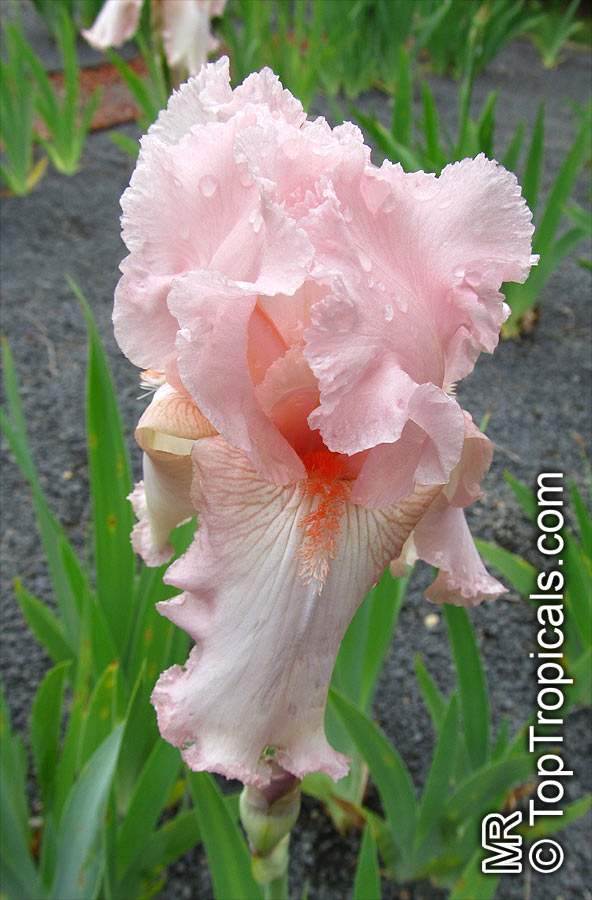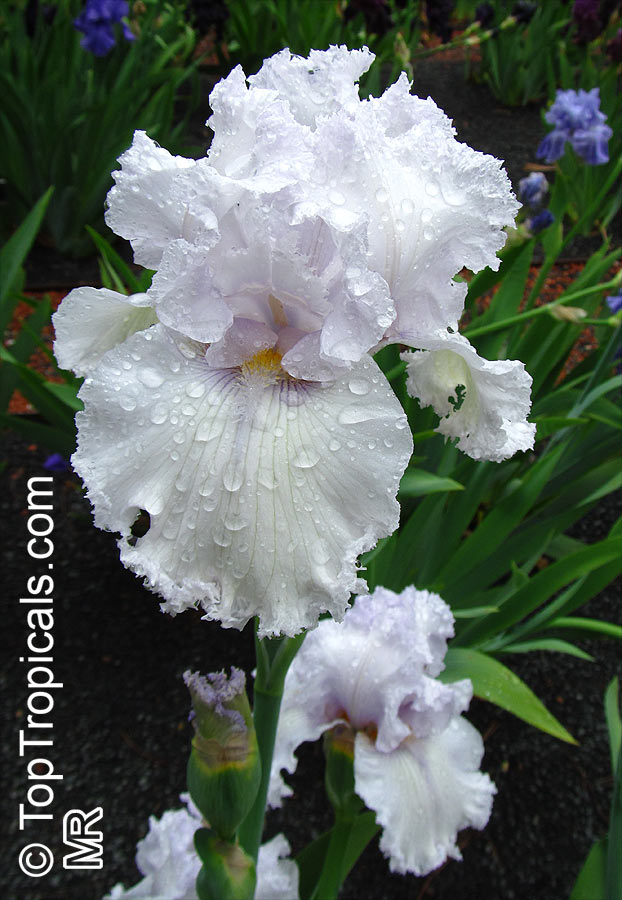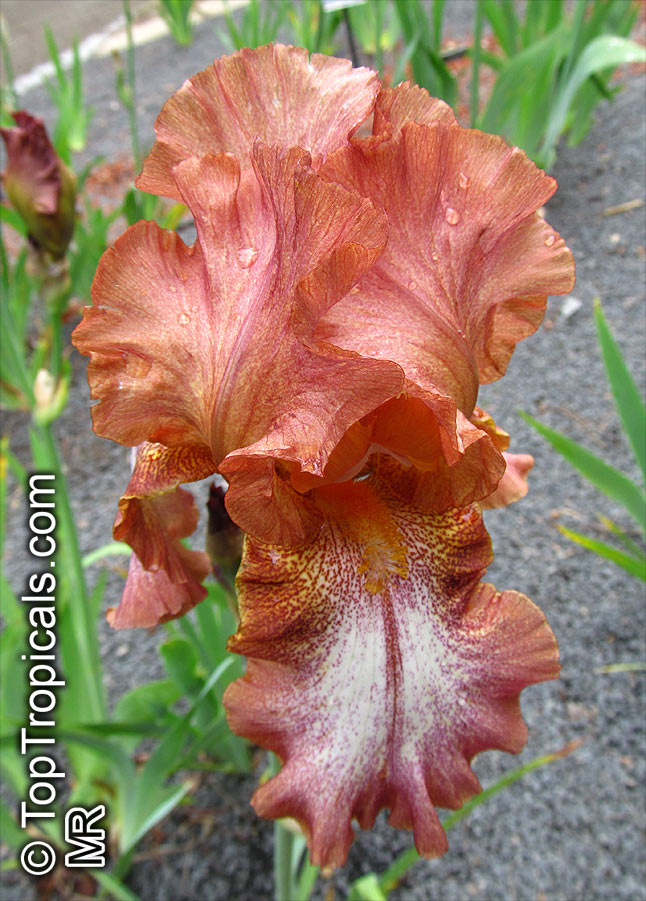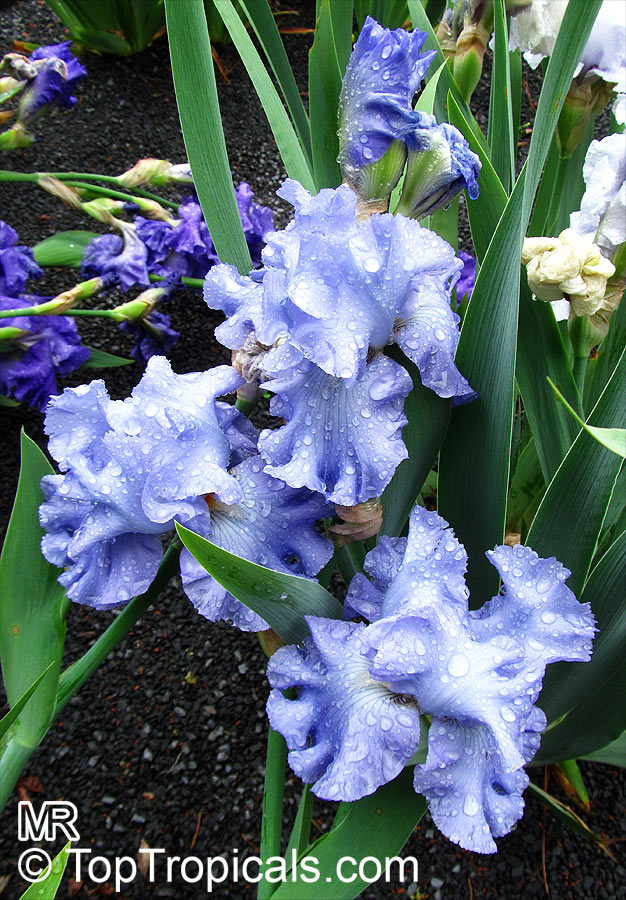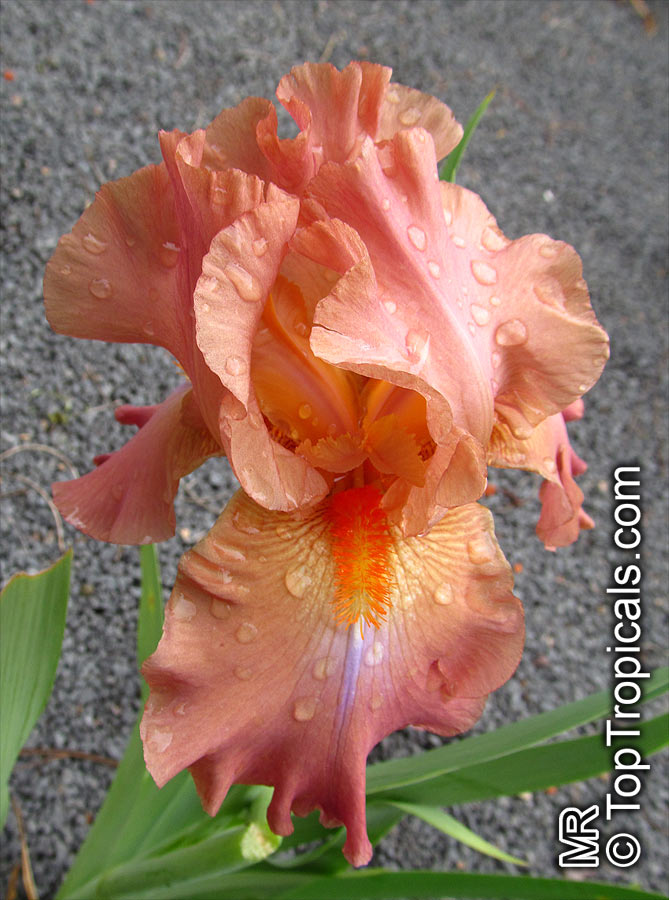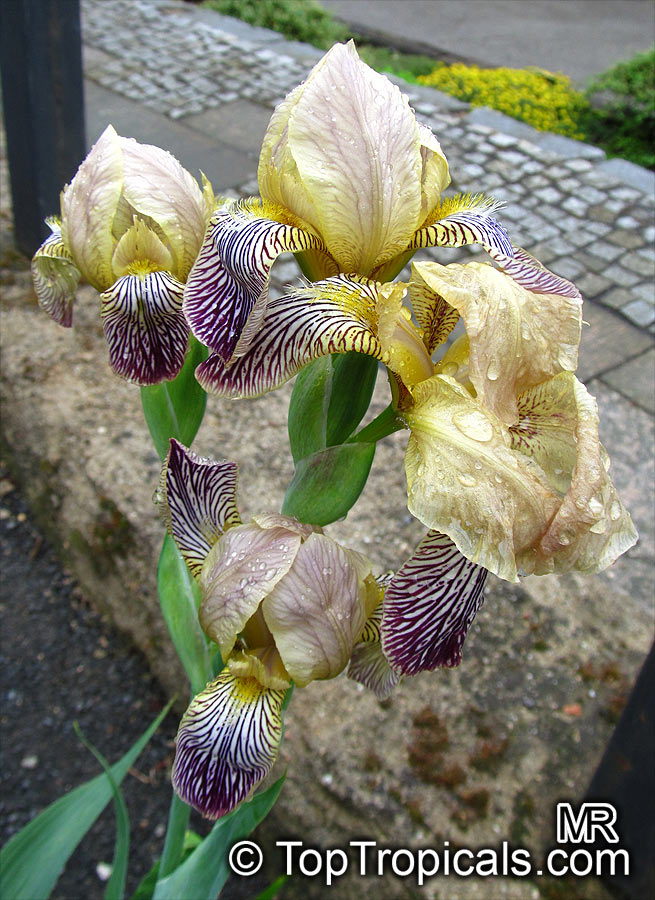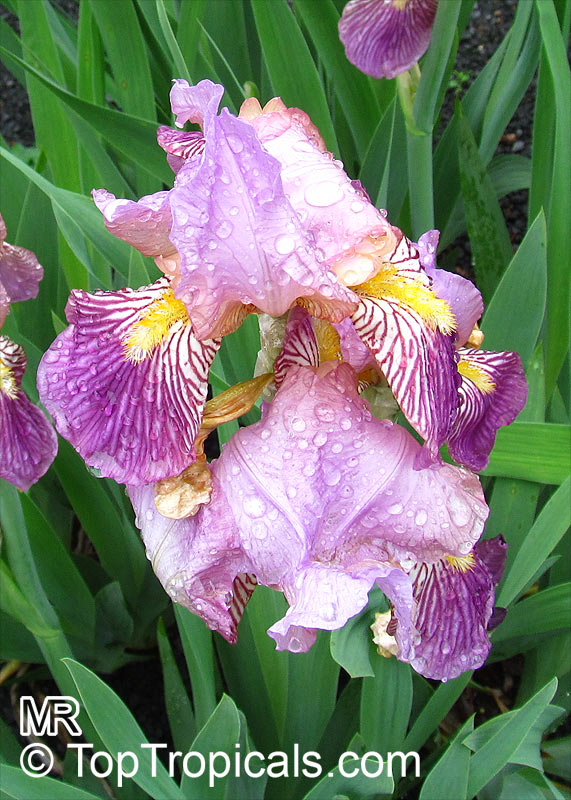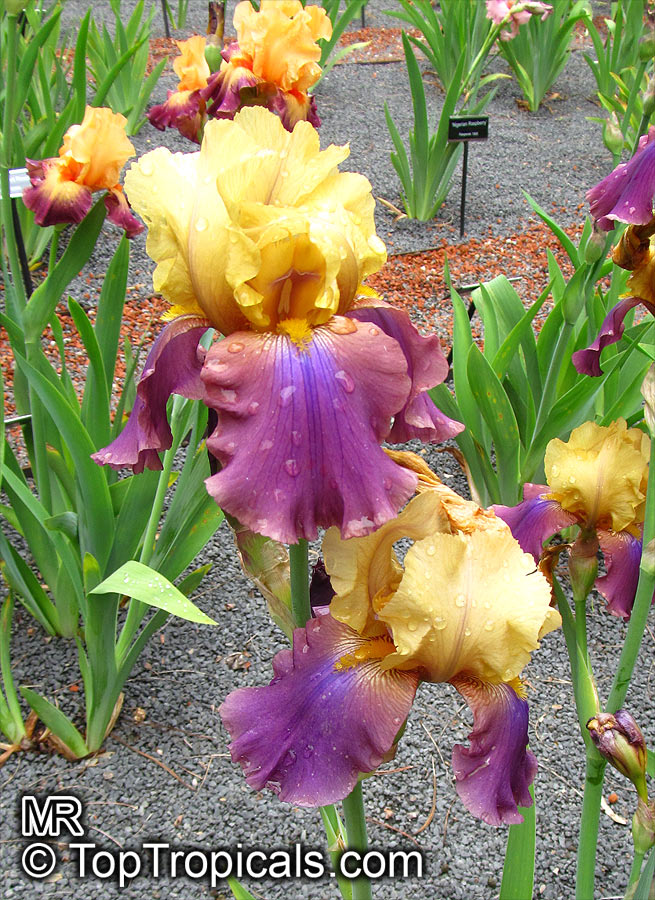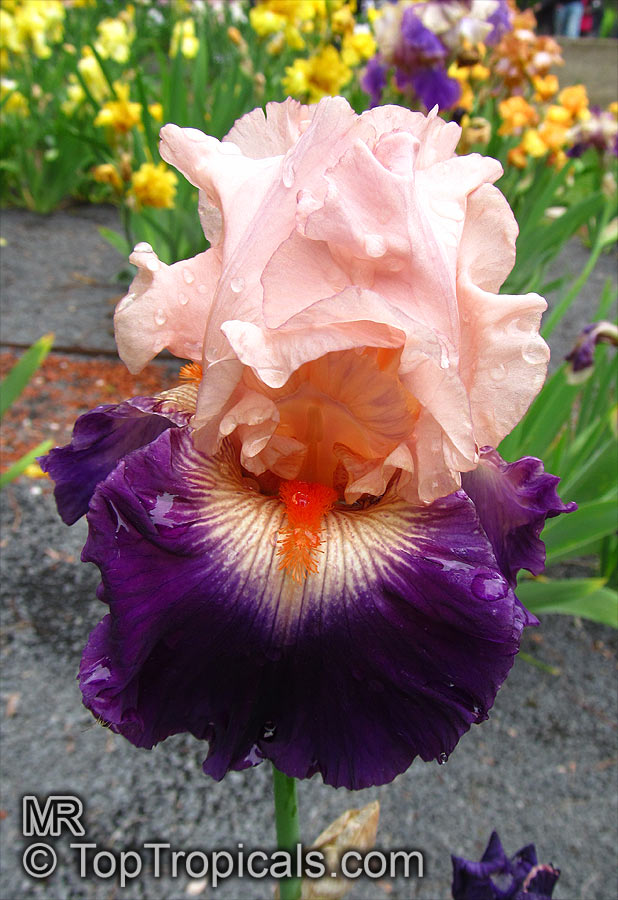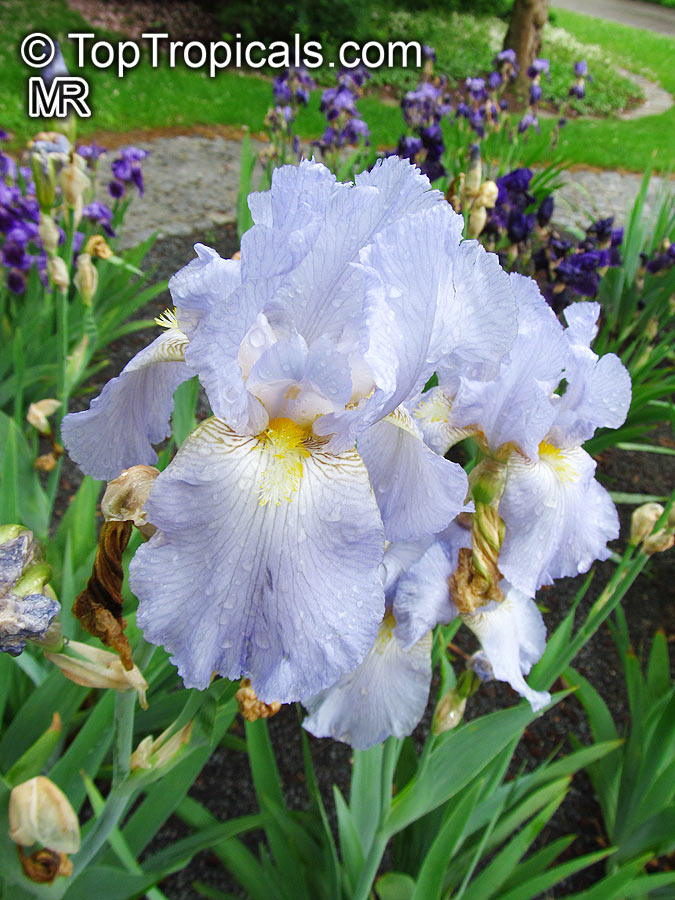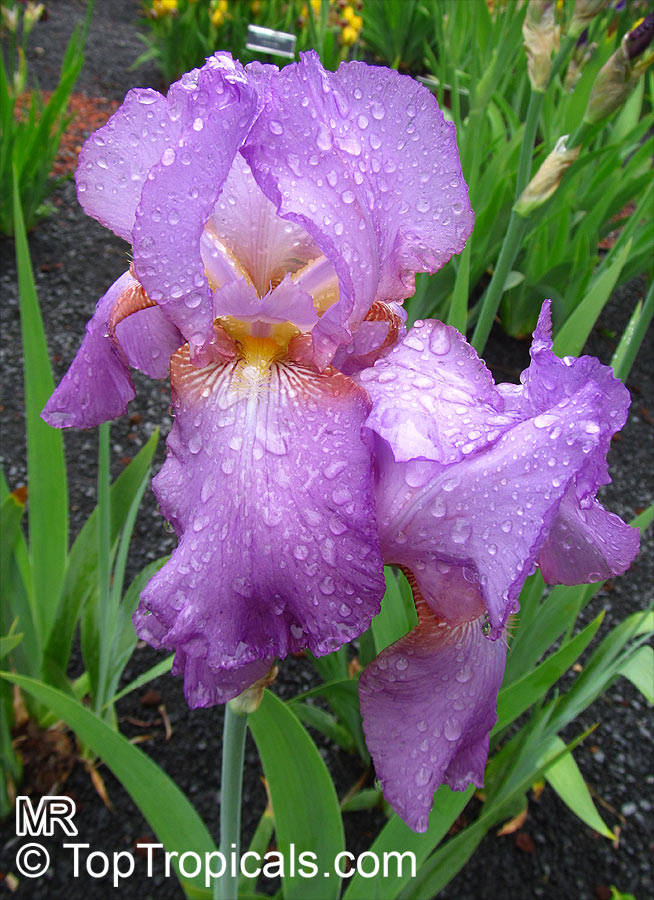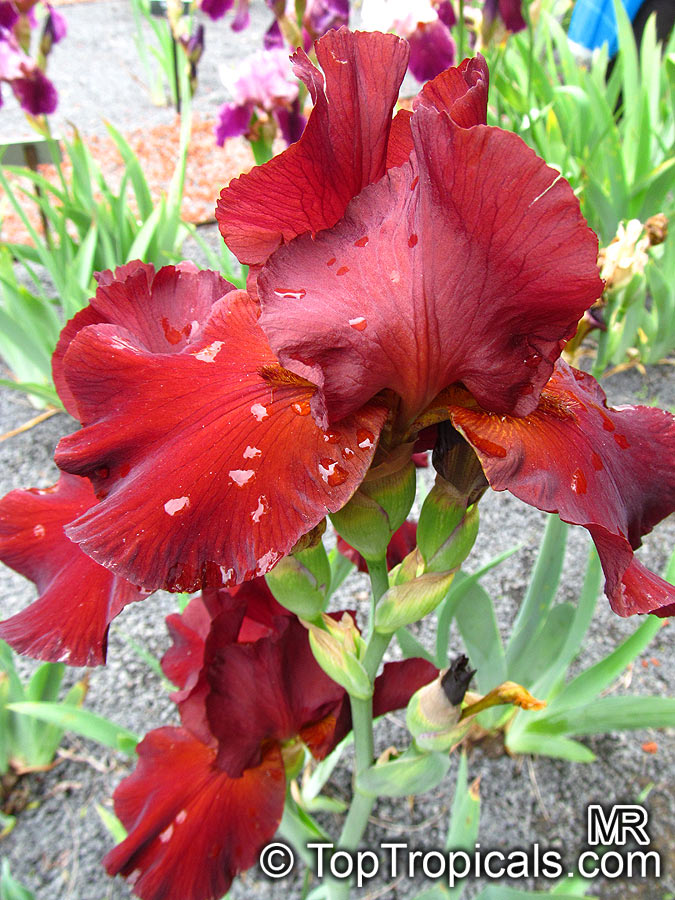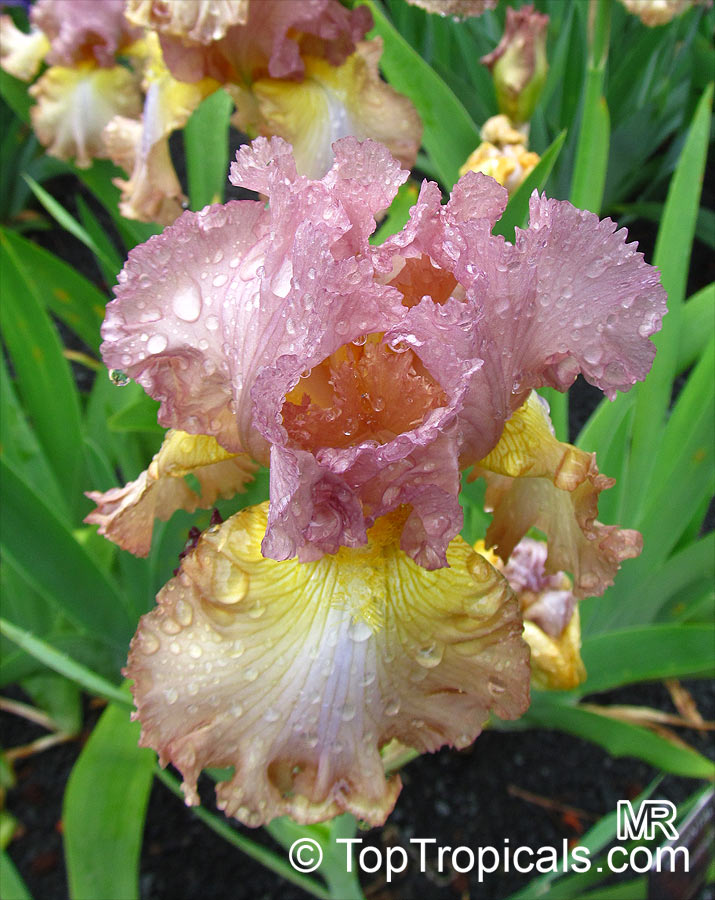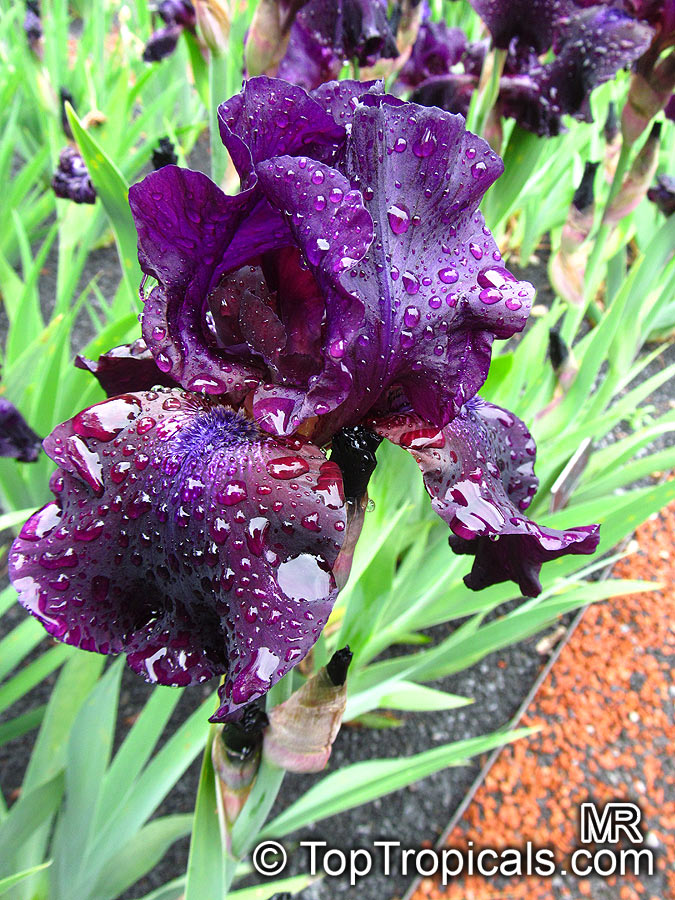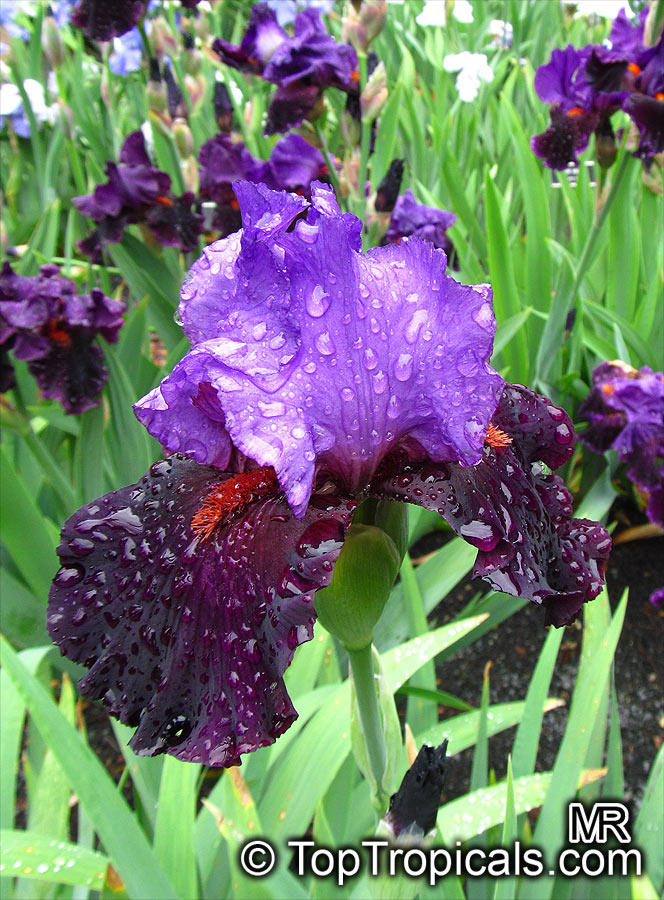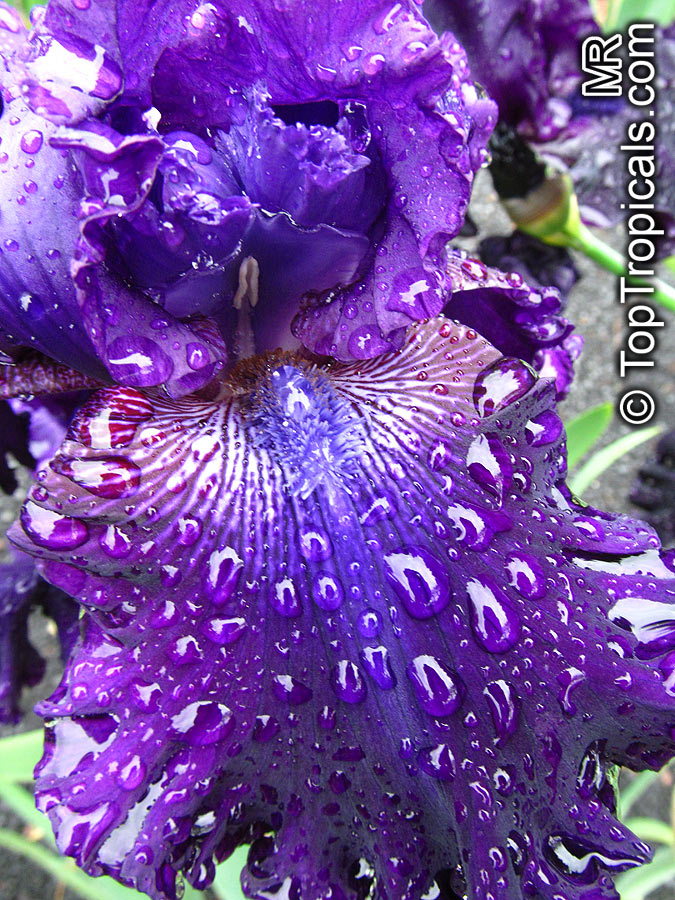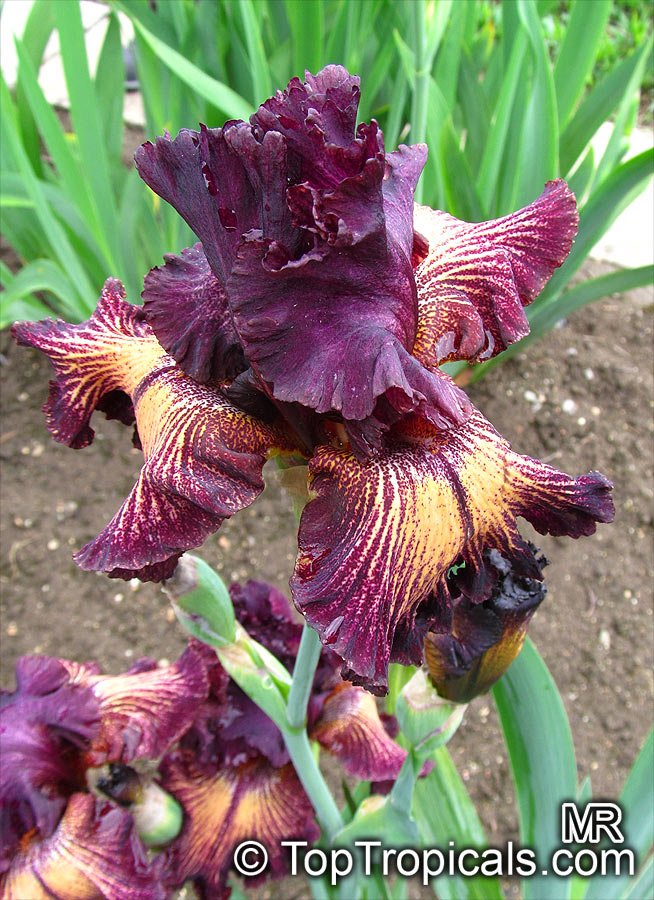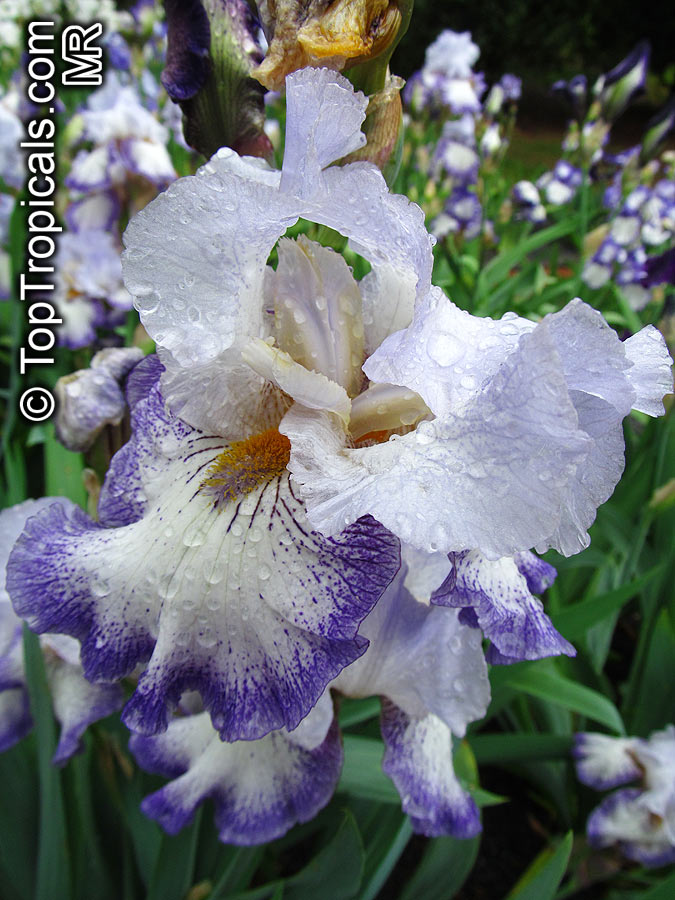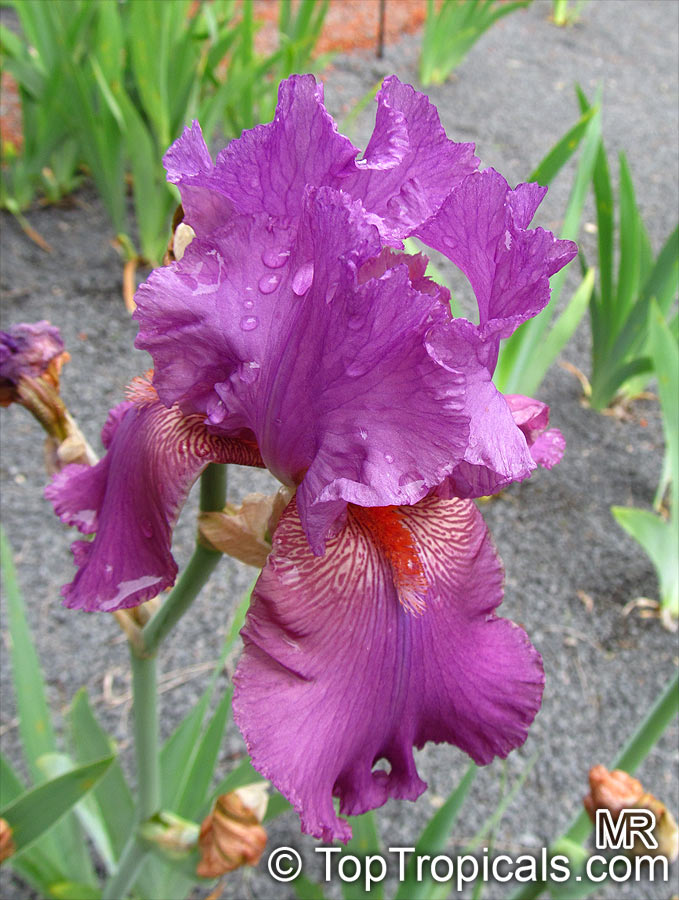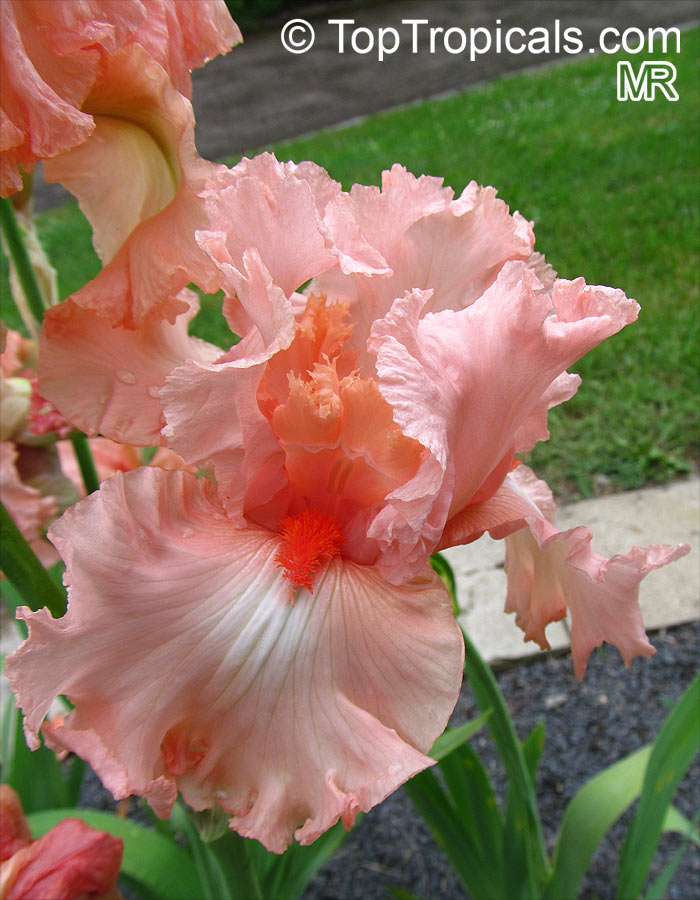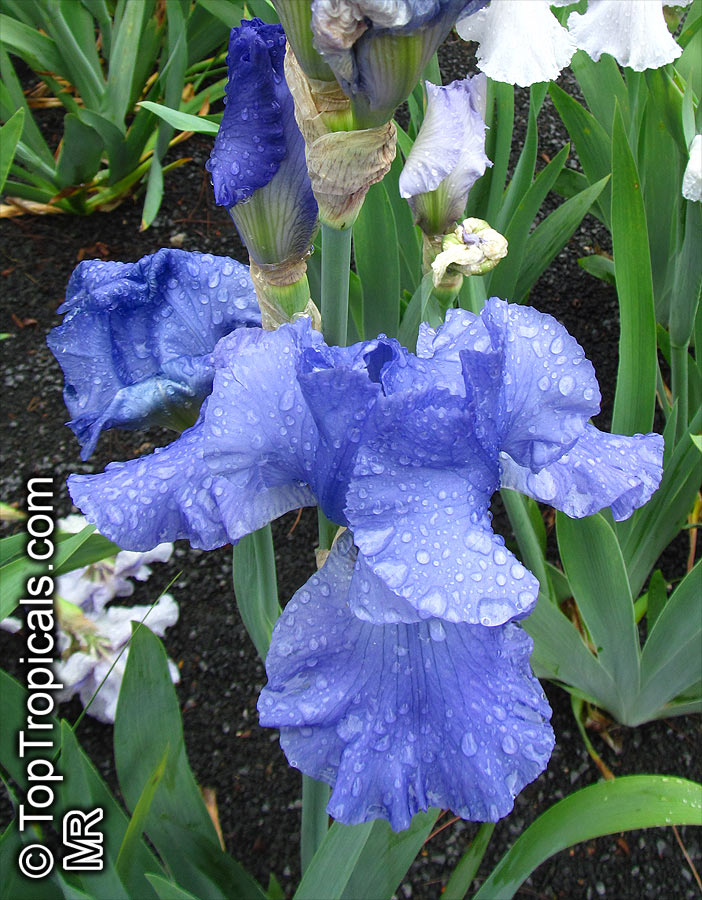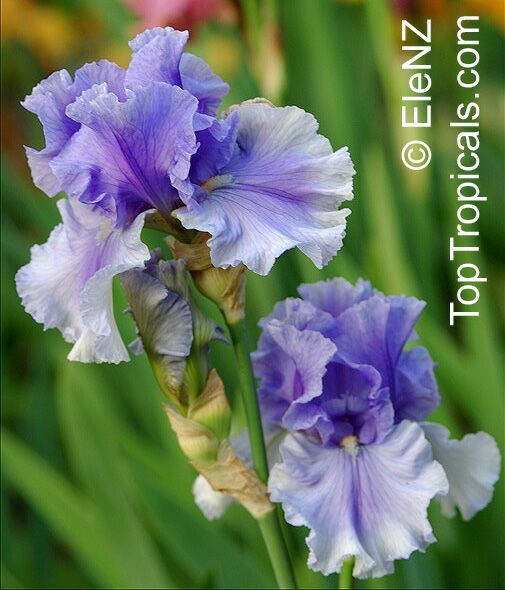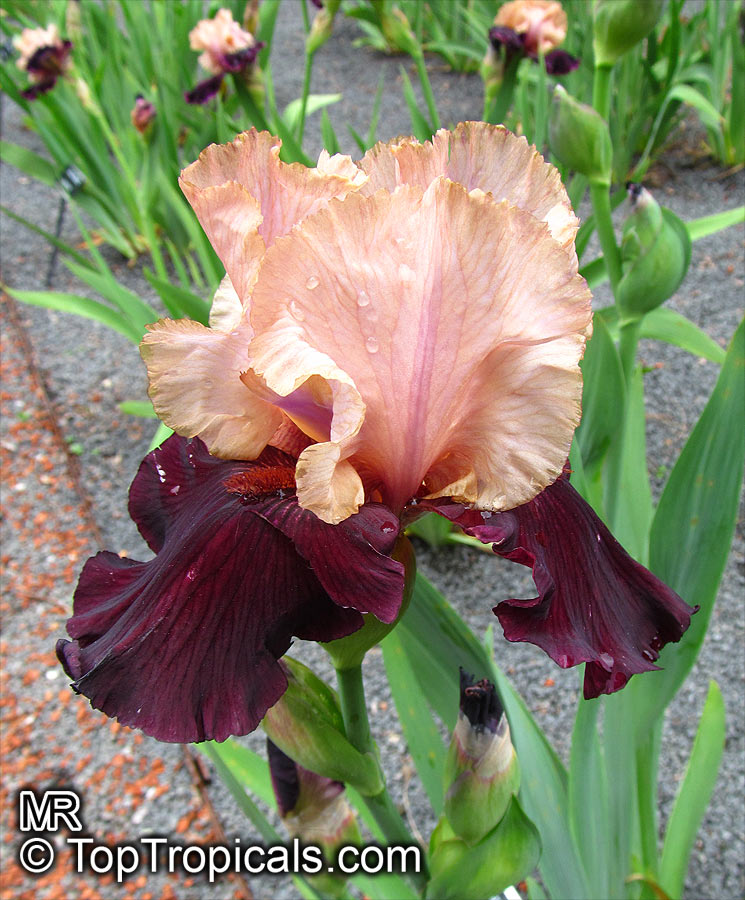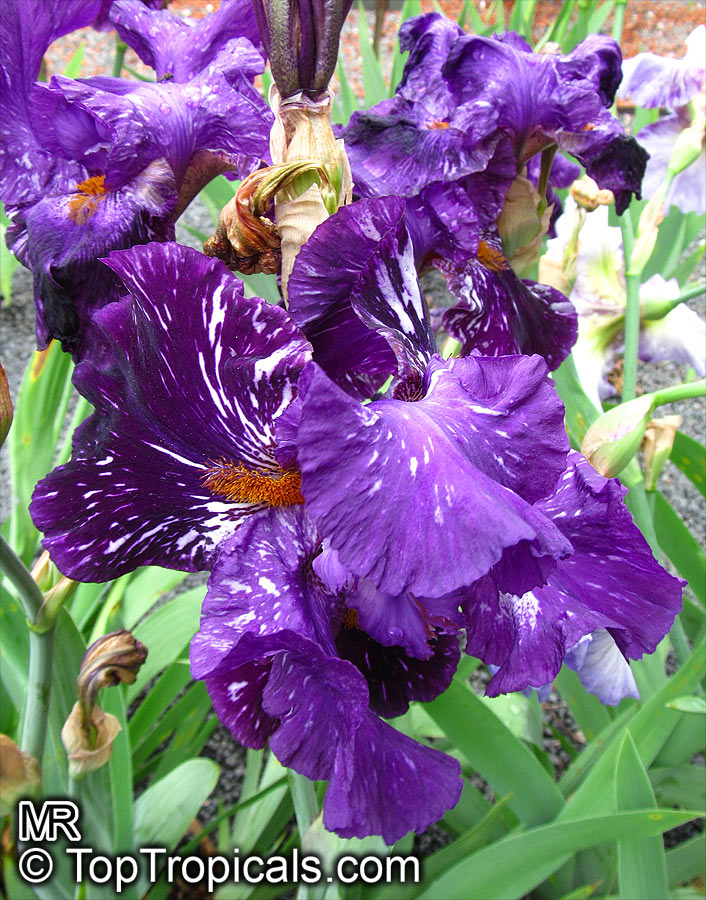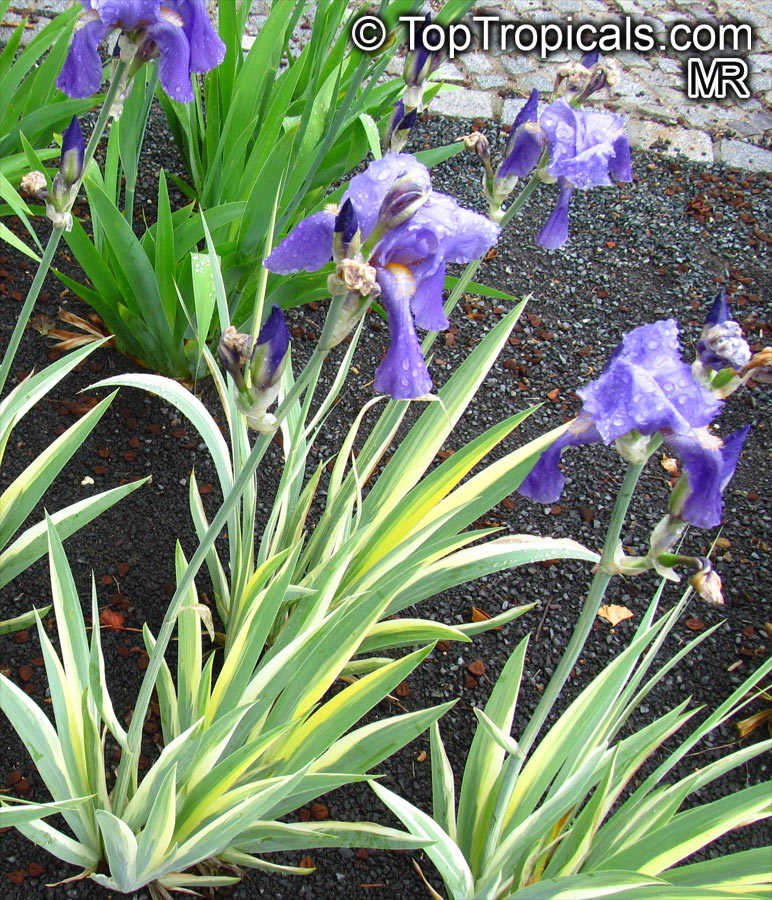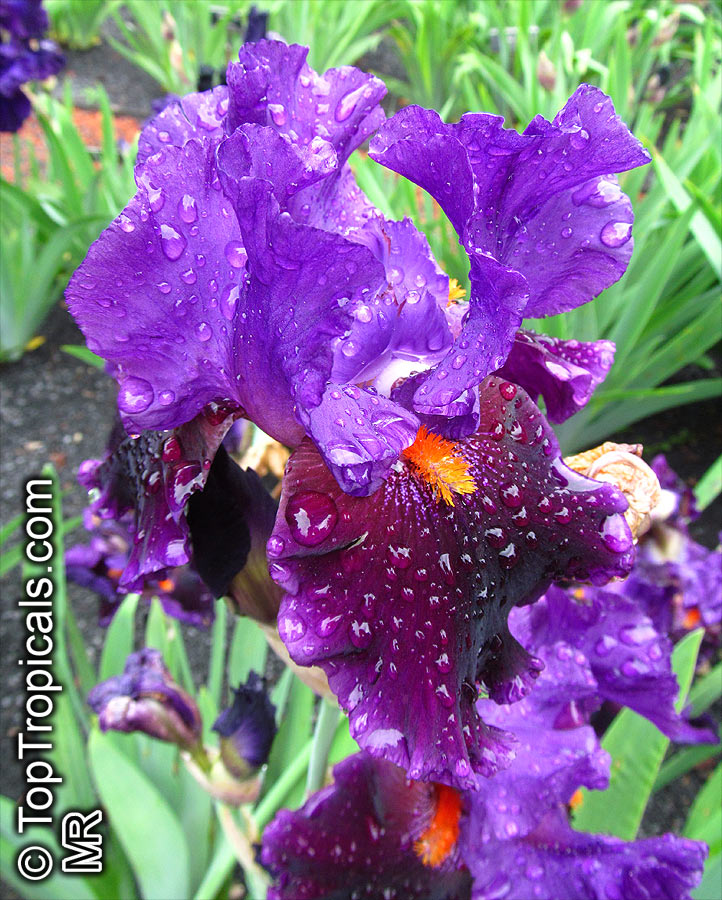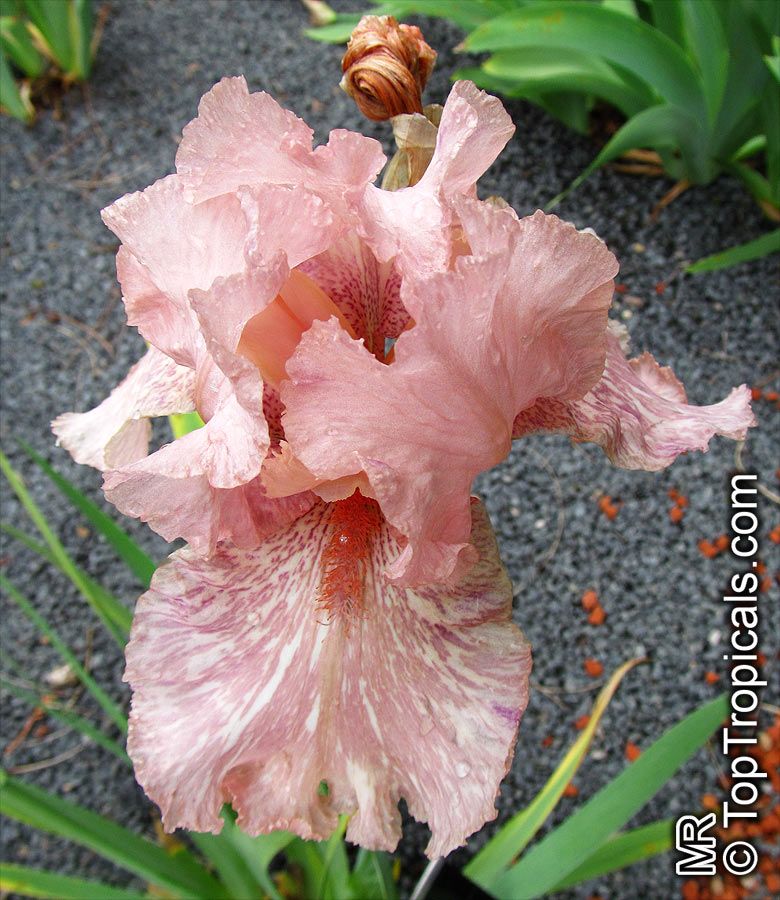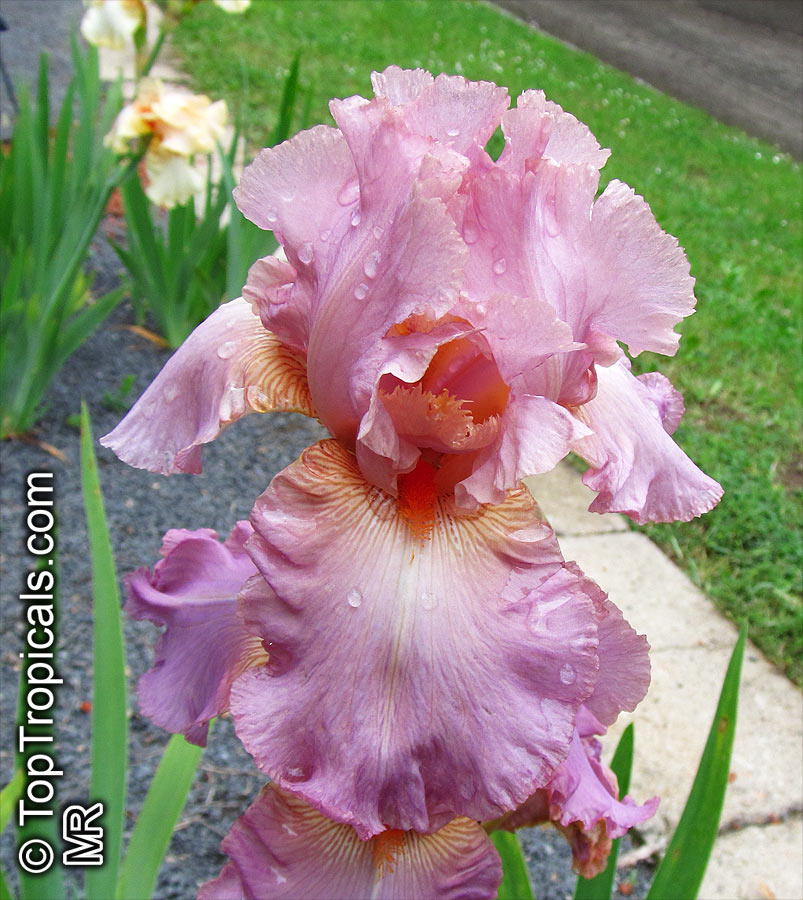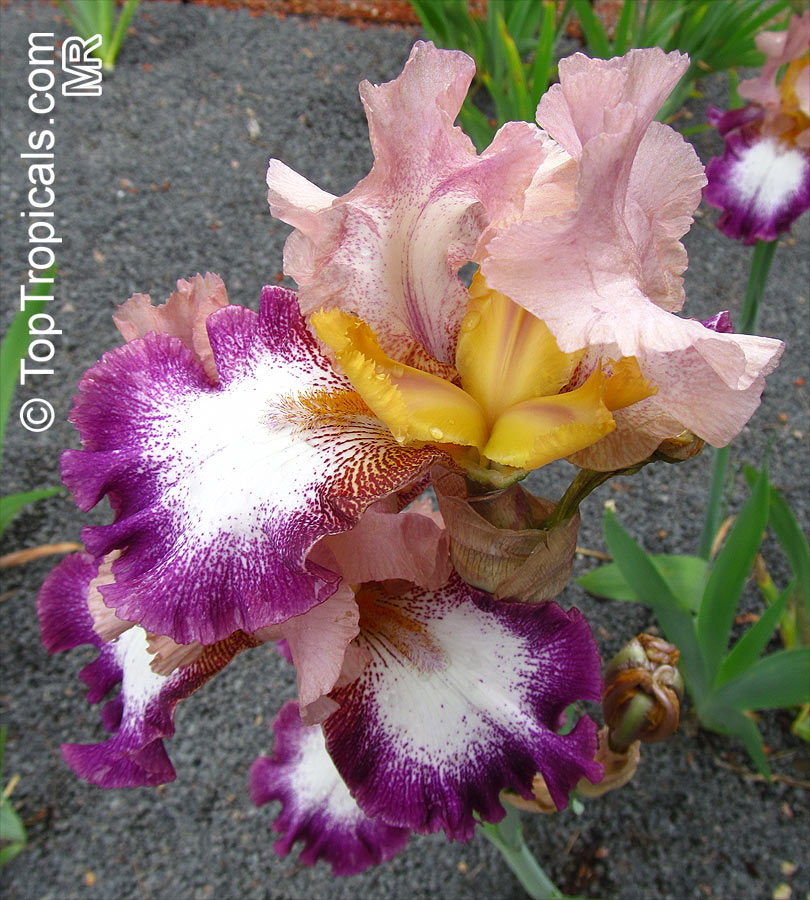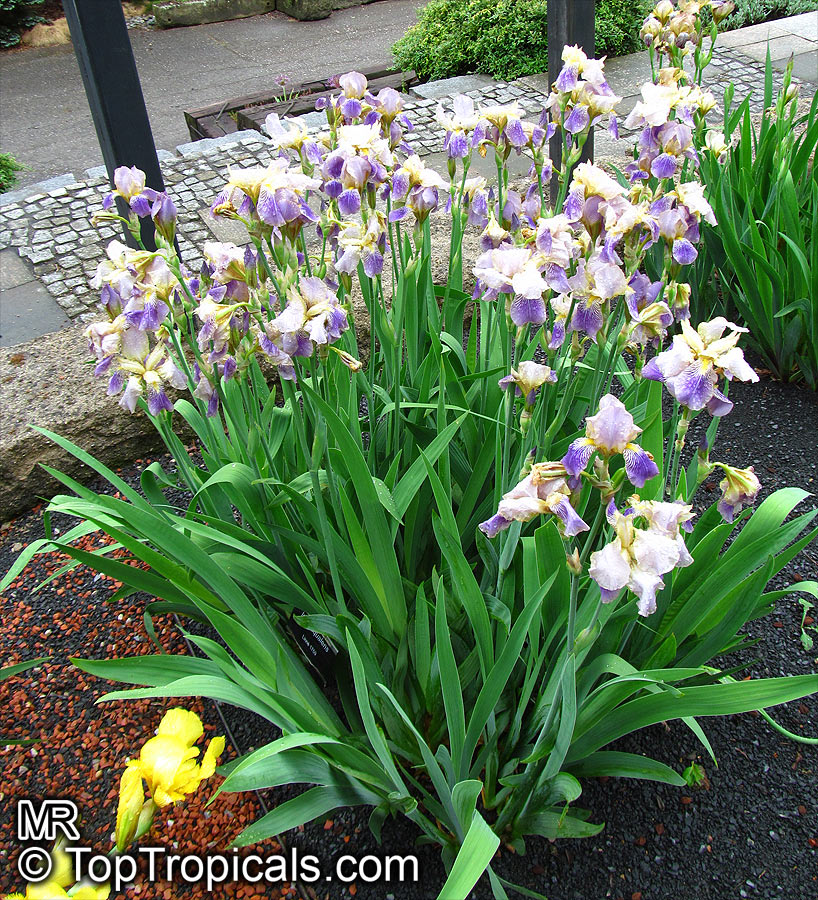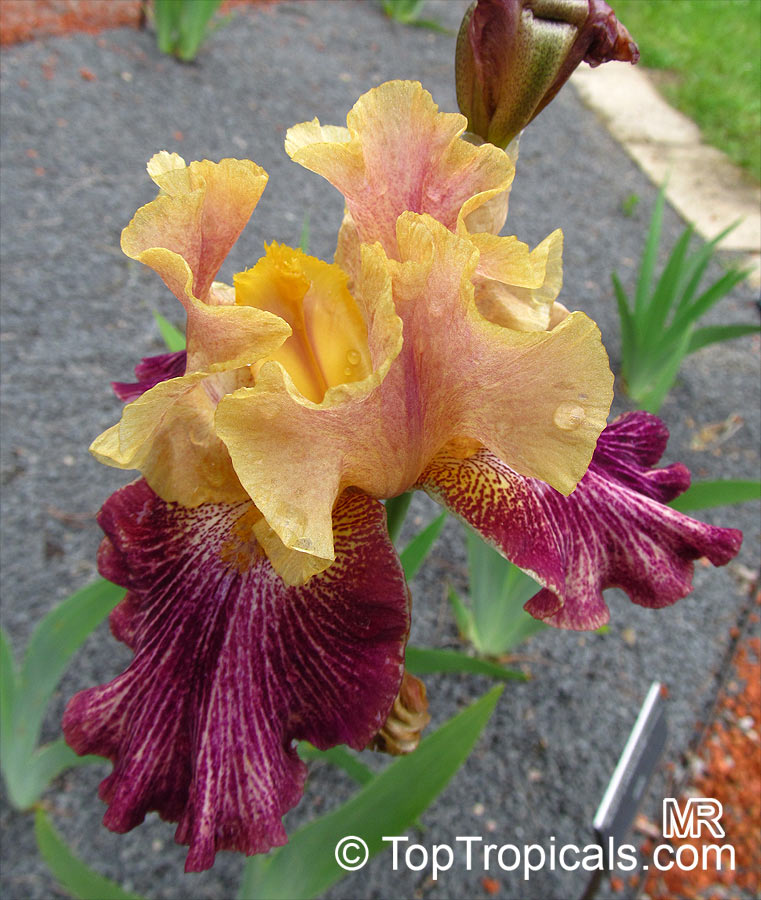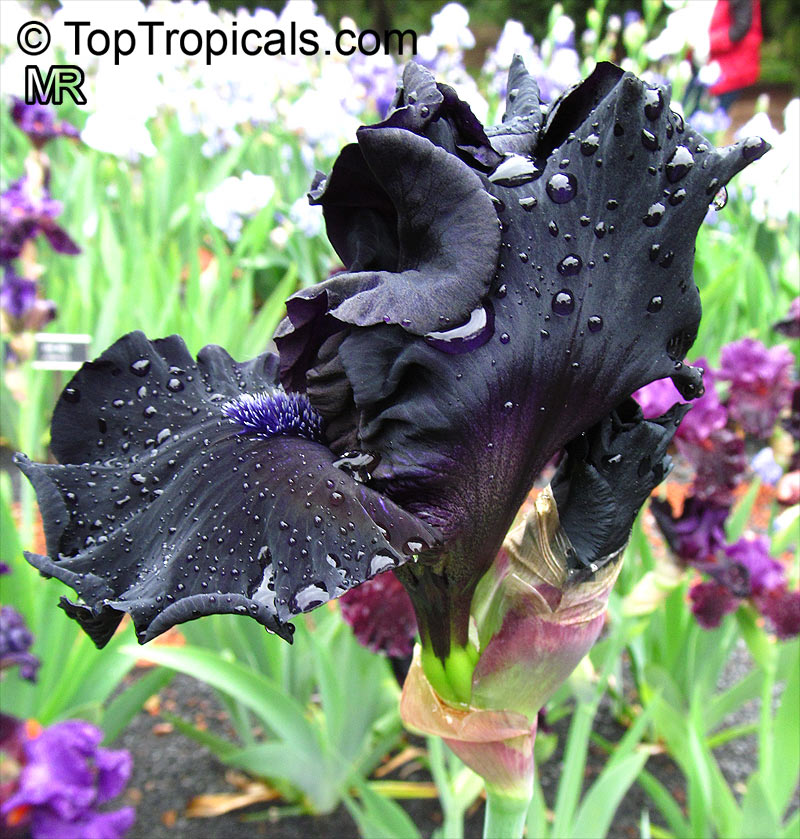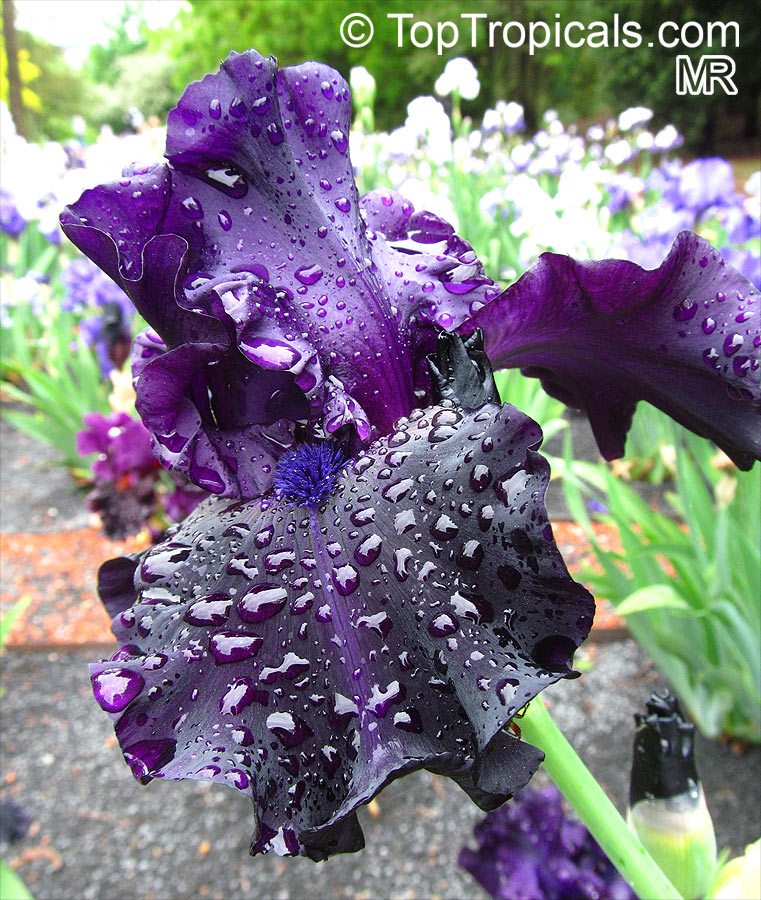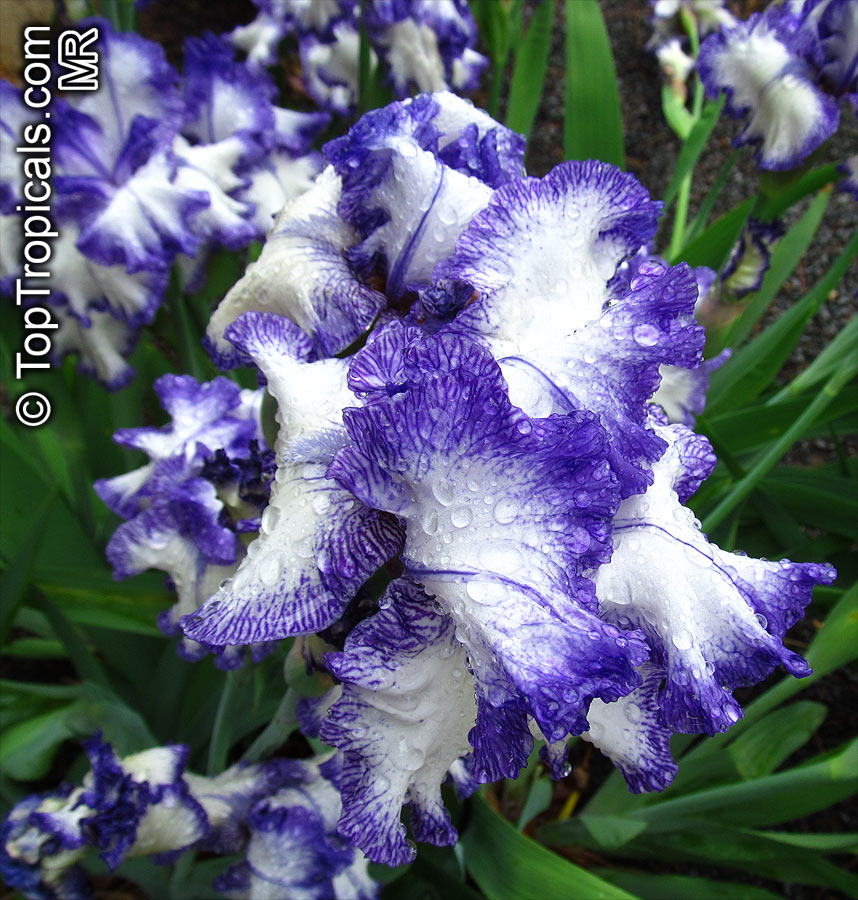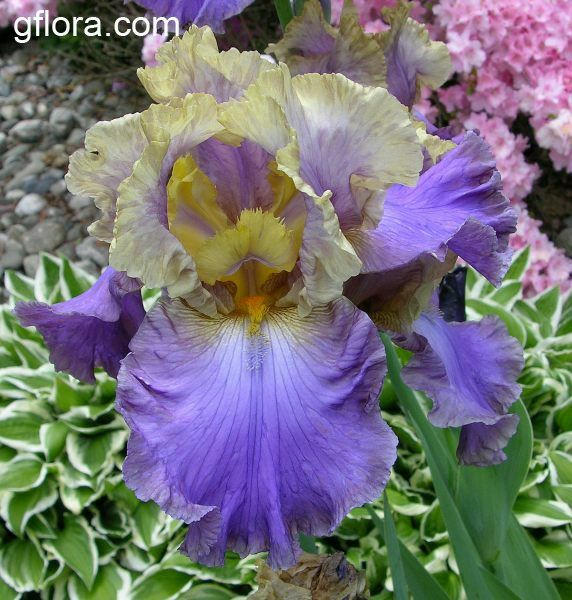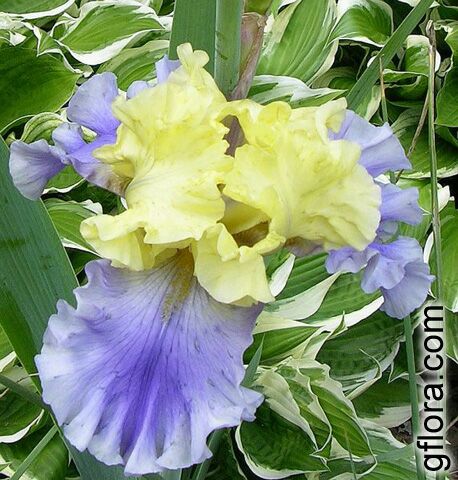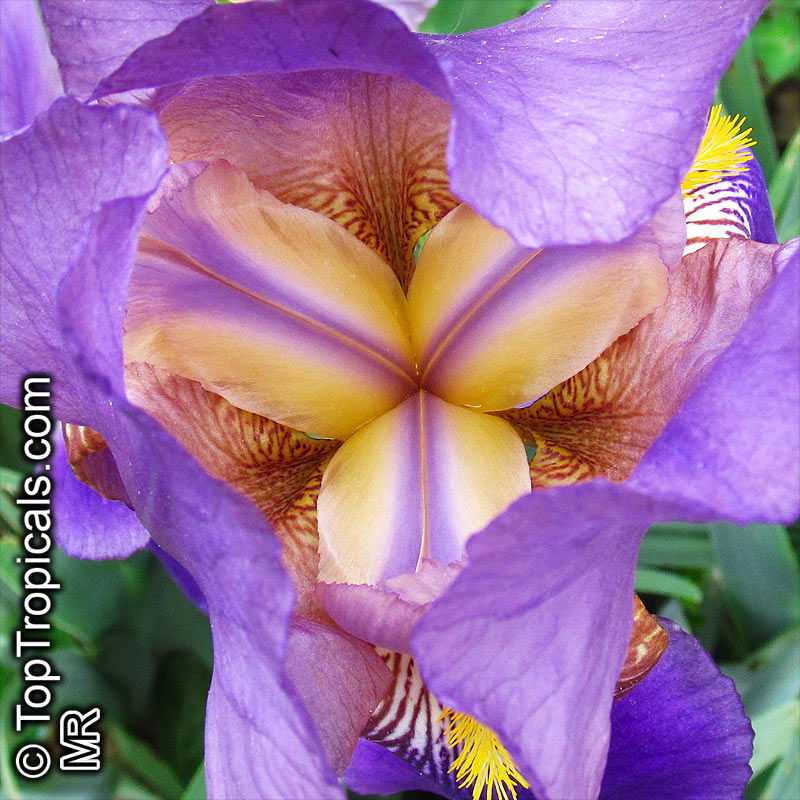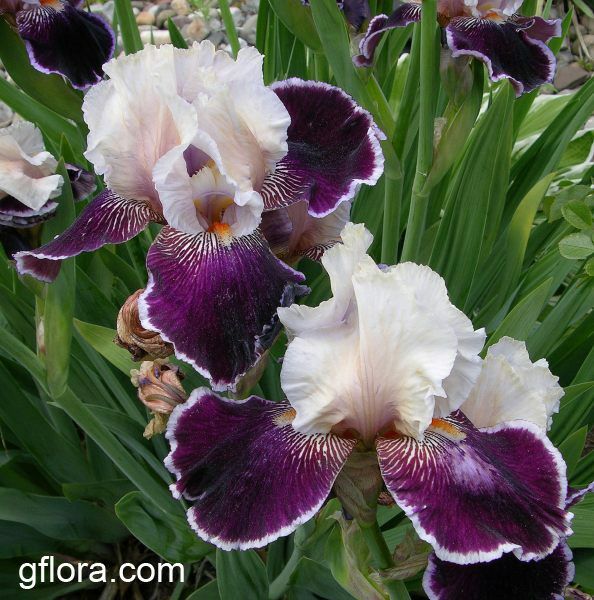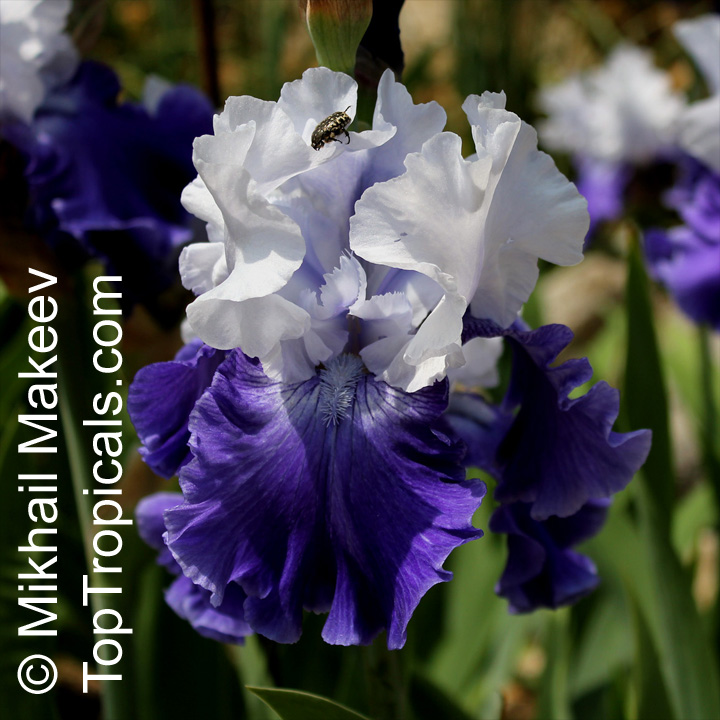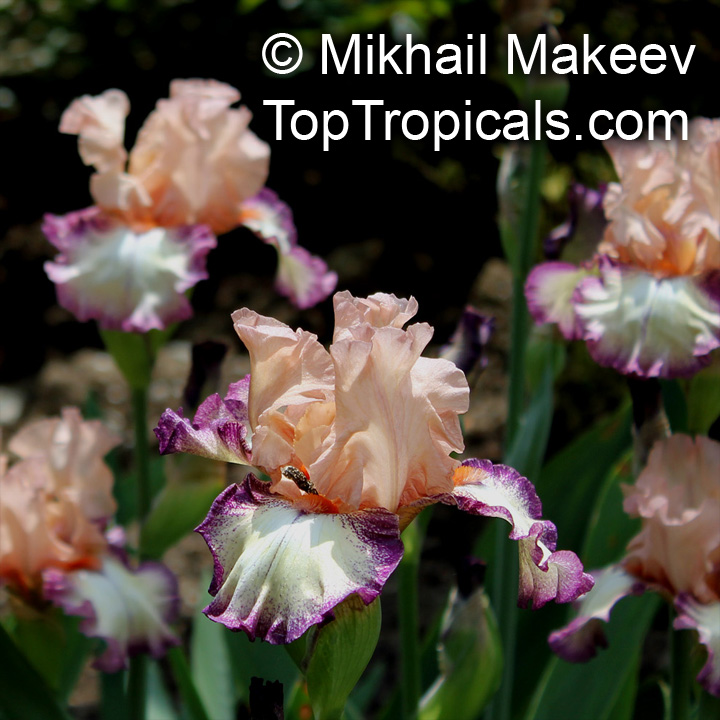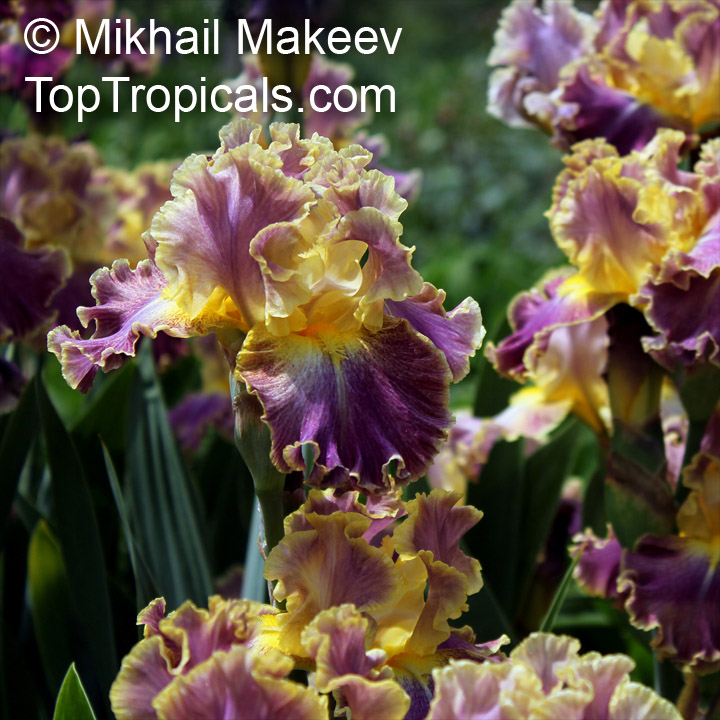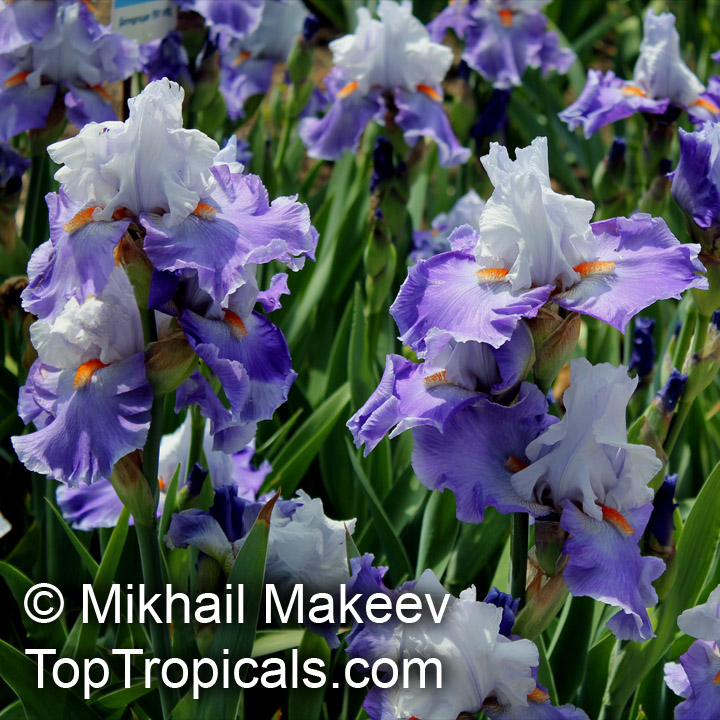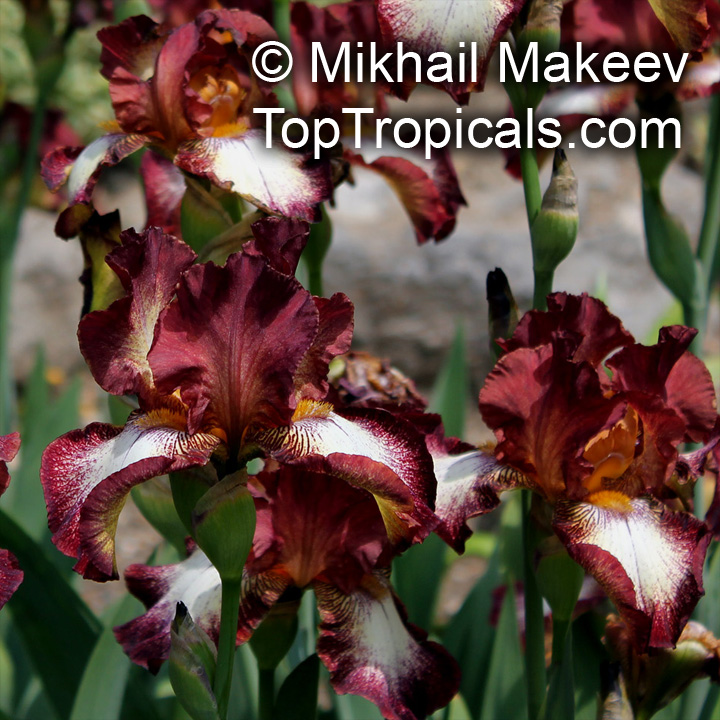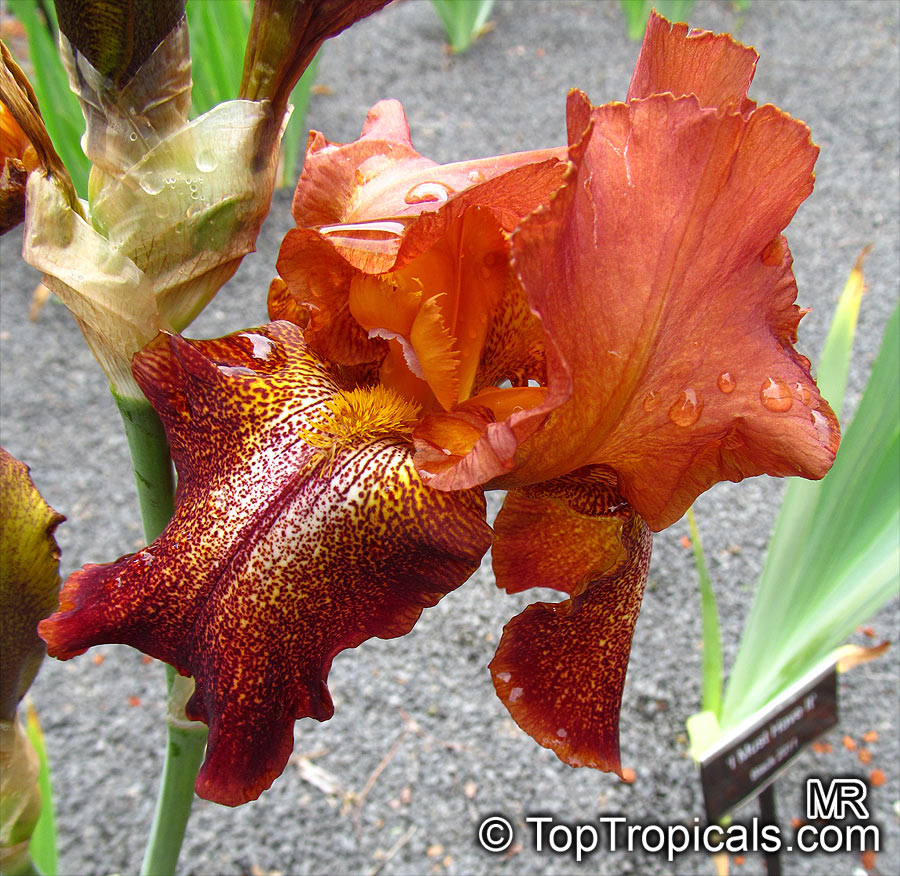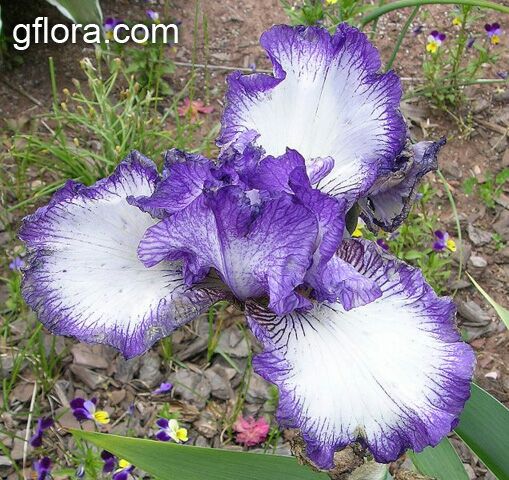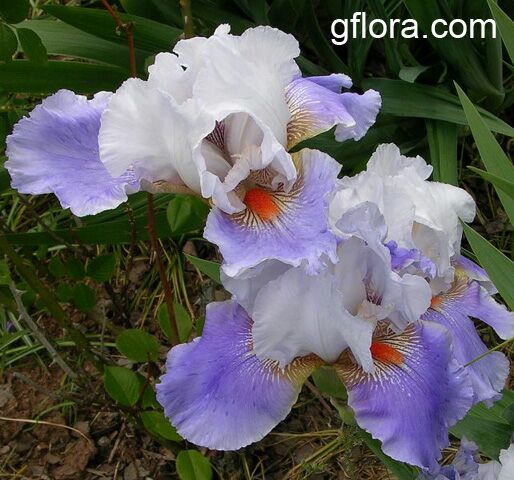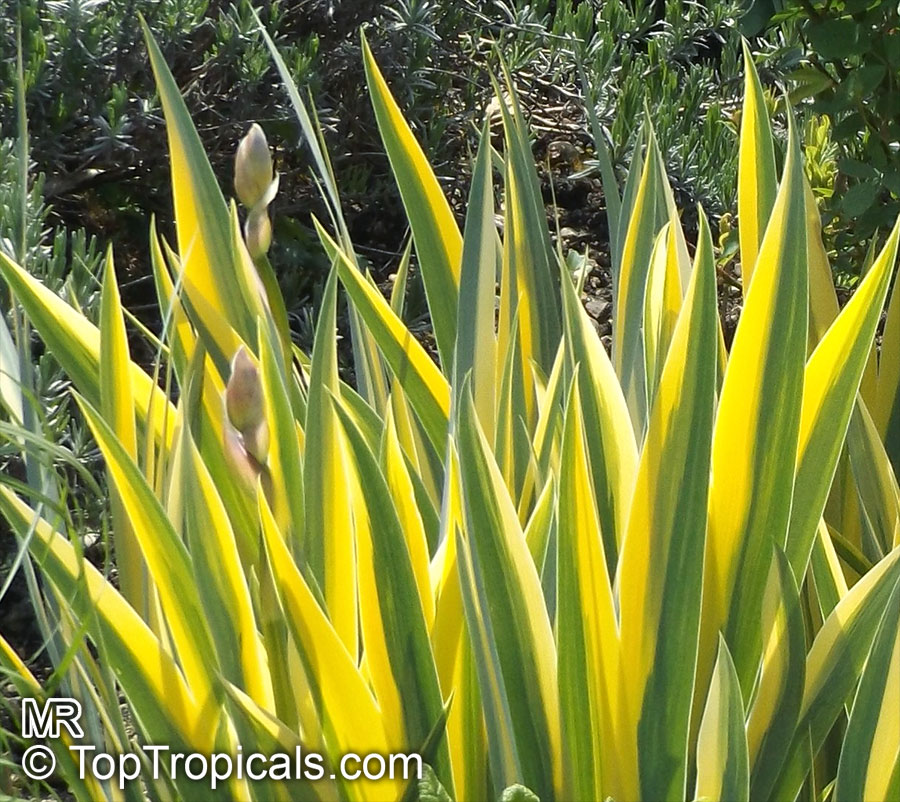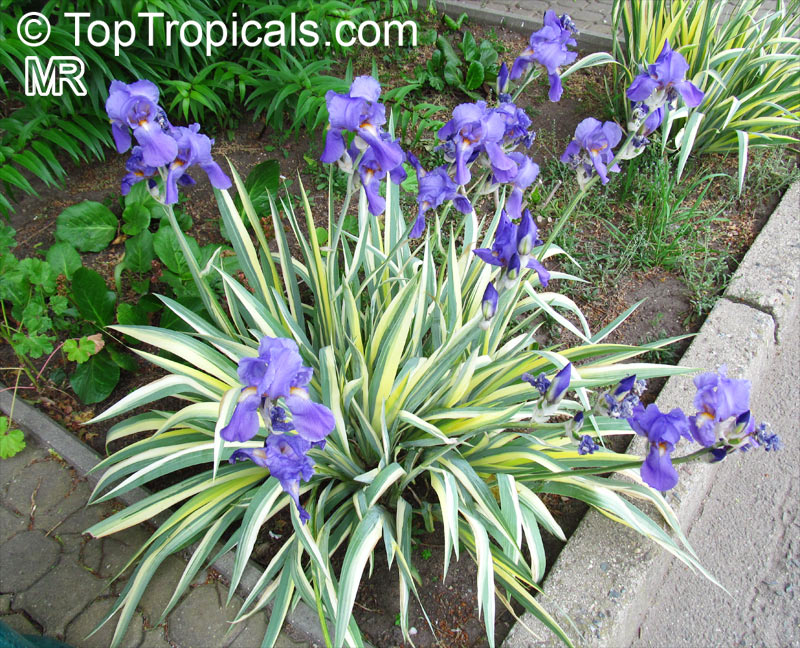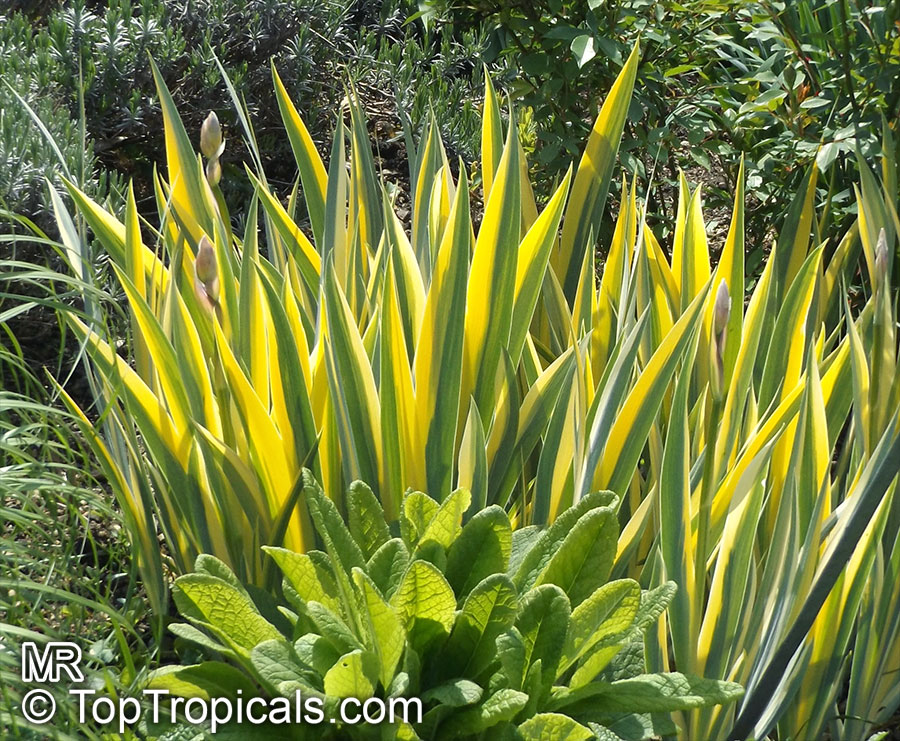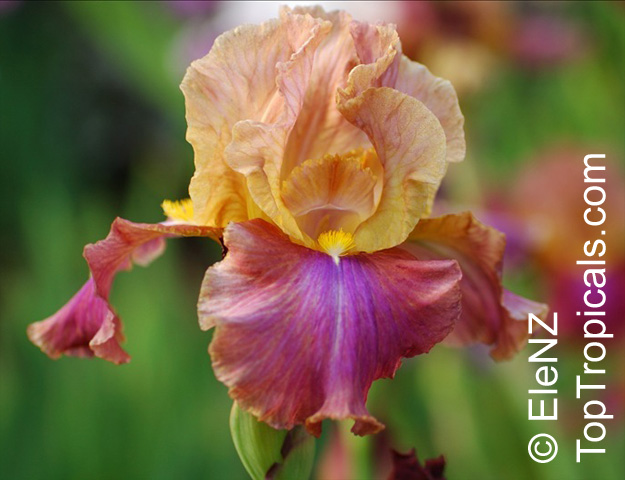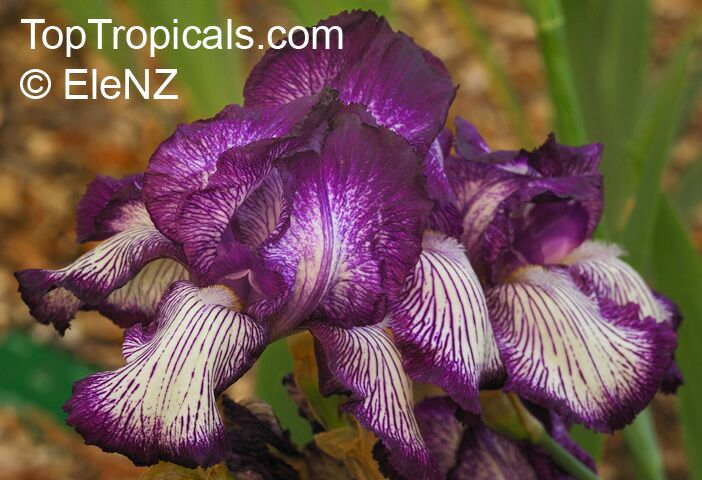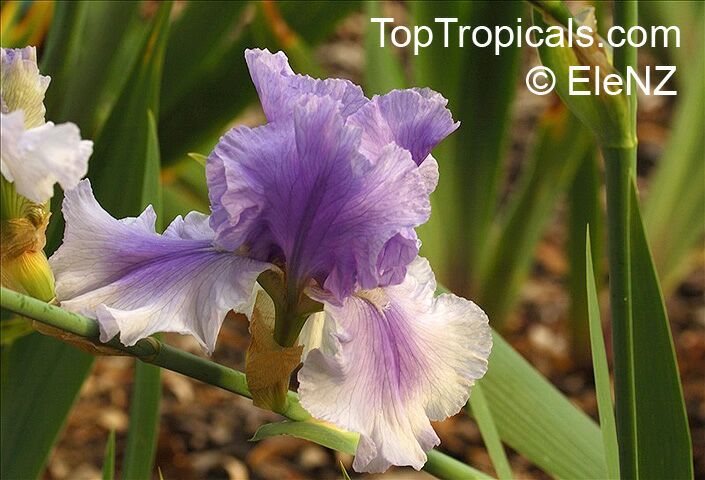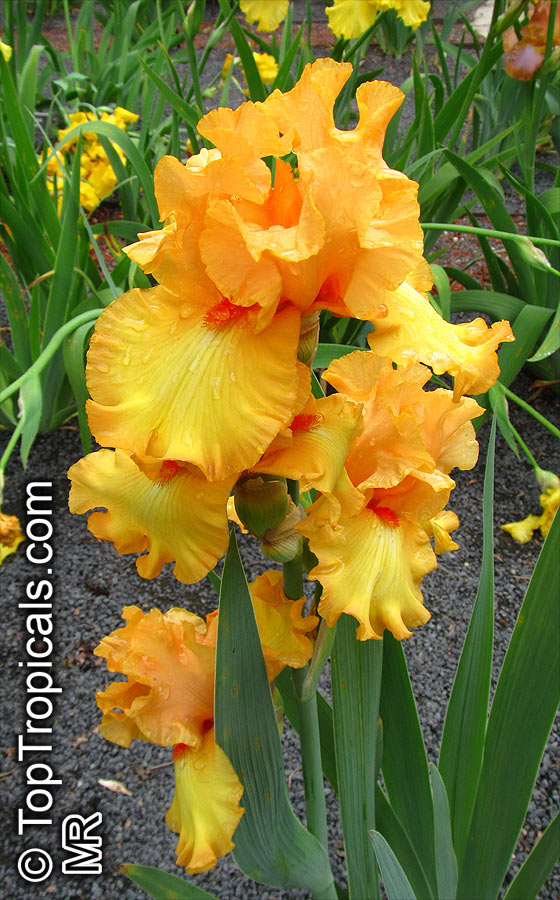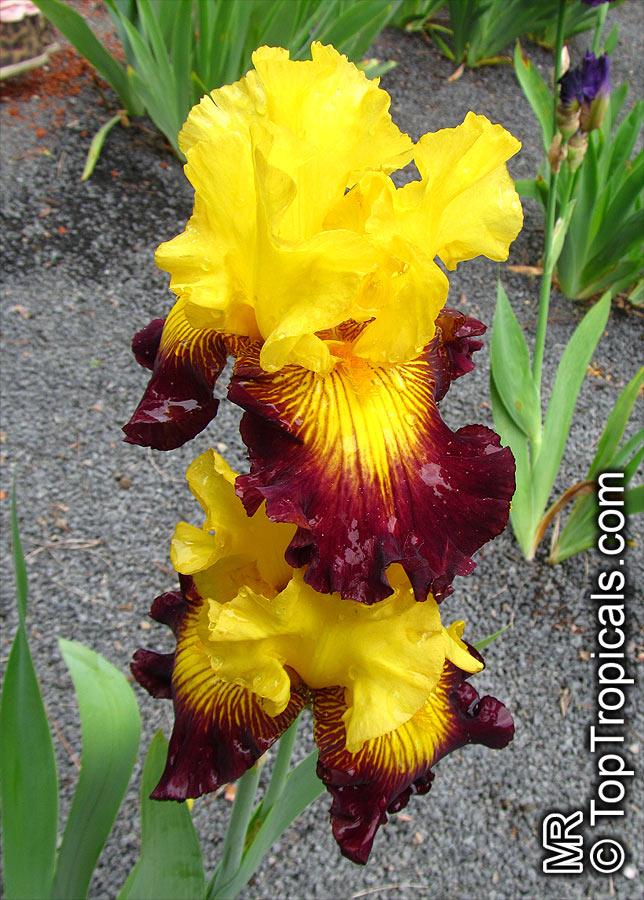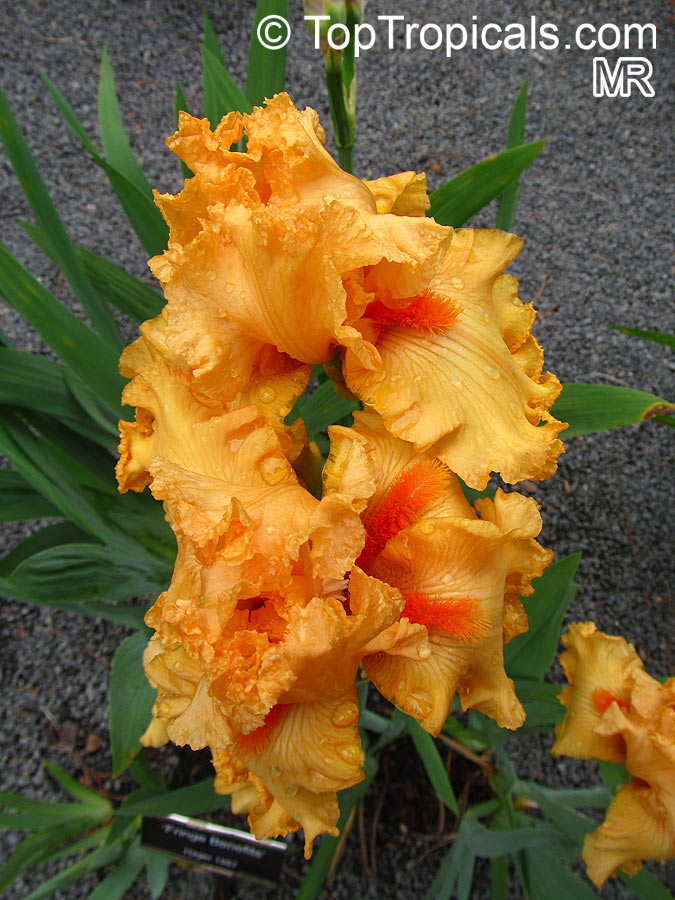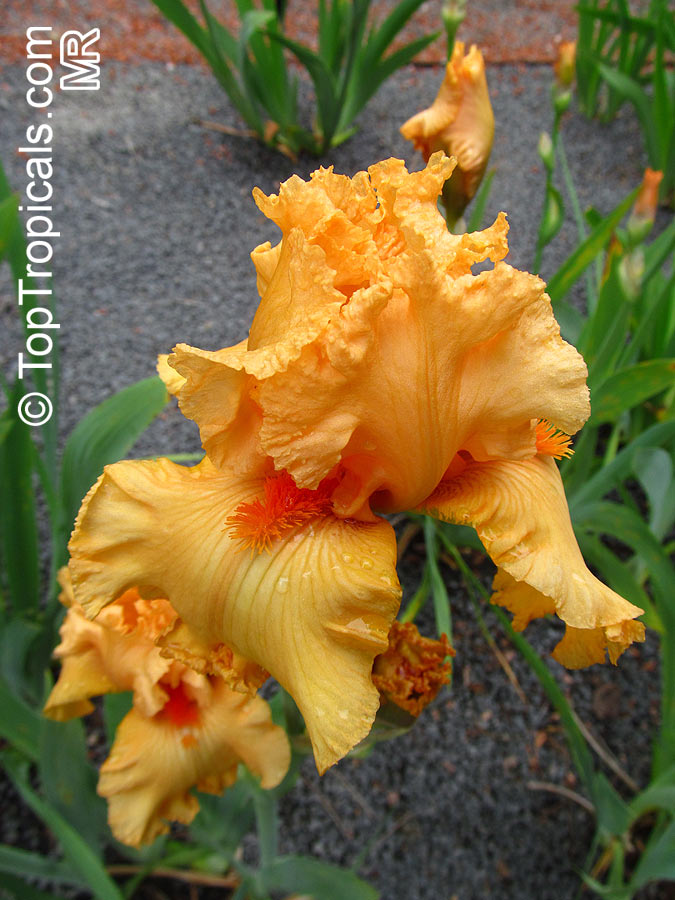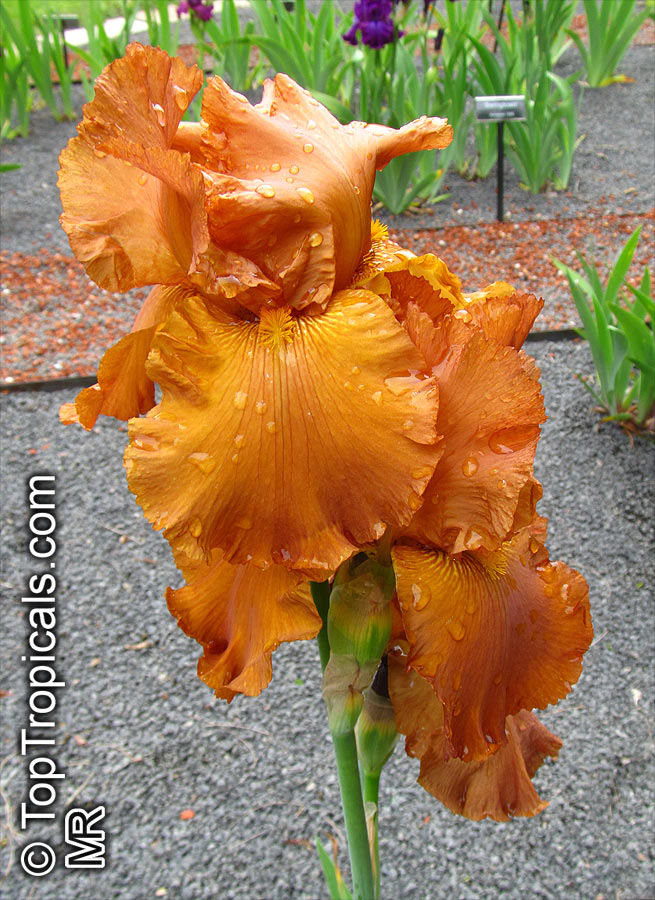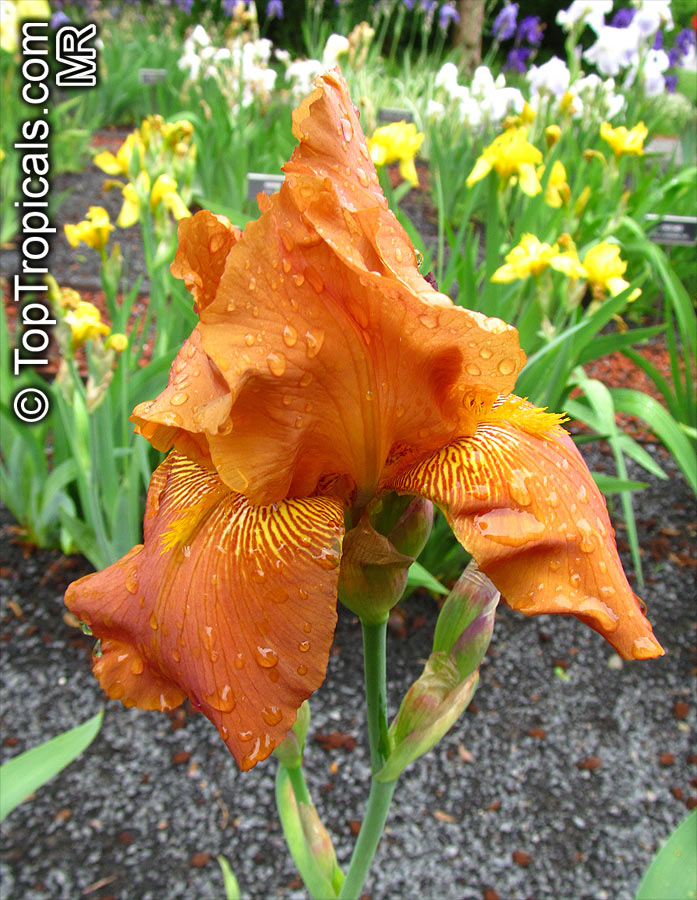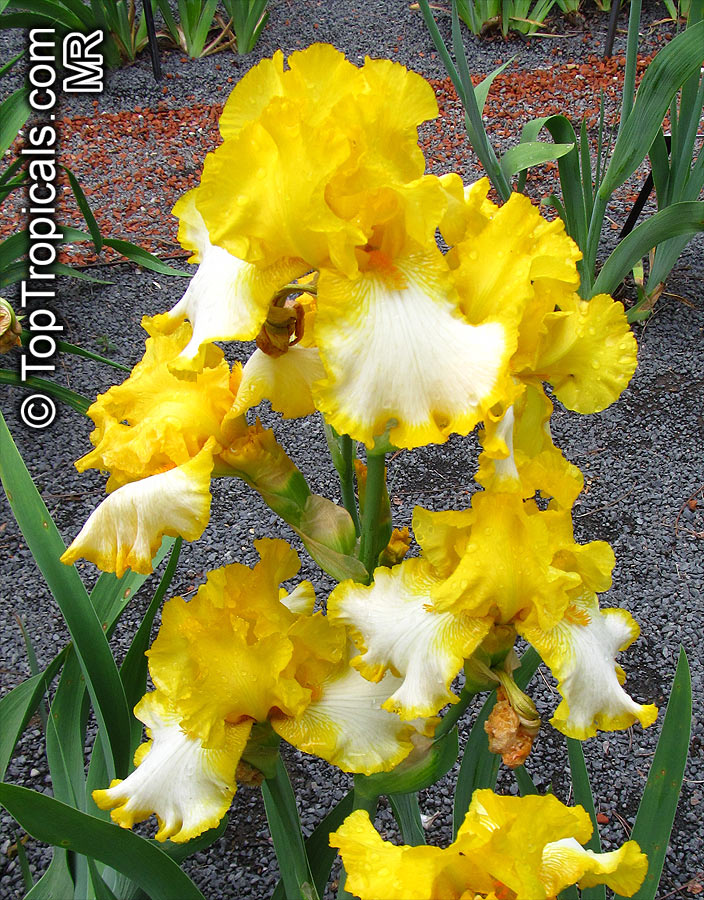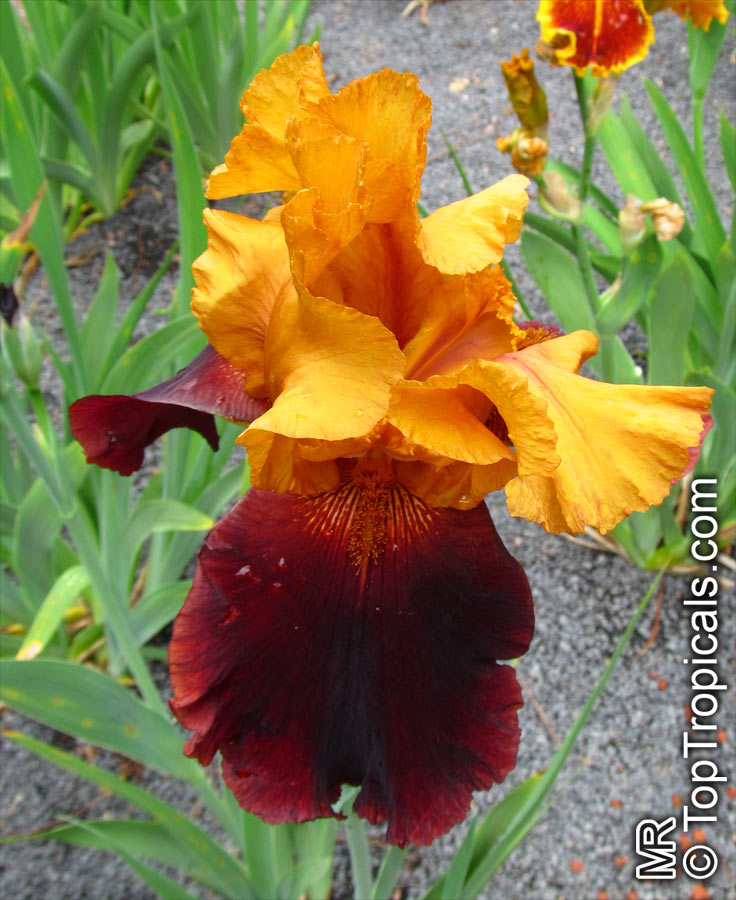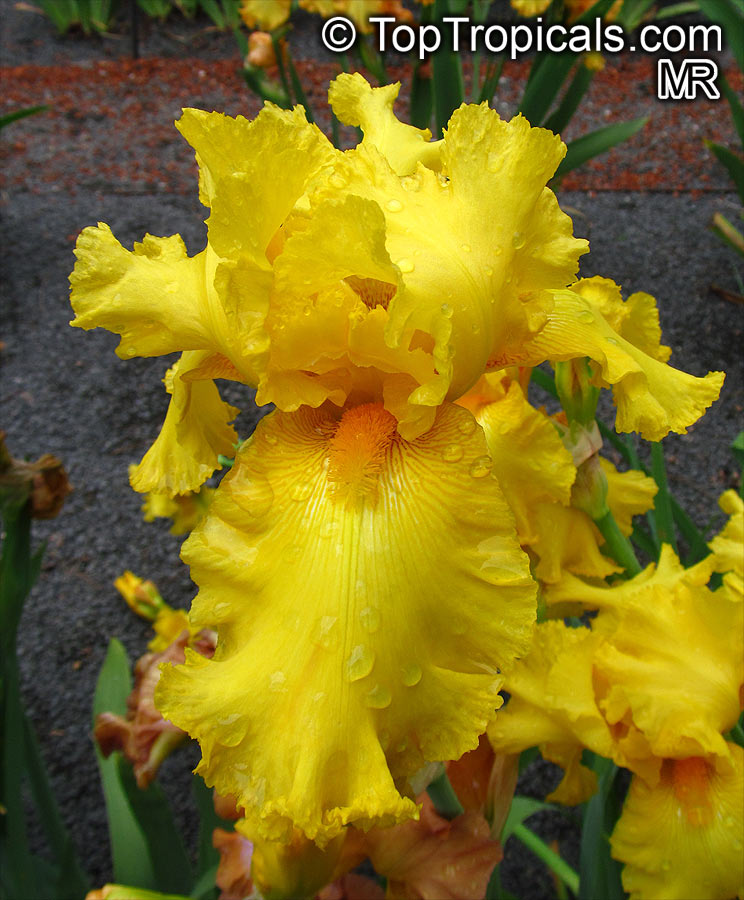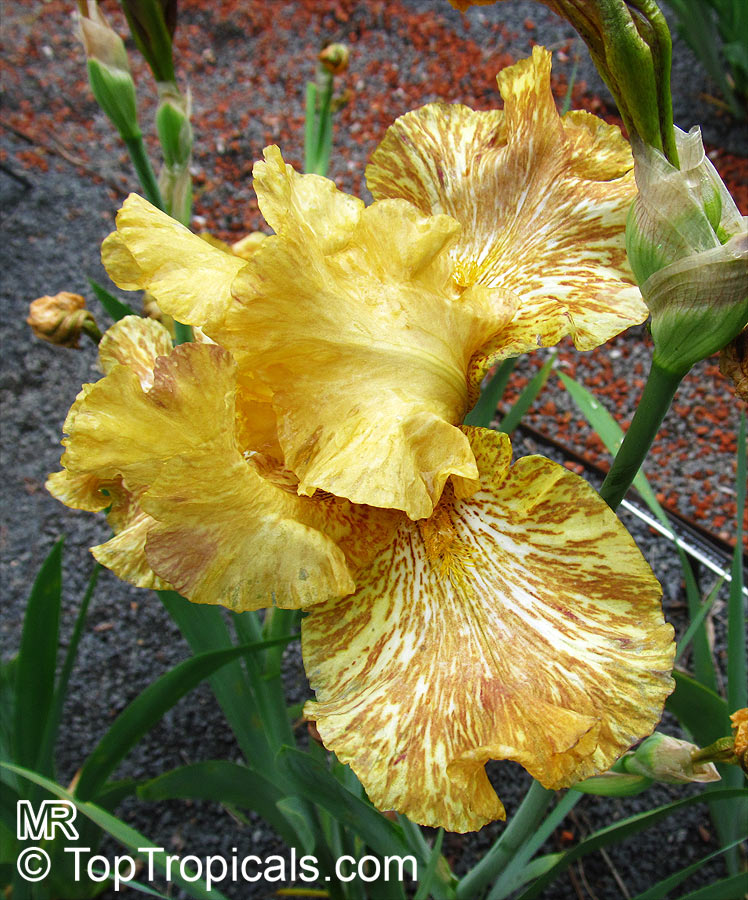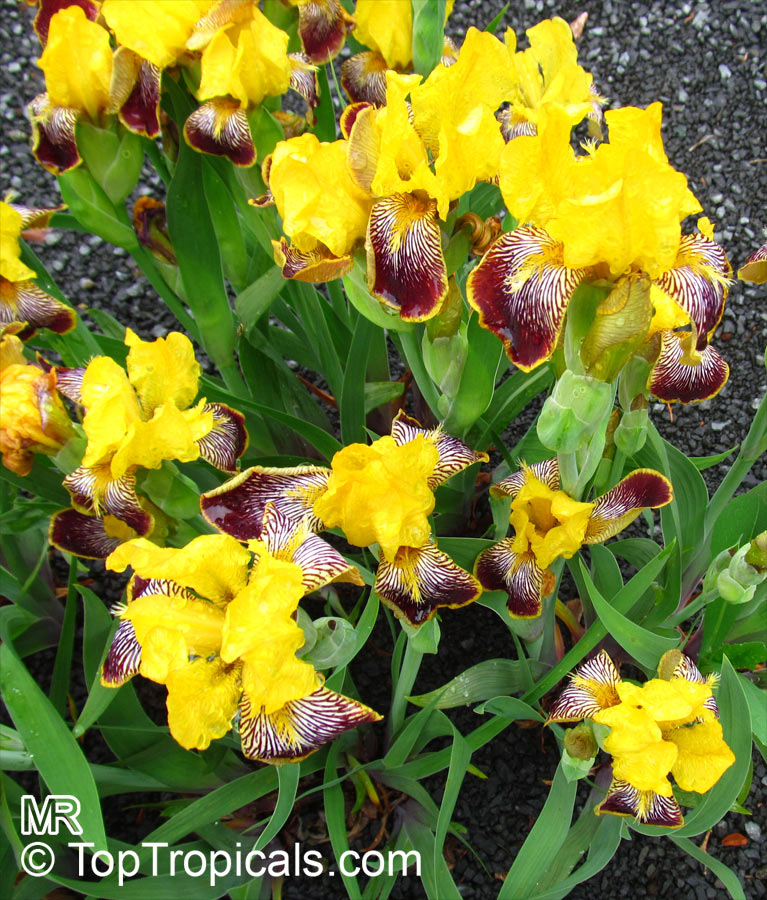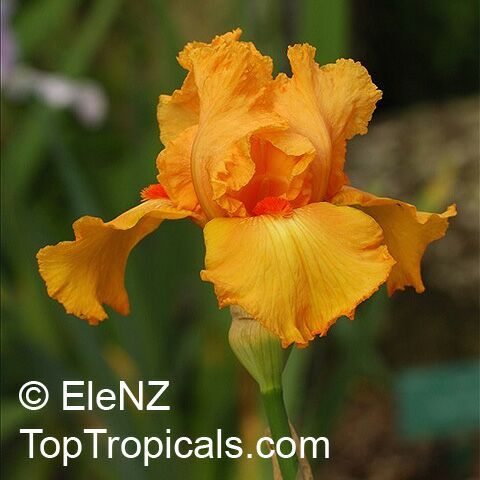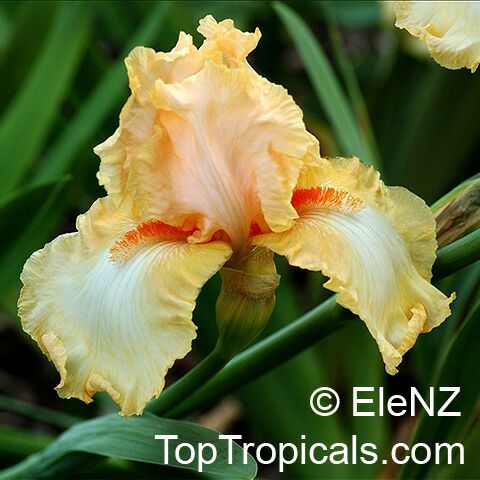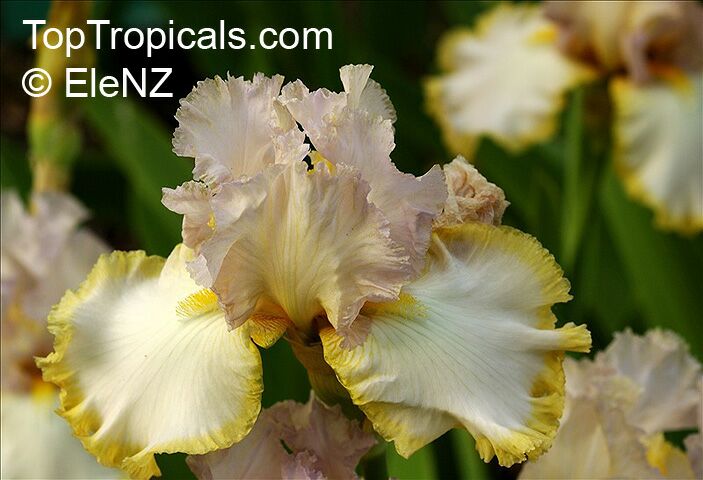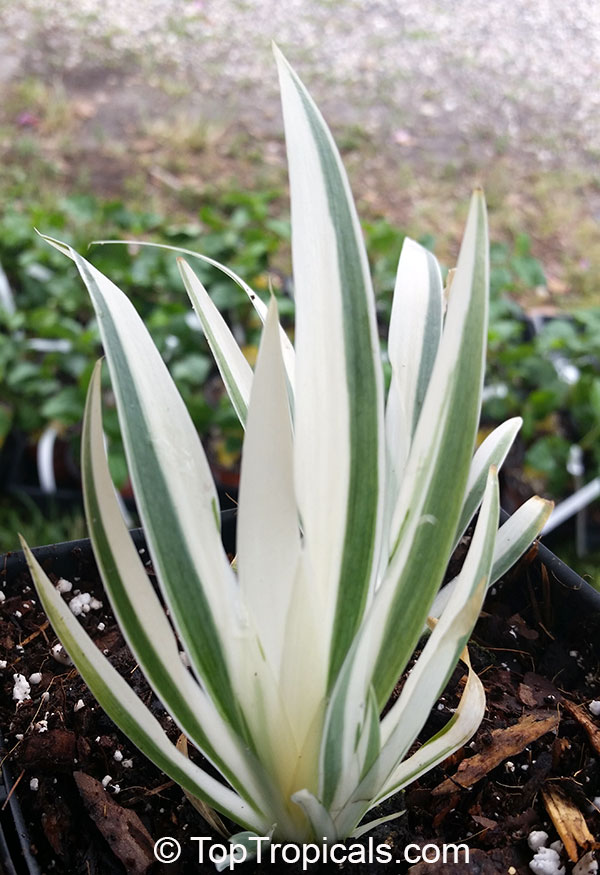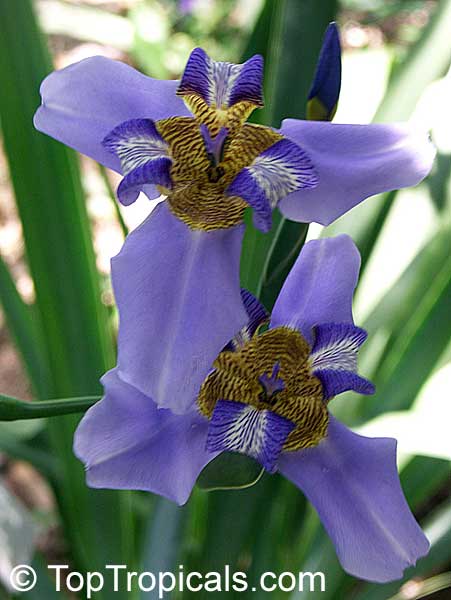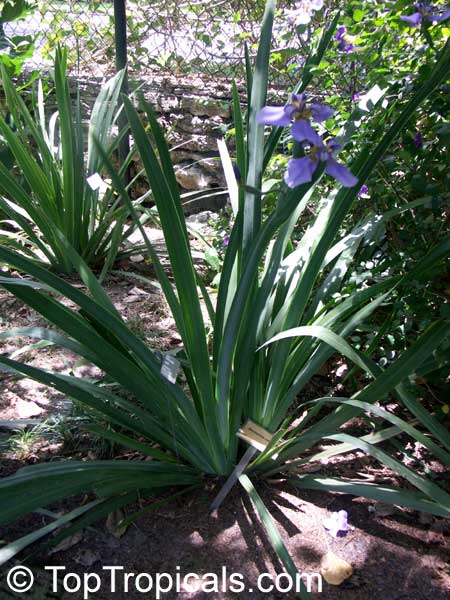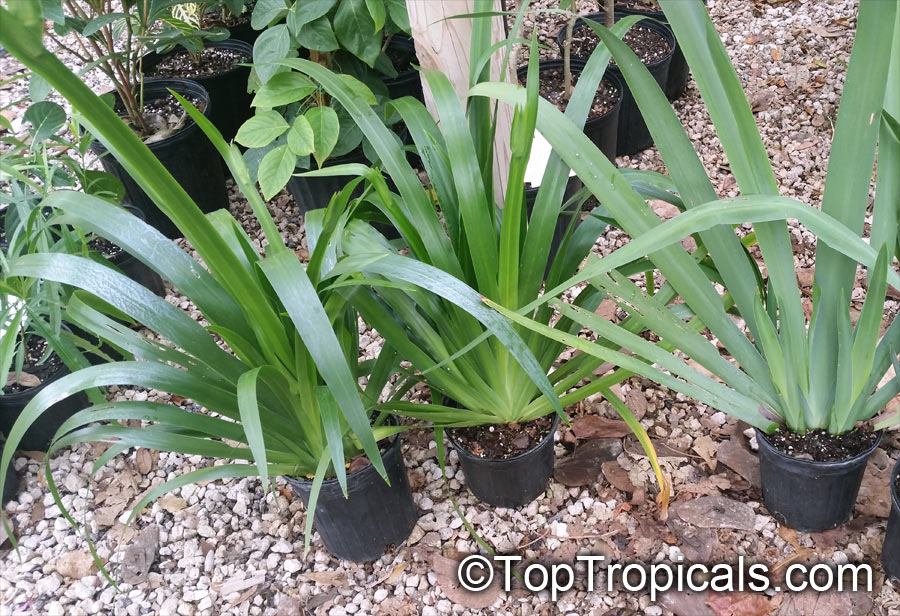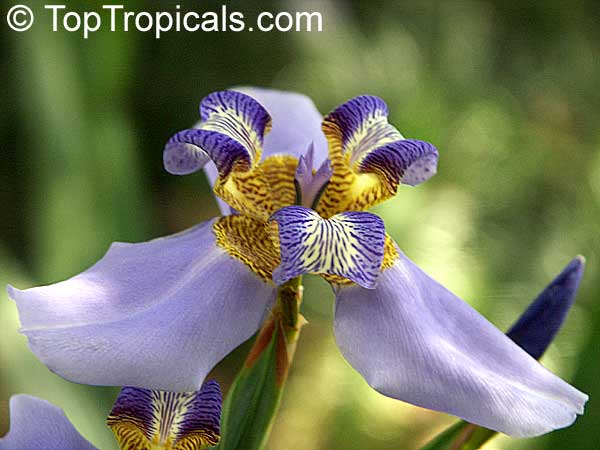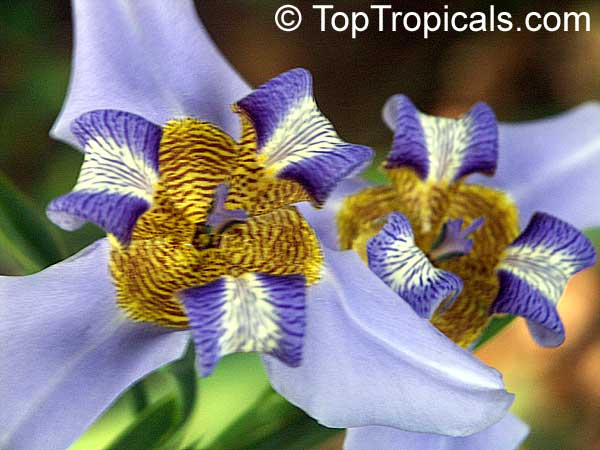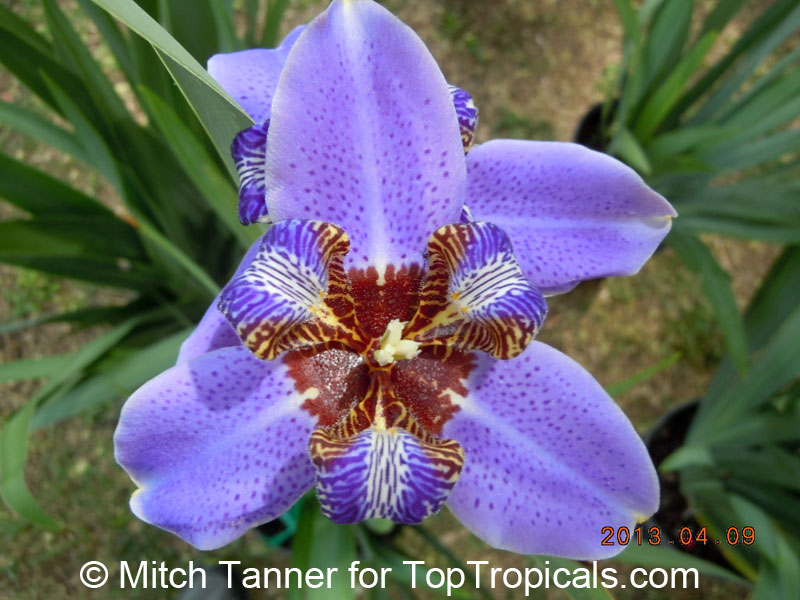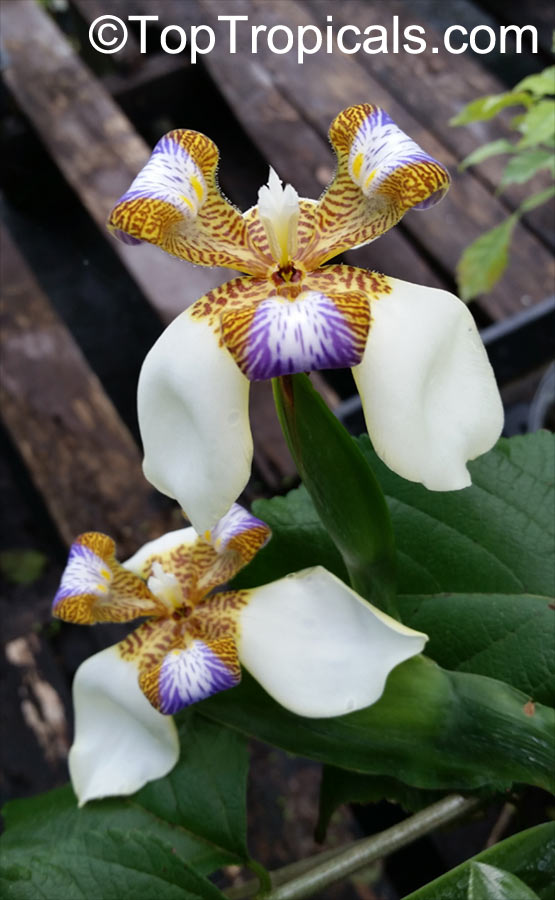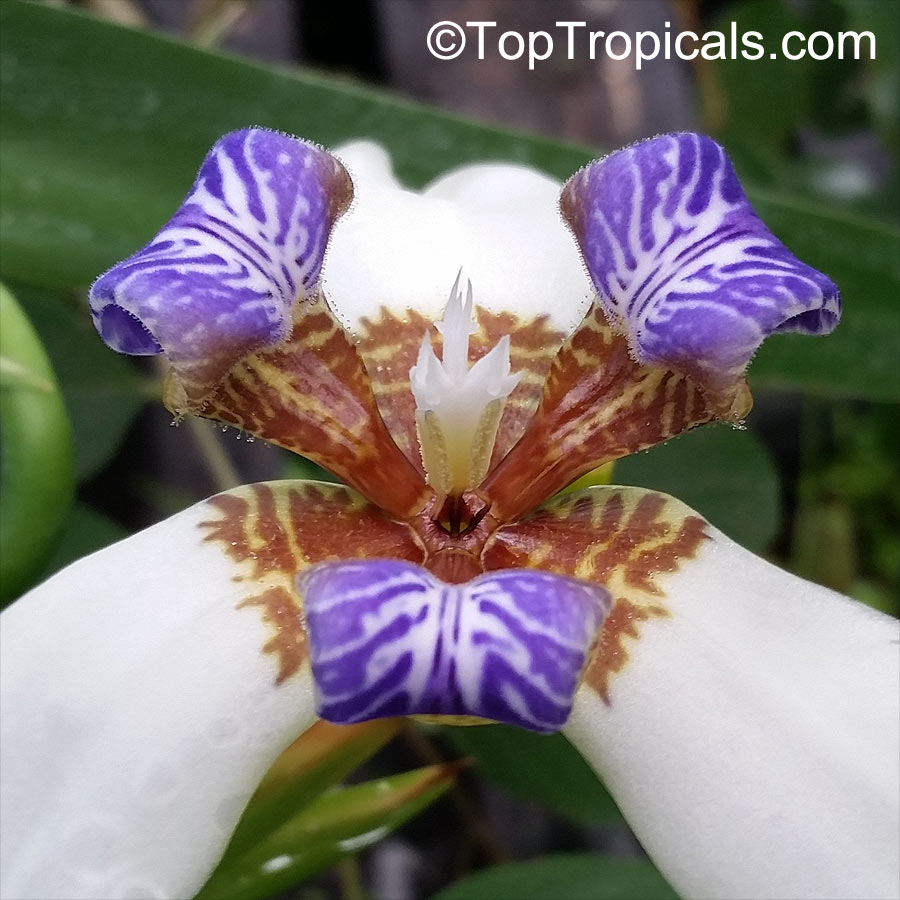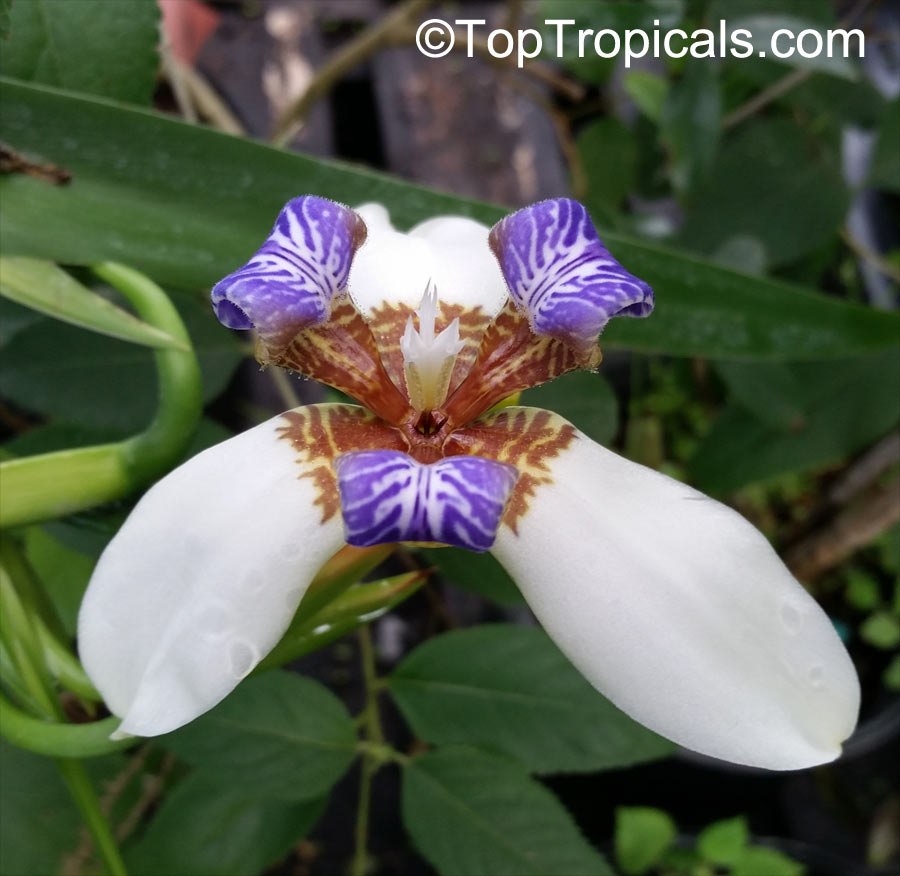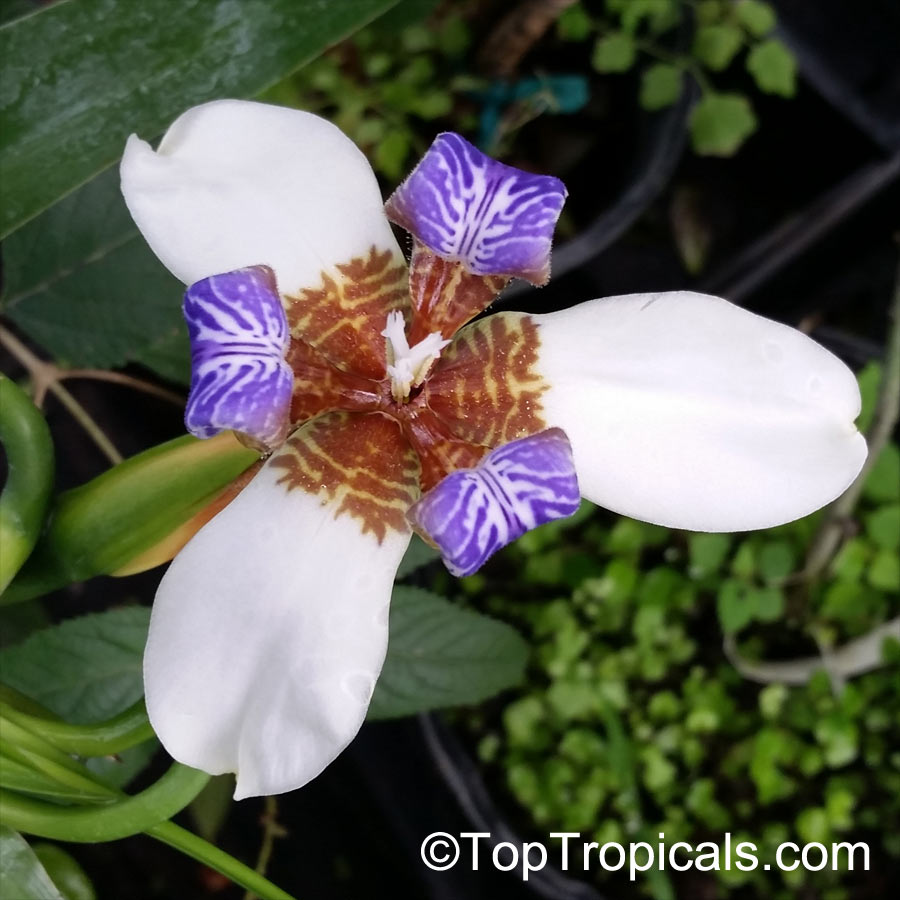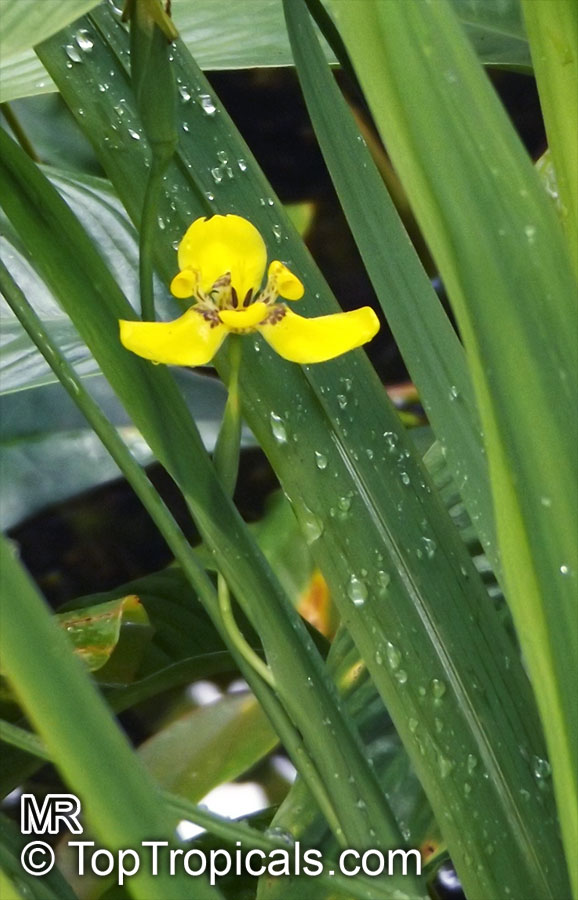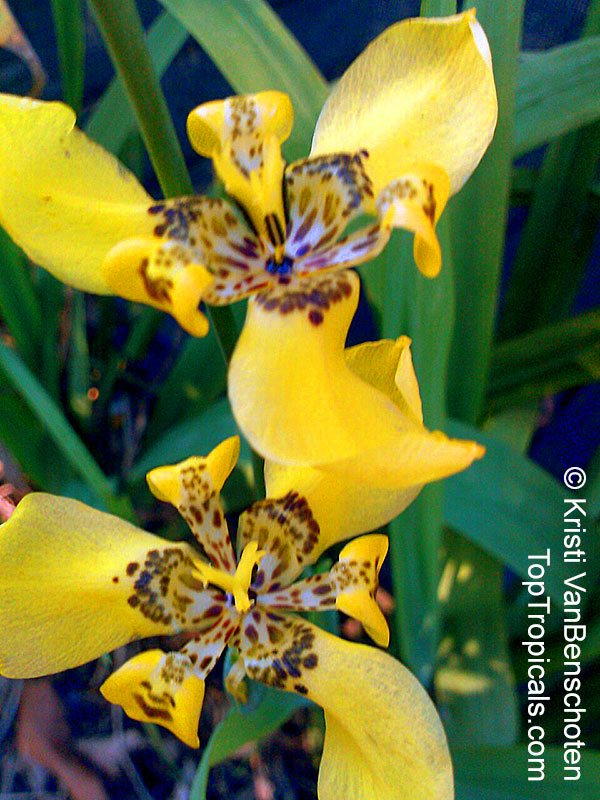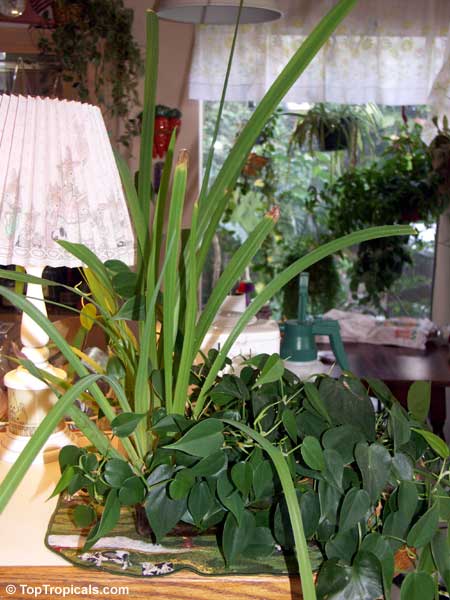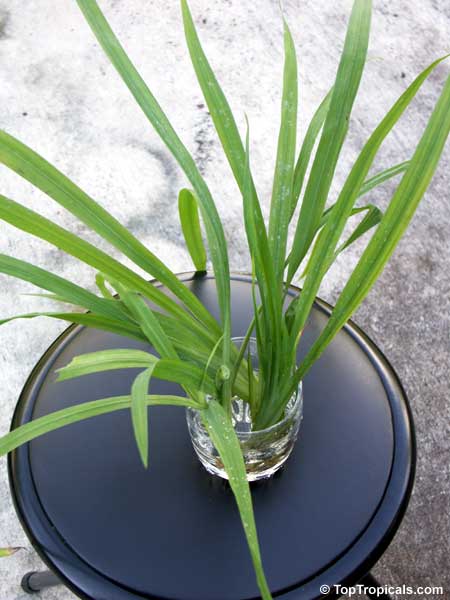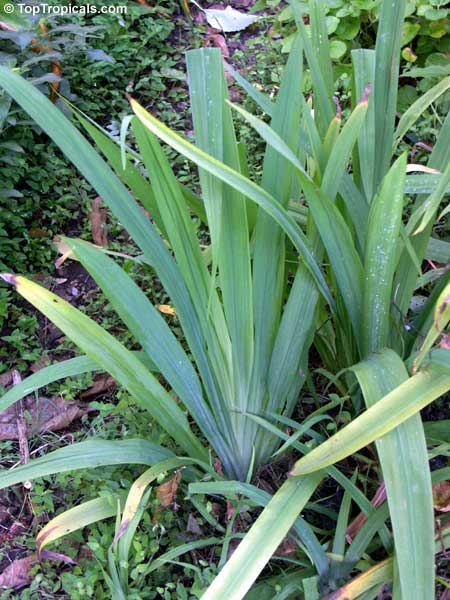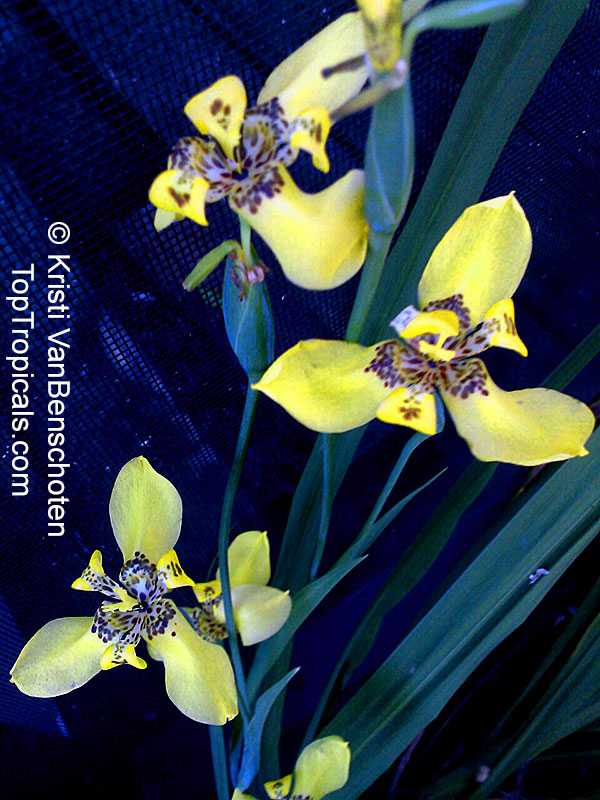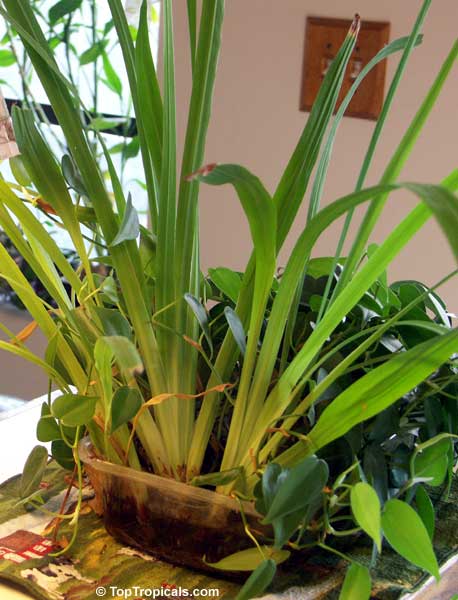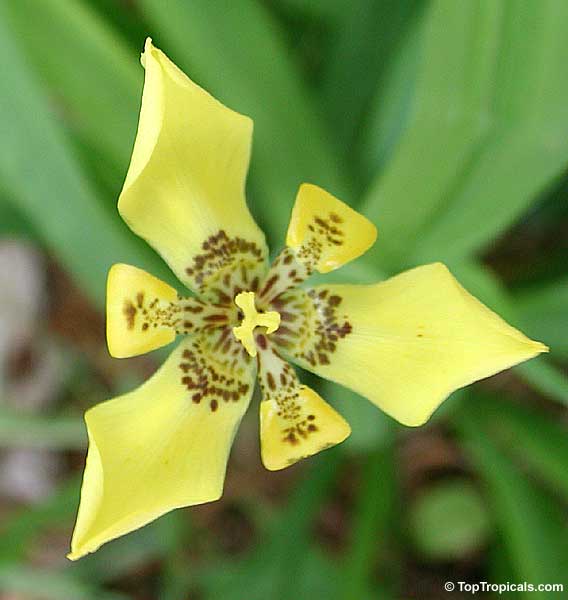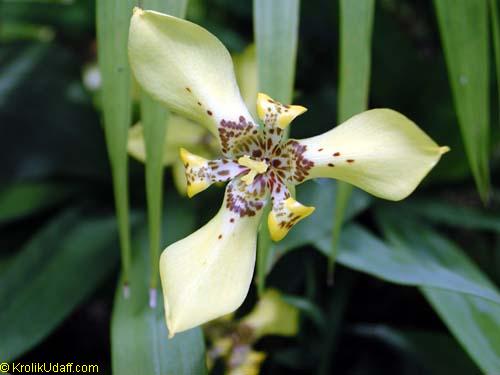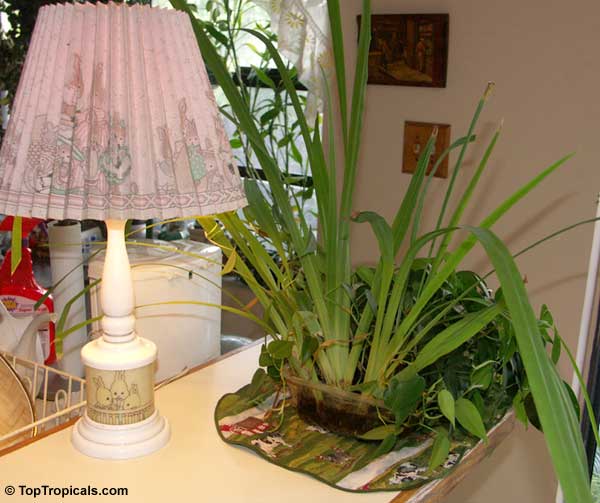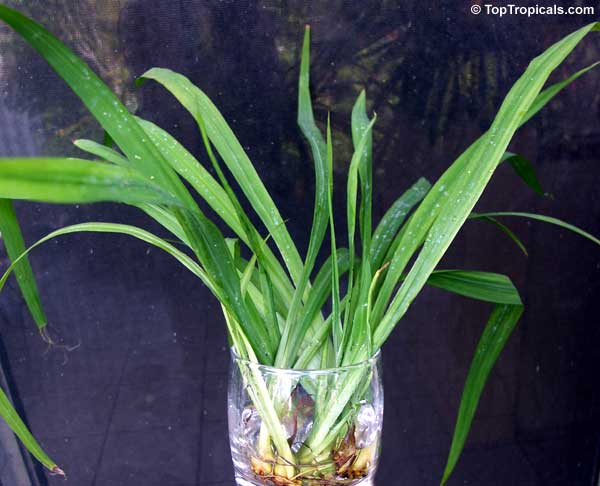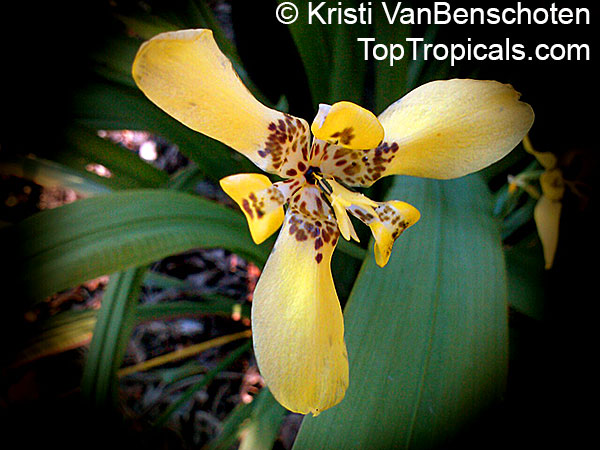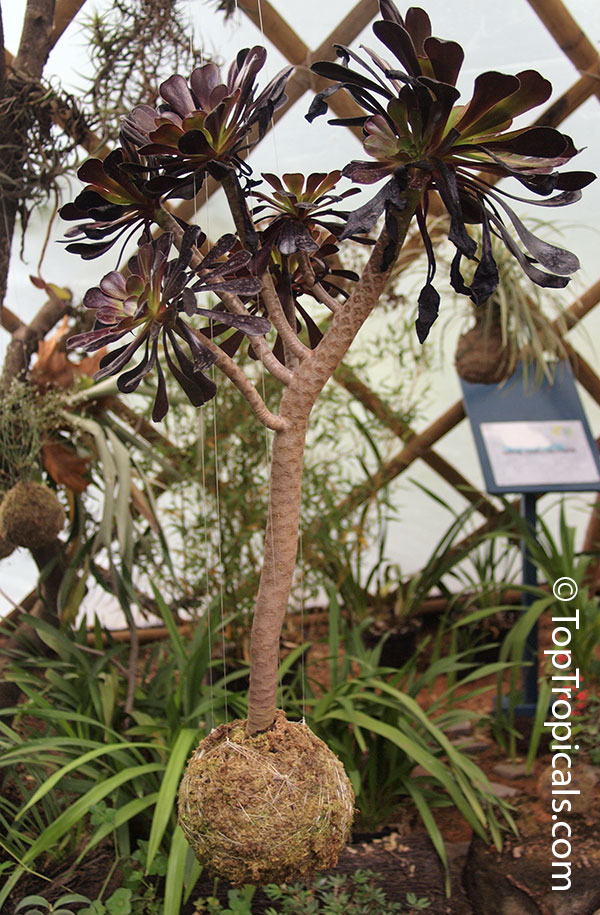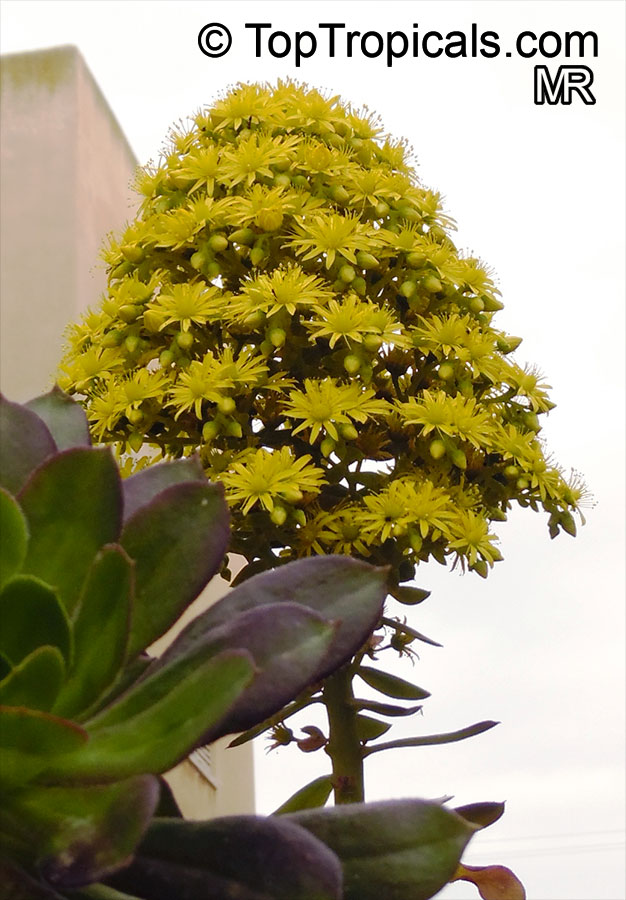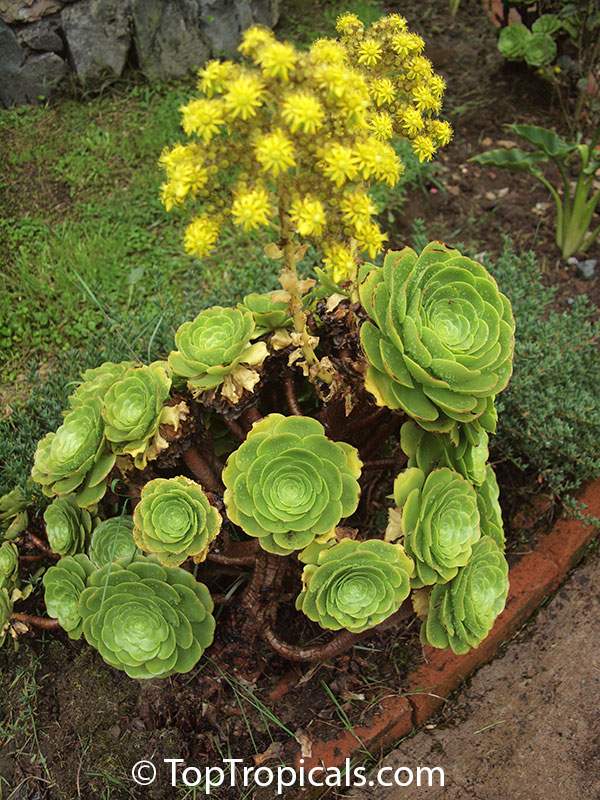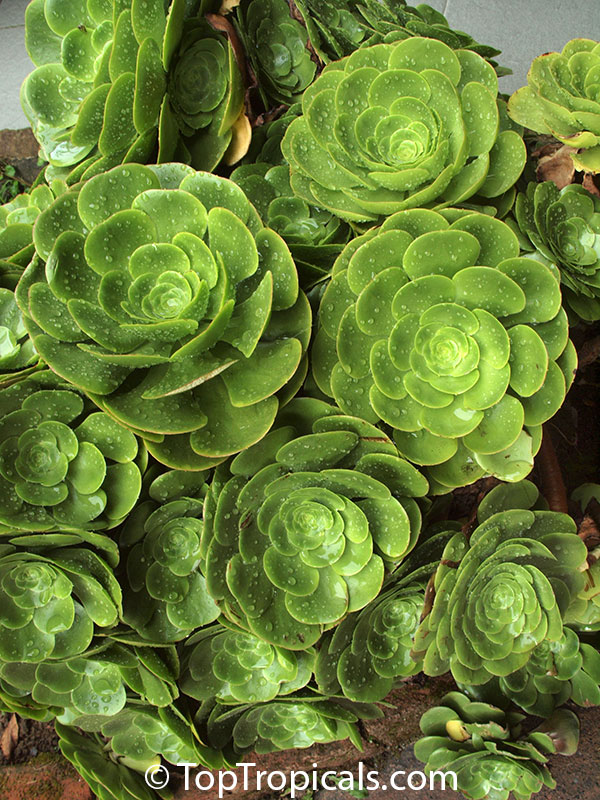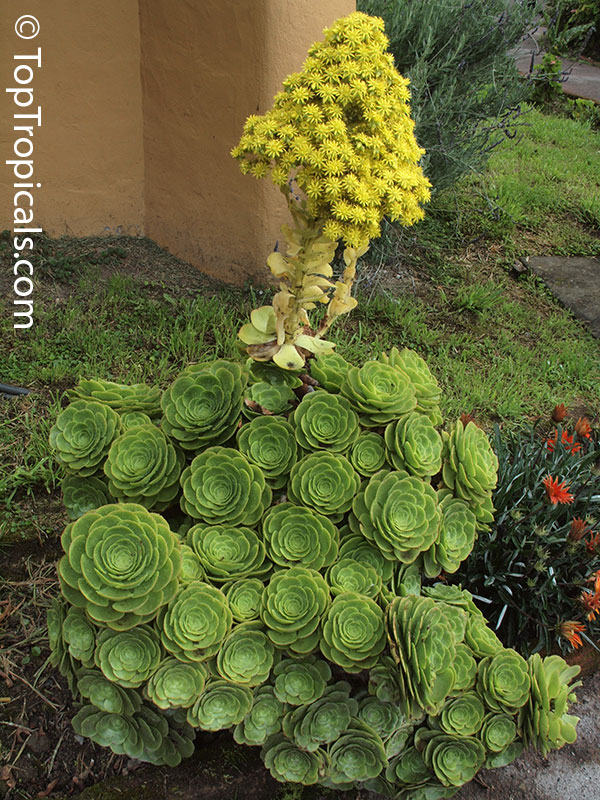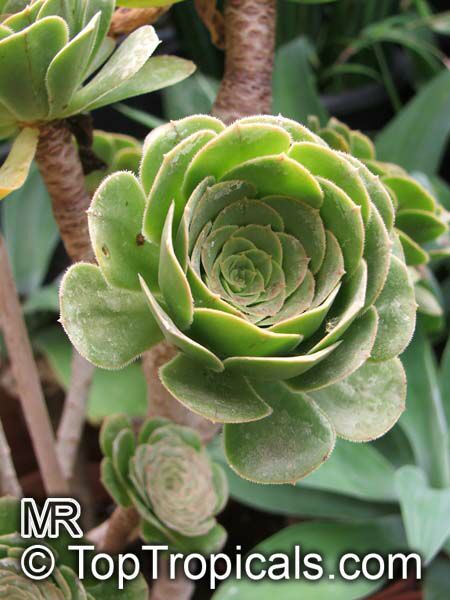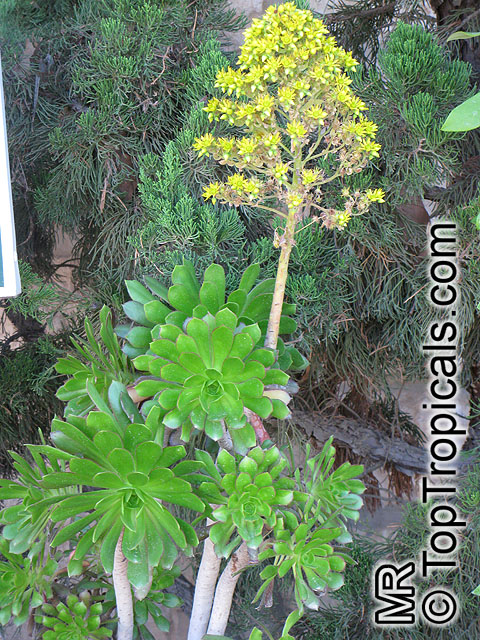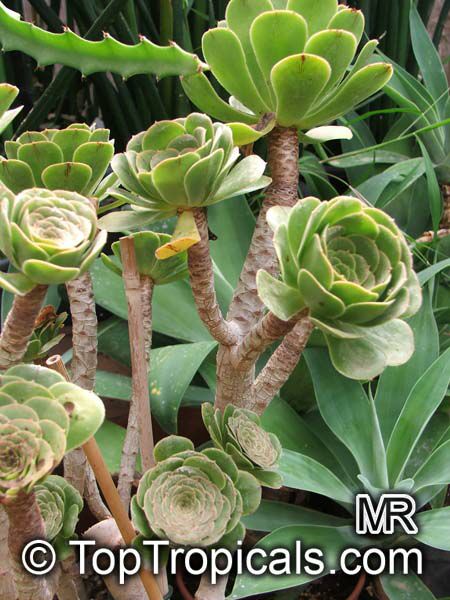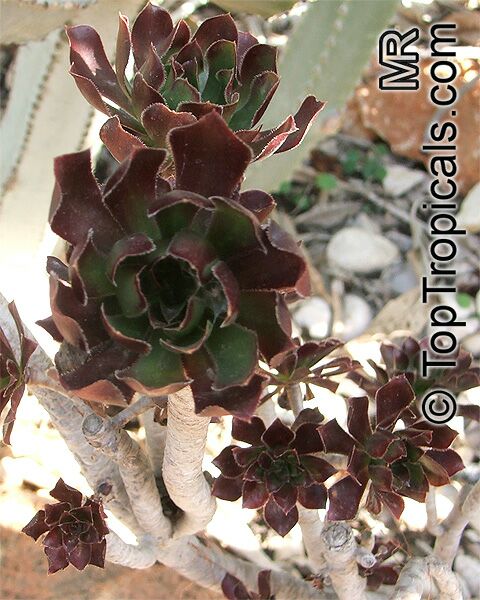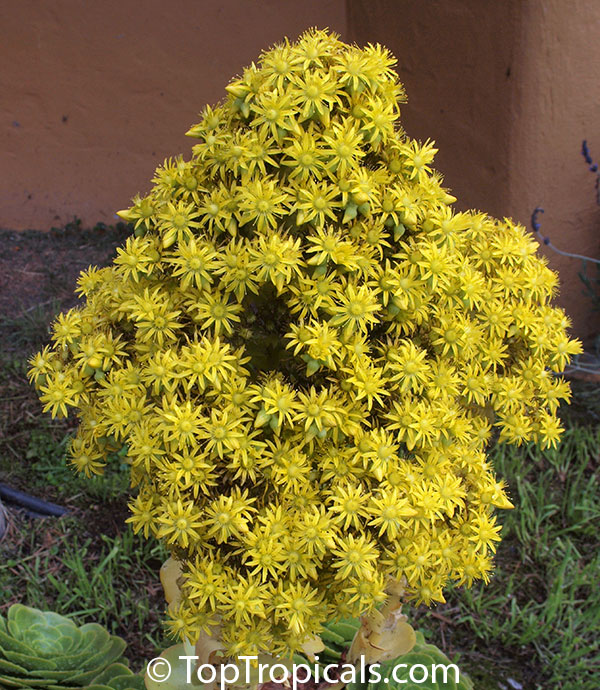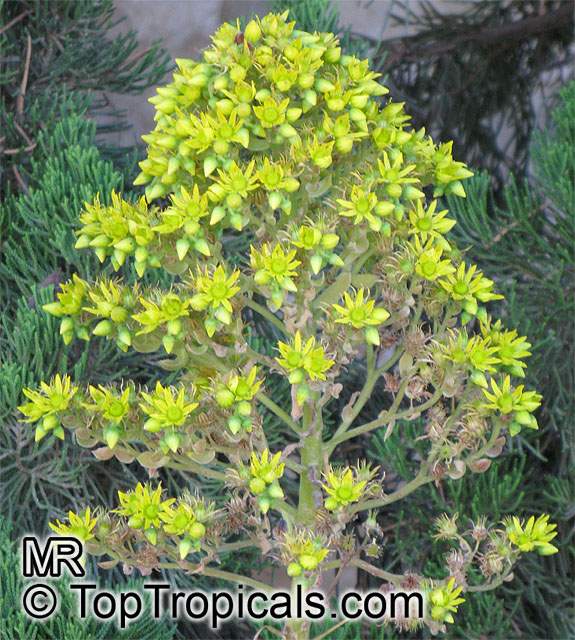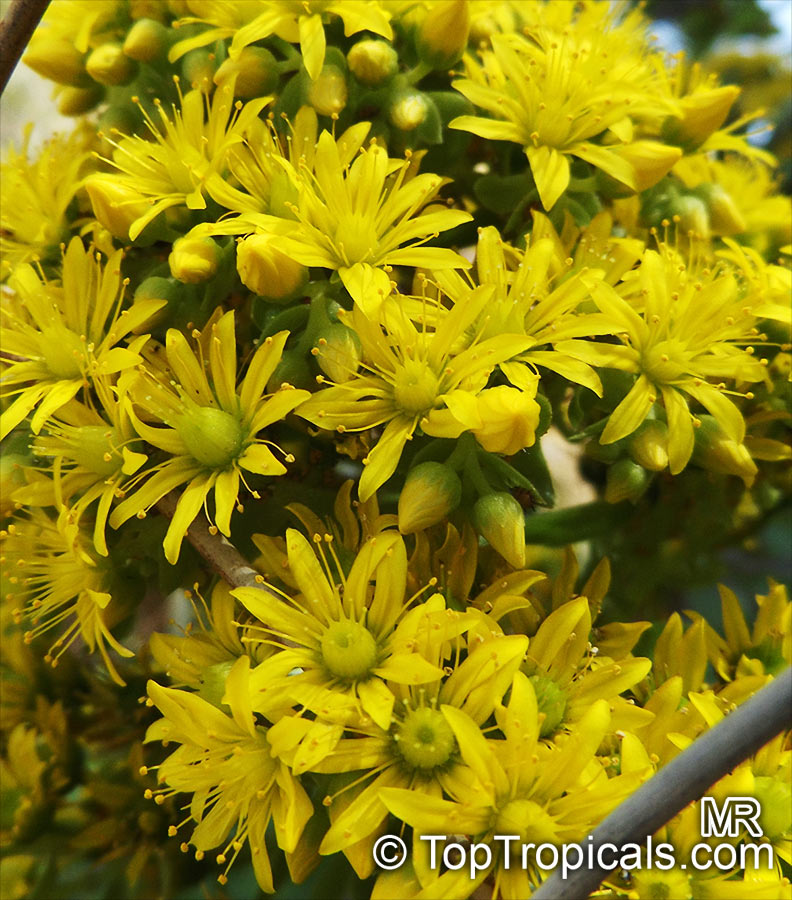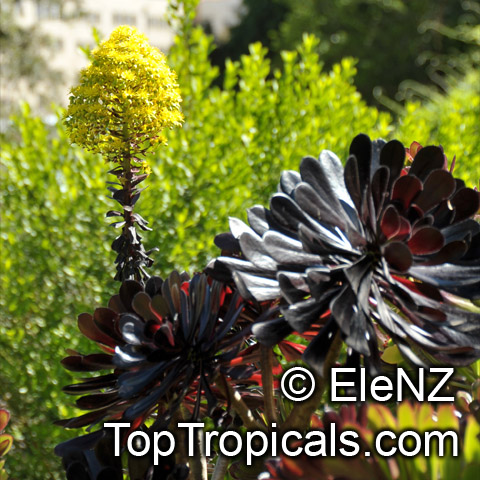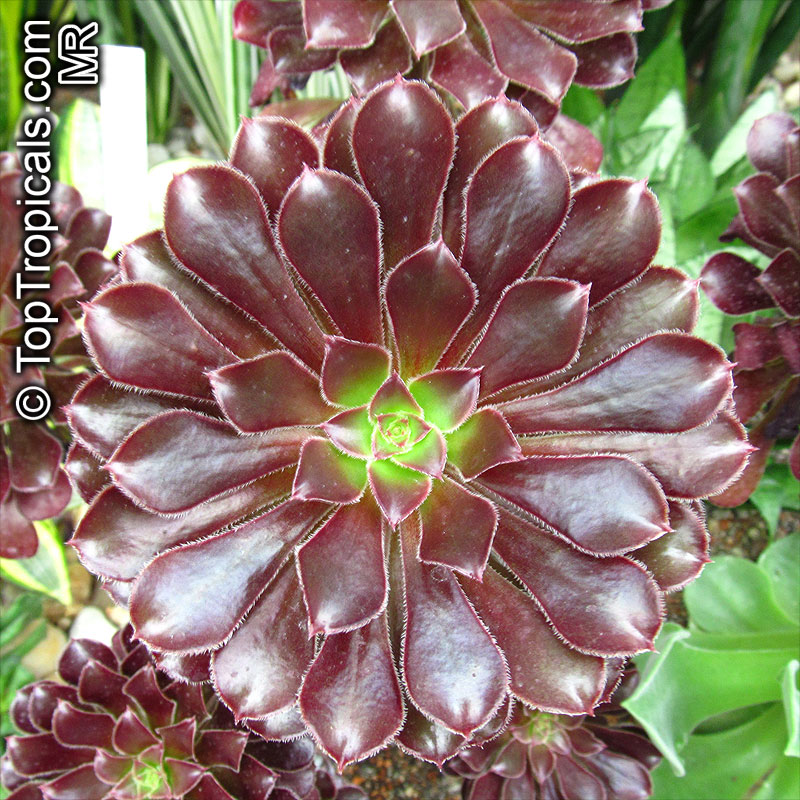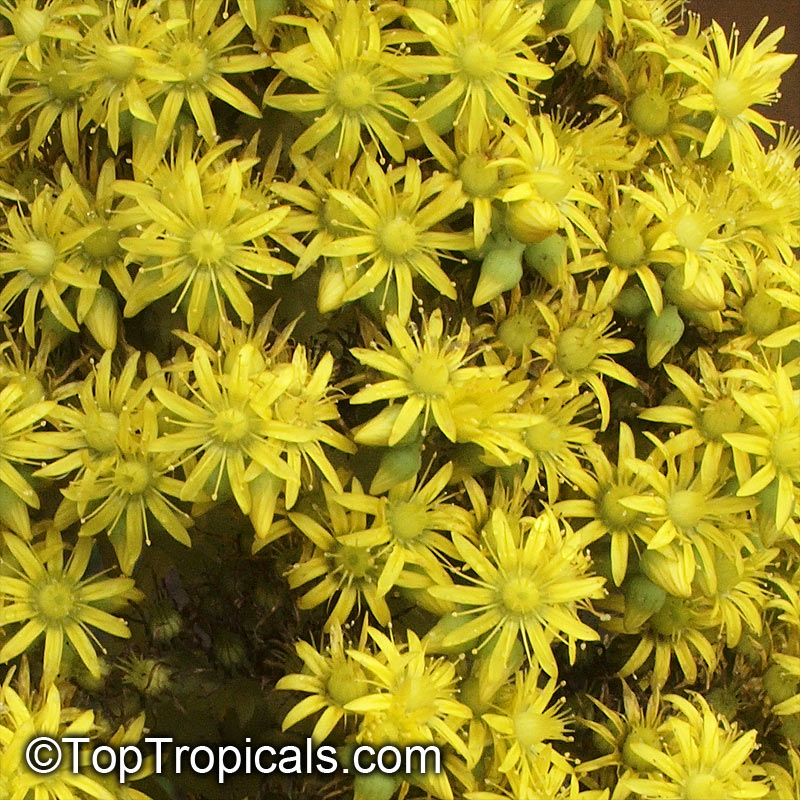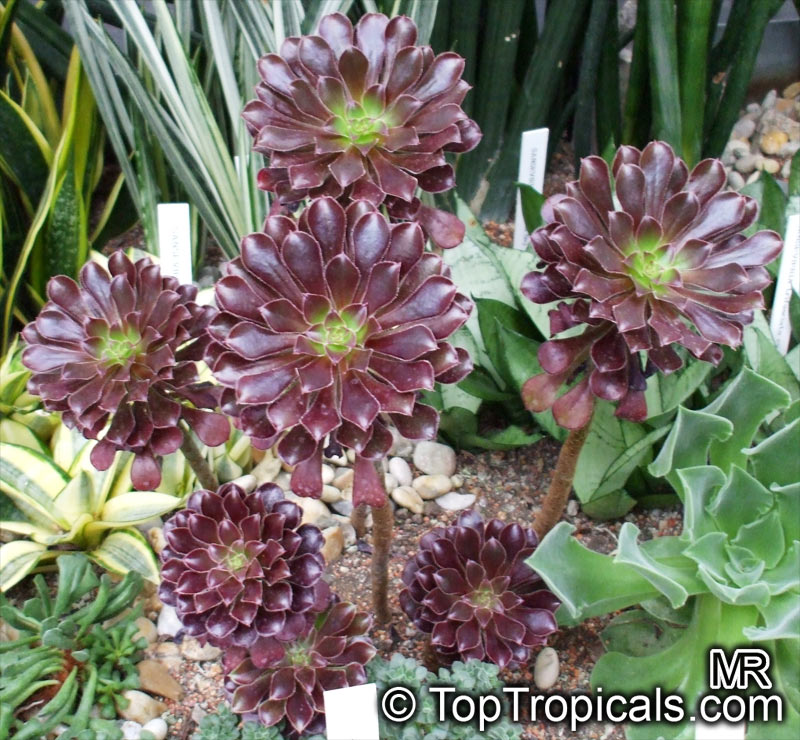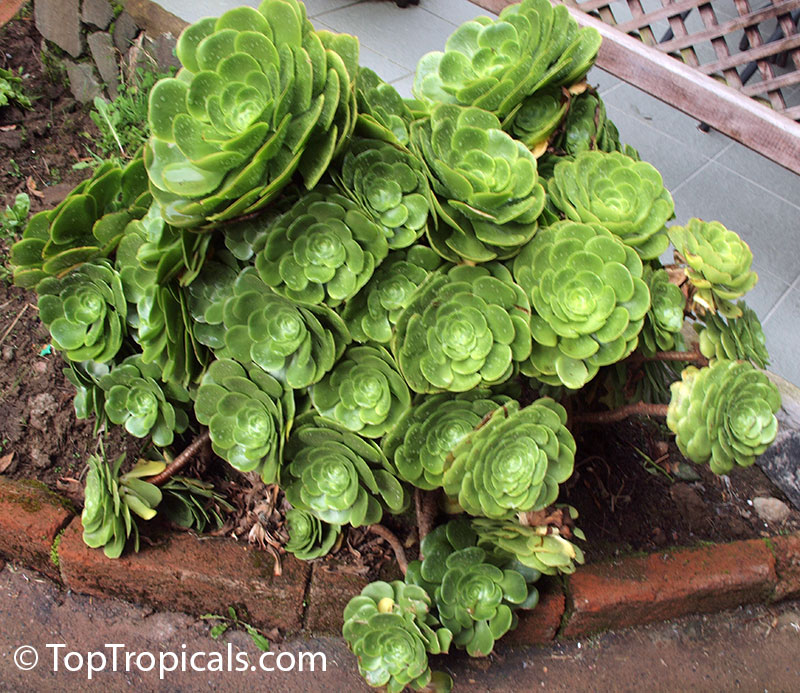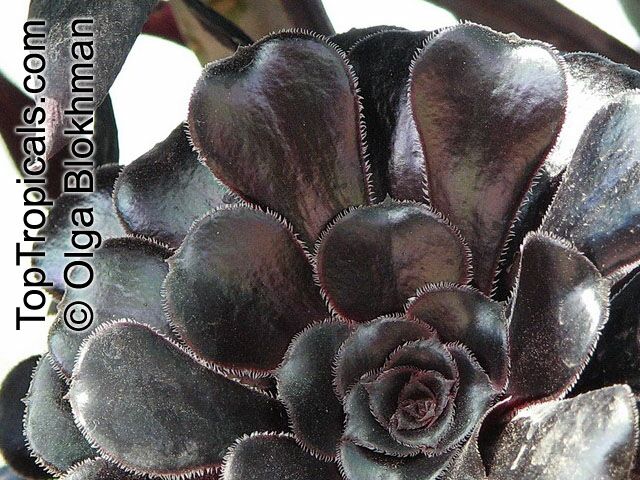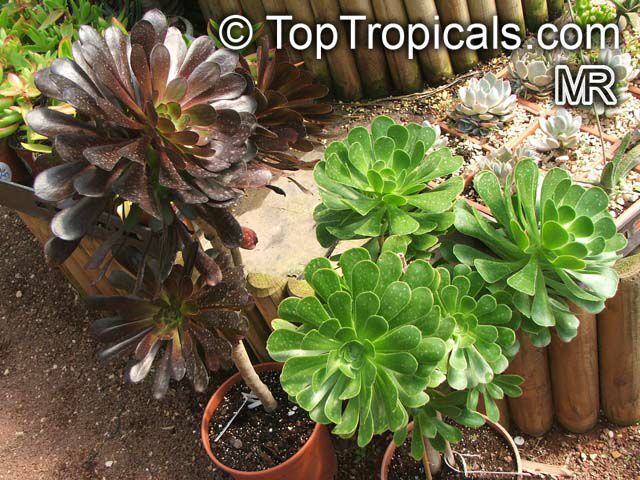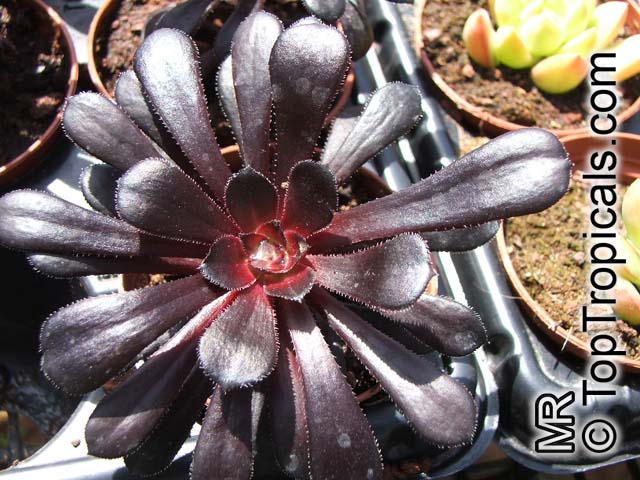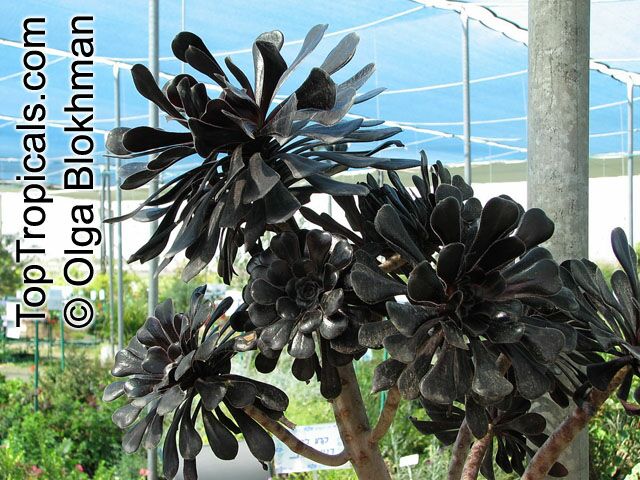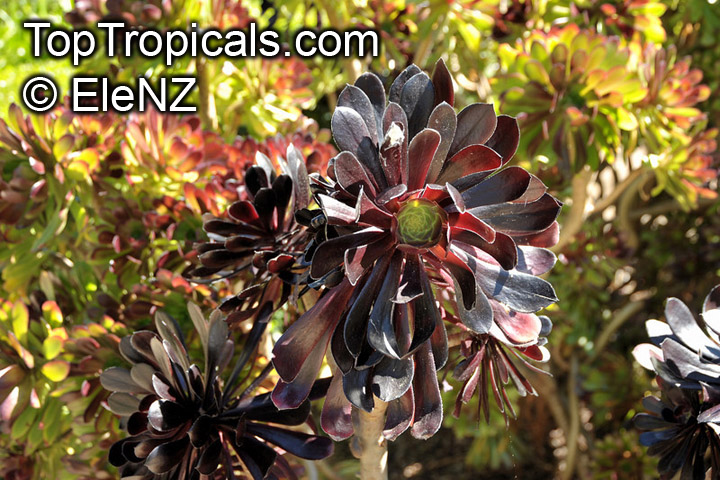Plant search results - Iris | Top Tropicals Plant Encyclopedia
| Number of plants found: 13 | Next | 
|
Go to page: | 1 | 2 |
Dietes bicolor, Moraea bicolor
Evergreen Iris, Spanish Iris, African IrisFamily: Iridaceae
Origin: South Africa









White African Iris is the perfect low-maintenance beauty for your landscape. This plant is a showstopper with its delicate, pale yellow flowers accented by bold maroon markings. These stunning blooms appear in cycles throughout the warm months, giving your garden a fresh, elegant look time and time again. And the best part? It thrives on neglect! Tough, drought-tolerant, and super easy to grow, Dietes bicolor is the ultimate low-maintenance landscaping choice. It forms graceful, clumping, sword-like foliage that looks lush year-round, adding texture and movement to your garden. Perfect for borders, walkways, or mass plantings, this fantastic perennial handles heat, sun, and even partial shade like a champ. Drought-tolerant; suitable for xeriscaping.
Recommended Fertilizer: SUNSHINE Megaflor - Bloom Nutrition Booster
Dietes iridioides Amatola
African Iris, Fortnight Lily, Morea IrisFamily: Iridaceae
Origin: Kenya, South Africa






A single plant of Dietes iridioides Amatola can reach a size of 2ft in both height and width. The plant will flower with white and off-white flowers throughout its growing season. This African Iris is useful as a groundcover in USDA Zones 9-11, making them well suited for planting in gardens in warm temperate regions. Once established, the plants are extremely drought tolerant and able to cope without regular watering.
For those living in cooler climates, Dietes iridioides Amatola can be grown in containers, though the plants will require extra protection from the cold in winter. During winter the small pots should be moved indoors or placed in a sheltered spot under the eaves. The soil in the containers should be kept moist in summer and dried out slightly in winter months to reduce the risk of root rot.
Dietes iridiloides Amatola is an easy to care for plant and is ideal for adding texture and interest to your garden. It will perform best when grown in full sun to partial shade and with regular watering during the summer months. With careful attention, the fortnight lily will produce stunning white and off white flowers throughout its growing season and provide you with a lovely ground cover.
Dietes sp.
Wild Iris, Fairy Iris, African IrisFamily: Iridaceae
Origin: South Africa
USDA Zone: 8-11?








These are evergreen perennials with spreading fans of stiff, leathery sword shaped leaves. The upright clumps of leaves are held in a vertical fanlike plane and they spread on creeping rhizomes. The flowering stalks are branched and stiffly wiry, bearing irislike flowers throughout spring and summer. Grow fortnight lilies in light, dappled shade to nearly full sun.
Species and varieties:
Dietes grandiflora
Recommended Fertilizer: SUNSHINE Megaflor - Bloom Nutrition Booster
Iris (Bearded Hybrids)
Bearded IrisFamily: Iridaceae
USDA Zone: 3-10?














Iris is a genus of hybrid plants native to the northern temperate regions, named after the Greek goddess Iris who supposedly walked between heaven and earth on a rainbow and wherever she stepped on earth there were flowers of various colors. In most countries, irises can be found in many different styles of gardens. Bearded hybrids can be grown in any average to rich, sandy loam, but must have full sun, excellent drainage and good air circulation to thrive and avoid rhizome rot and leaf spot disease. They can also be prone to iris borers, where diseased foliage should be cut and infected rhizomes dug up and destroyed. During the summer time, it is advised to divide and transplant rhizomes once flowering is complete, as late planting may prevent bloom the ensuing spring.
These small perennials grow in a variety of shades and combinations, with most of them reaching two to five feet in height and spread. Commonly seen colors are blue, purple, white and off-white, but reddish-purple, pink and yellow varieties can also be found. Not all plants have same fragrant aroma, but those that do can attract butterflies, hummingbirds and sometimes other pollinators.
When it comes to care and maintenance, Iris needs regular watering, although the amount should be reduced during cooler months. It prefers full sun and rich, well-drained soil, but overwatering should be avoided as it can lead to leaf spot disease and rhizome rot. To keep the plants healthy, divide and transplant the rhizomes in midsummer, once flowering is over. For colder climates, iris can be grown in pots and kept indoors over the winter. If a frost is forecast, it should be planted in soil that drains quickly. A fertilizer can be added in early spring, while pruning should be done with sharp scissors. It is suitable for bonsai, especially with older specimens that already have a developed caudex. Likewise, it can be kept in a sunny room during winter to protect it from the cold.
Iris (Bearded Hybrids, yellow flower)
Bearded IrisFamily: Iridaceae
USDA Zone: 3-10?











Many of hybrid origin, species native to northern temperate regions; the name is for the Greek goddess Iris who supposedly walked between heaven and earth on a rainbow, and wherever she stepped on earth there arose flowers with as many colors as the rainbow (refering to the many colors available in this genus); irises can be found in most styles of gardens in most countries.
The bearded hybrids can be grown in almost any average to rich, sandy loam but must have full sun, excellent drainage, and good air circulation to perform best and prevent rhizome rot and leaf spot diseases. The bearded hybrids are also prone to iris borers. Cut down any diseased foliage and dig up and destroy infested rhizomes. If needed, divide and transplant rhizomes in summer after flowering is complete. Do not wait too late in the year to plant iris as they may not become established enough to bloom the next spring.
Iris tectorum Variegata
Variegated Chinese Roof IrisFamily: Iridaceae
USDA Zone: 4-9?









This dwarf Iris is highly variegated and incredibly striking. It produces light lavender flowers in spring. The show starts with rich purple flowers, then about mid summer, the leaves become shiny and heavily cream variegated. Likes most soils, not too dry and grows in water.
This species is similar to Iris japonica variegata, which has well ruffled mostly white flowers, striking variegated leaves, likes moist soil in part shade and spreads vigorously as opposed to Iris tectorum variegata that has a better behaved growth habit.
Neomarica caerulea
Walking Iris, Twelve apostles, Apostle Plant, Iris ReginaFamily: Iridaceae
Origin: Brazil
USDA Zone: 8-11?










This species was discovered in Brazil near the ocean in shady sandy soil, so it is salt tolerant. Plants will grow in full sun but foliage color is best in light shade; water regularly. The best specimens seem to be in moist, well drained soil in locations with morning sun and some shade in the afternoon. Their fertilizer requirements are modest. Clumps may be divided but propagation from fresh seed is easy and fairly fast. Plants mature to flowering size from seed in less than a year. Cold hardy only to about 30F.
Variety Regina was introduced by Sid Gardino, and named after his wife, Regina.
This beauty thrives in shady spots and sandy soil, making it perfect for gardens near the coast, thanks to its salt tolerance.
With its elegant blue-violet blooms and sword-like leaves, Iris Regina adds a splash of tropical charm to your garden, all while asking for very little in return. It's the kind of plant that makes your garden look fabulous without breaking a sweat!
The plant is salt tolerant. Plants mature to flowering size from seed in less than a year. Cold hardy only to about 30F.
Recommended Fertilizer: SUNSHINE Megaflor - Bloom Nutrition Booster
Neomarica gracilis
Walking IrisFamily: Iridaceae
Origin: Central America, Mexico










It has short lived ivory flowers with reddish-brown transverse bars on the claw. The delicate flowers last only a day but the plant continues to form new blooms for long periods of time during late spring months. Makes also an excellent houseplant. This is not a water Iris, be careful not to overwater. Neomarica gracilis is a type of walking Iris. Once the flower is spent, the stem that it was born on lays to the ground and from that a new plant is formed. For that reason it is said to be walking across your garden. You can divide plants and plant them in new locations.
Neomarica gracilis grows best in moist, well-draining soil in areas with light to full shade but will also tolerate some sun as long as they receive adequate moisture.
Neomarica longifolia, Trimezia martinicensis
Yellow Walking Iris, Apostle Plant, Martinique trimeziaFamily: Iridaceae
Origin: South Mexico to South America
USDA Zone: 8-11?












Rhizomatous perennial with showy flowers. This plant can be used indoors as a lucky bamboo or lucky mangrove. It is a unique plant since it tolerates both drought and flooding, so it can be grown in a container with water, terrarium, aquarium or just a small dish. It tolerates full shade as well, thus can be kept in low light conditions as a house plant. It can grow in neglect in a glass of water for years! If planted oudoors, the plant blooms all year, but is at it's best in Spring thru Autumn. It stays green all year and grows up to 2-3 feet. Should be planted in grassy clumps in zone 9 or above. Flowers are yellow with mottled brown spots. Each flower lasts only one day, but another flower will takes it's place the following day. Plant in part shade, especially in hot Summer days. After flowering this plant makes many off-set plant "pups" with air roots to be replanted, or allow them to replant themselves. Can be easily propagated from a small off-set. Neomarica literally signifies the change of seasons. Typically a late- winter bloomer, some Neomaricas flower successively well into springtime. Once the flowering has finished, young plants grow up next to the spent bloom. The weight of the new growth carries the flowering stem to the ground. In a natural environment, the plants will root into the ground and start a new plant. In time, large clumps will spread in every direction, and the plant has literally "walked" its way into a new existence. However, as a potted specimen they will not form new plants, but will remain as beautiful contained specimens.
Aeonium arboreum, Sempervivum arboreum
Tree Aeonium, Houseleek Tree, Irish RoseFamily: Crassulaceae
Origin: Canary Islands






It bears rosettes of leaves and large pyramidal panicles of bright yellow flowers in the spring.
| Next |  |
Use link to repeat this search:
https://toptropicals.com/cgi-bin/garden_catalog/cat.cgi?find=Iris&search_op=and&keyword_op=and&language=e&number=10
&no_change_lang=1&user=tt&sale=1&first=0
